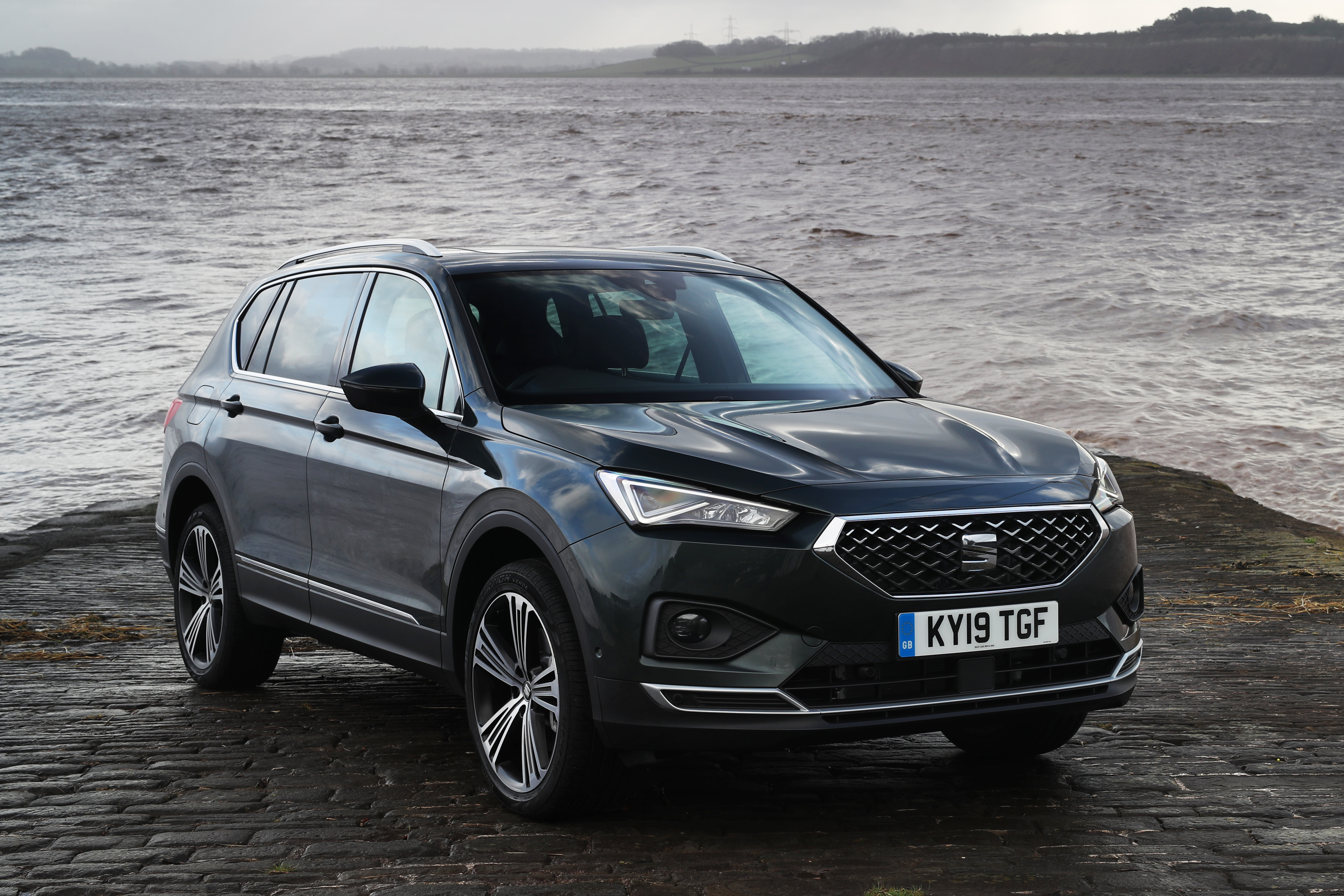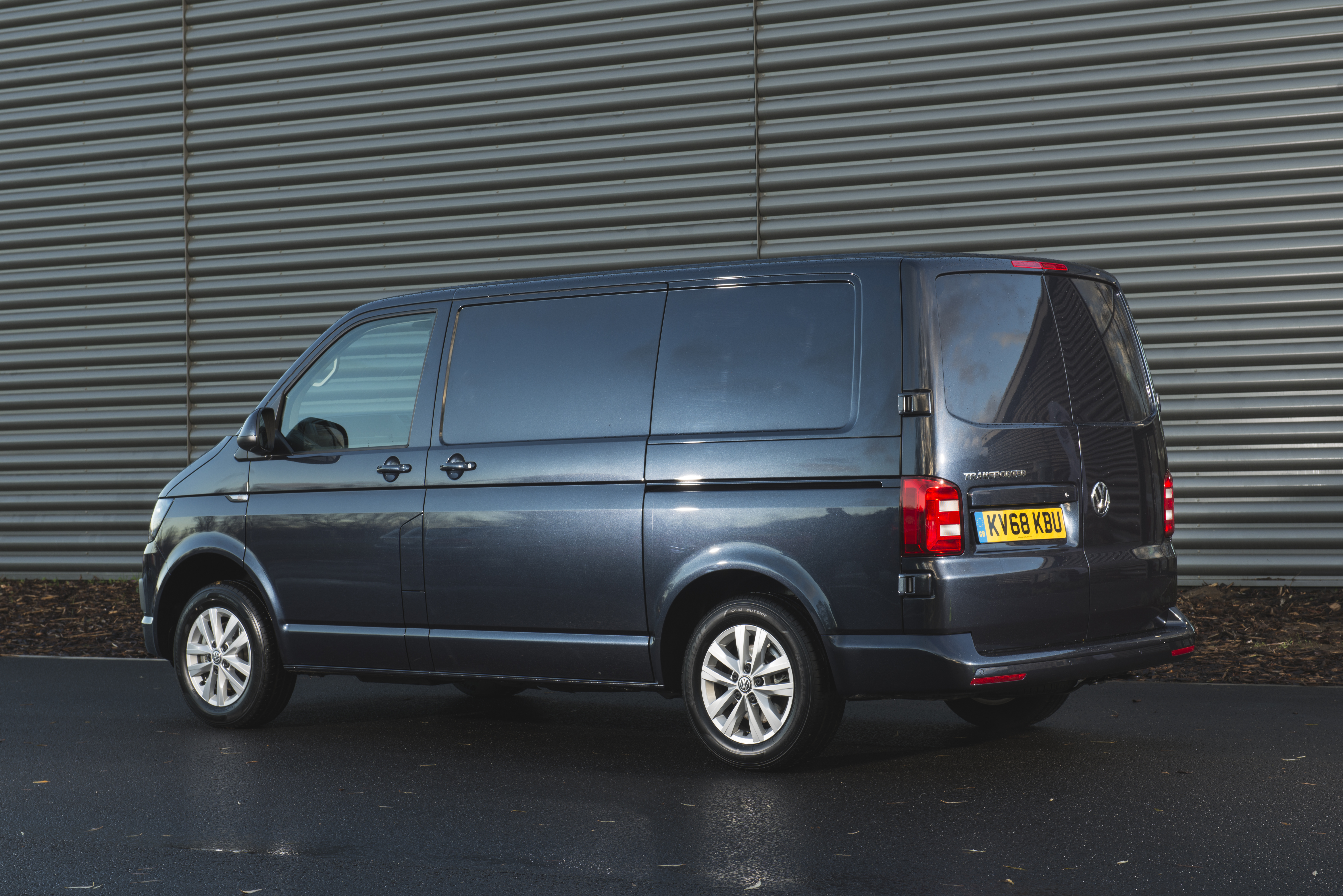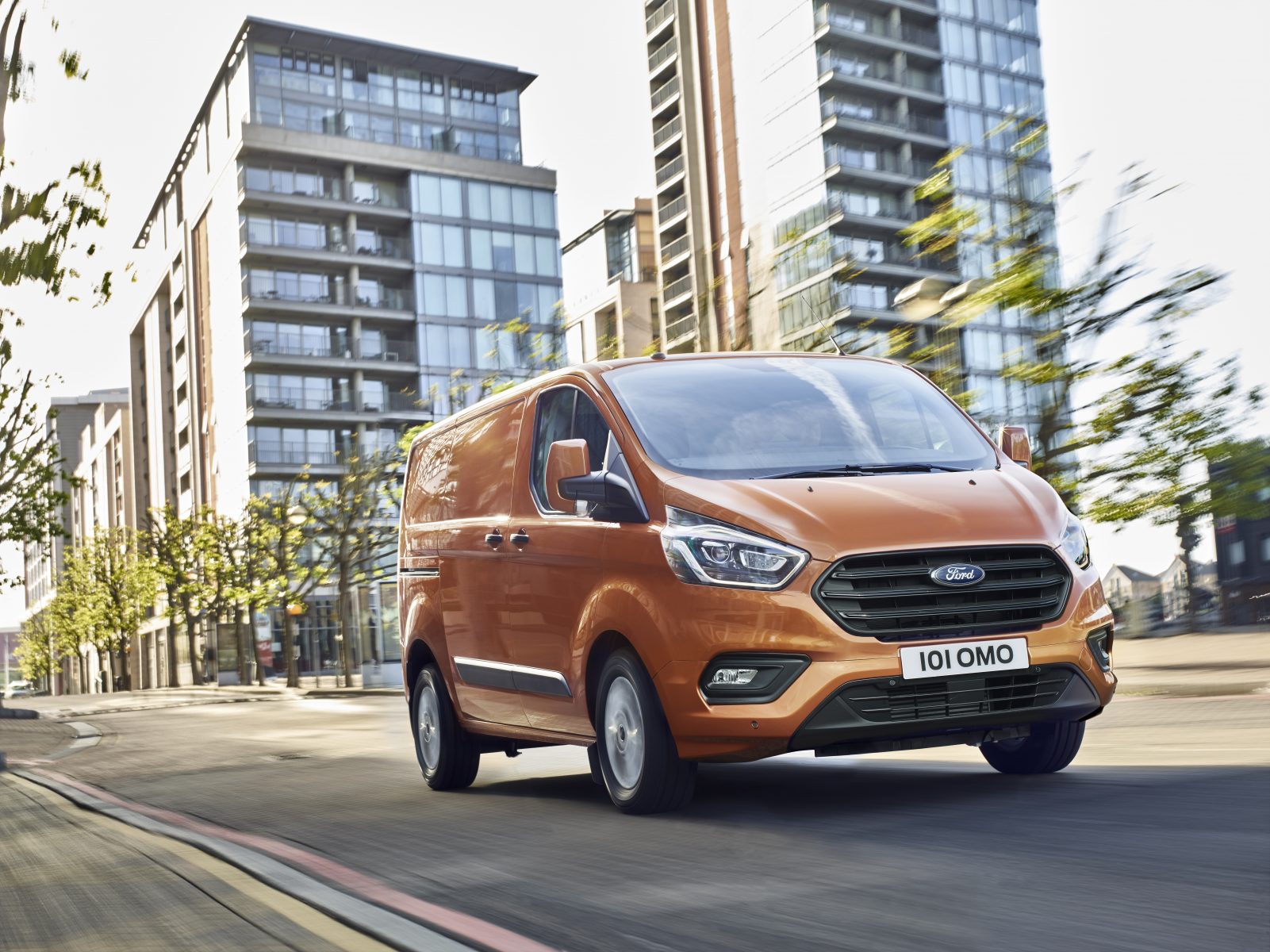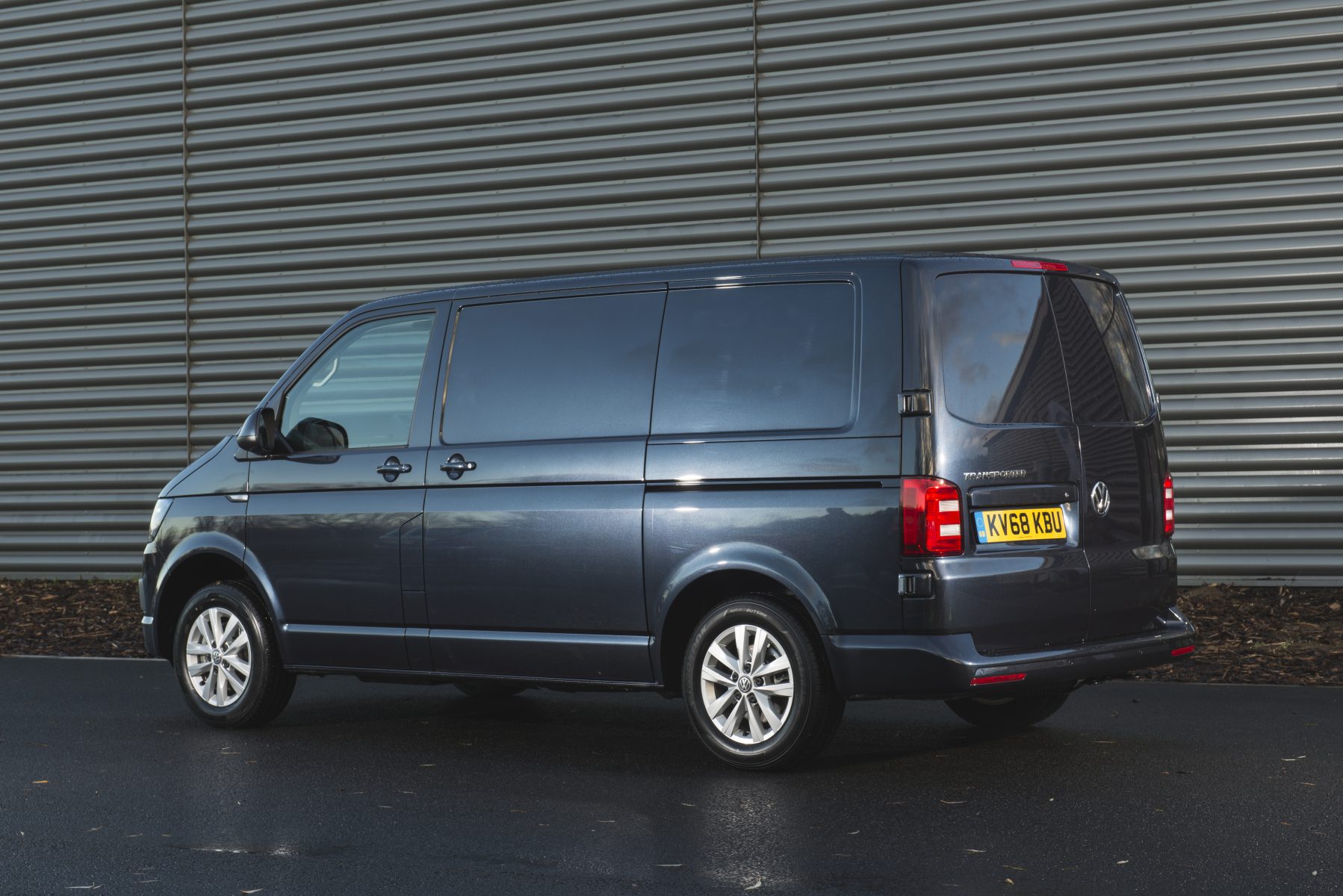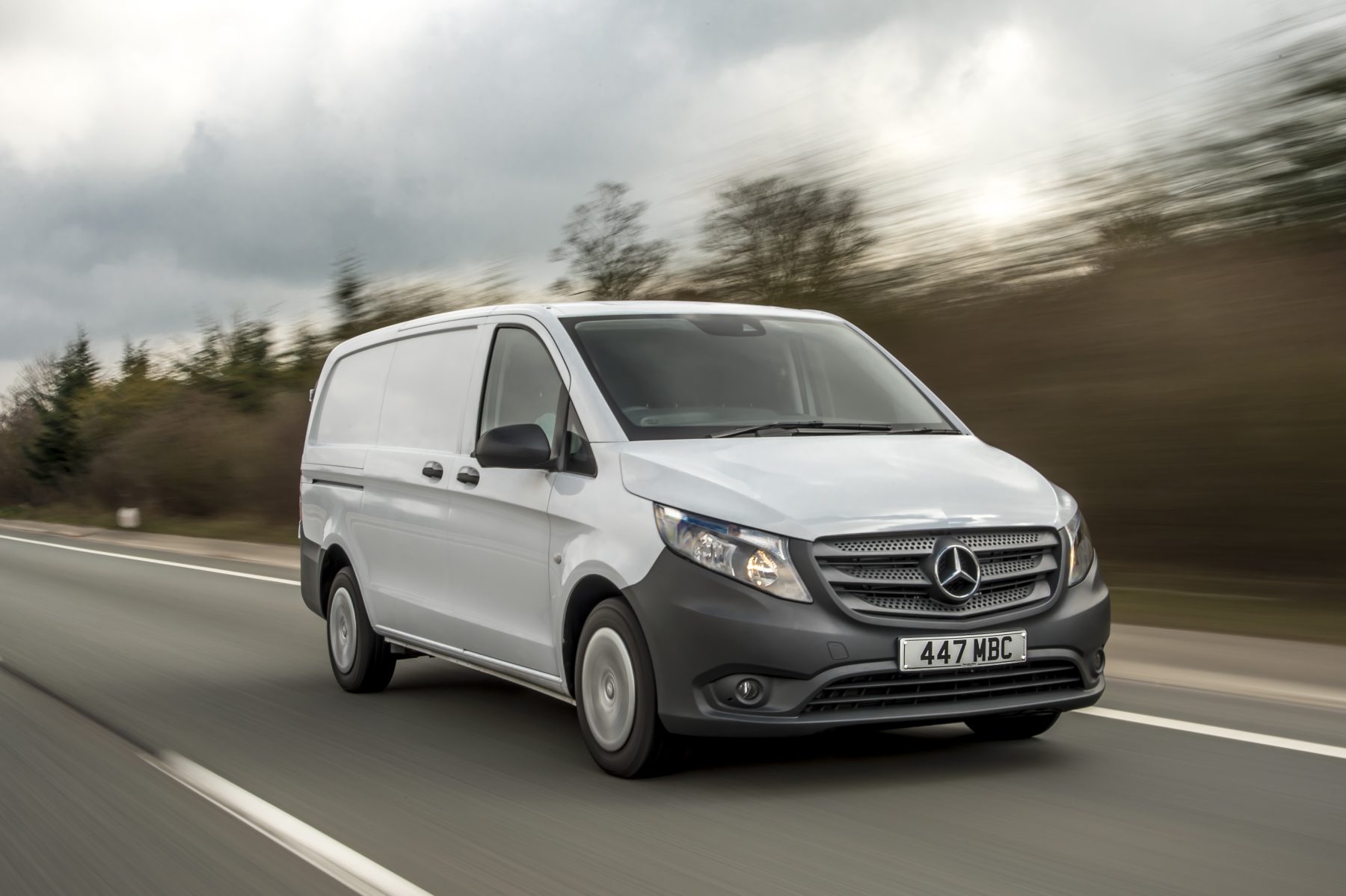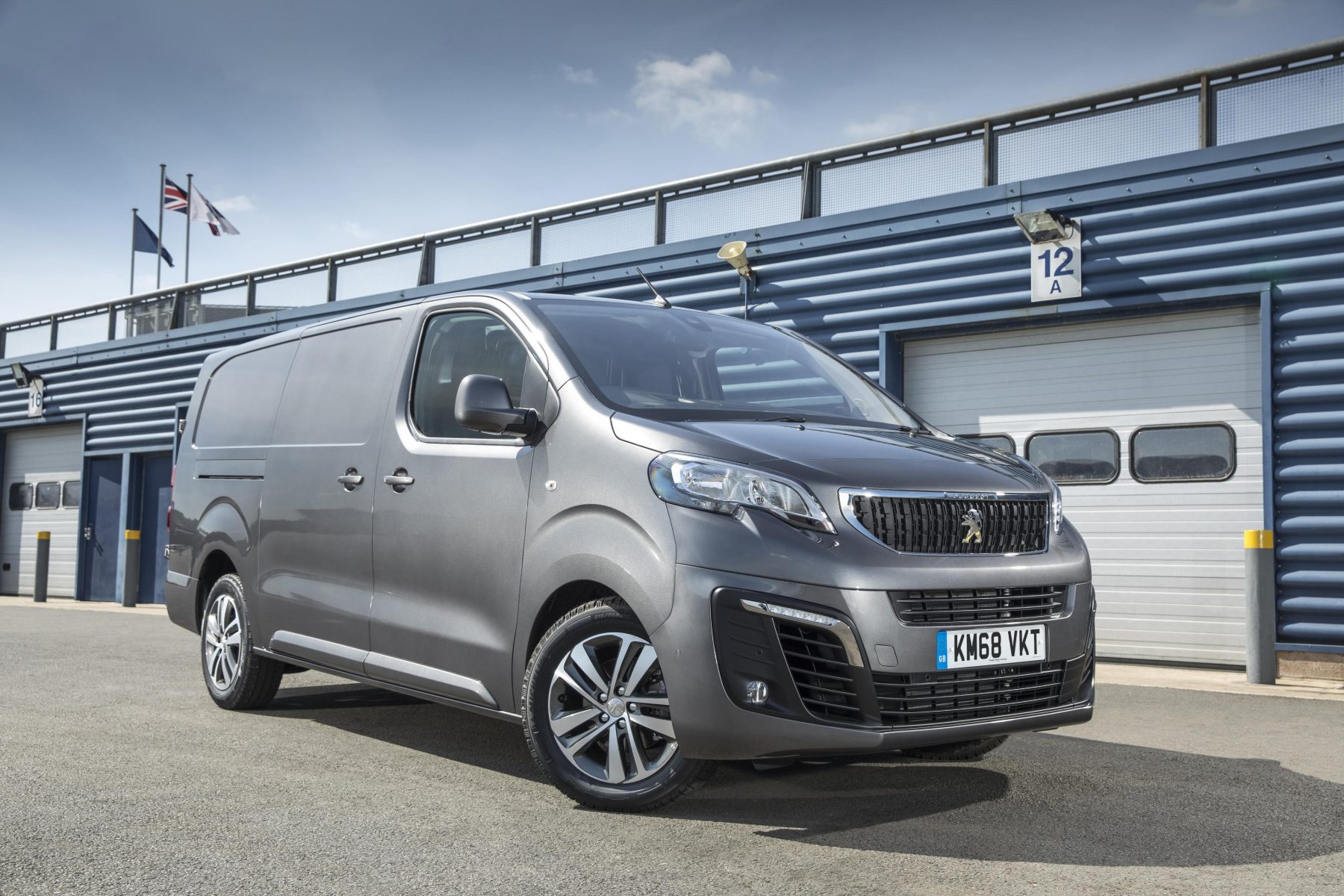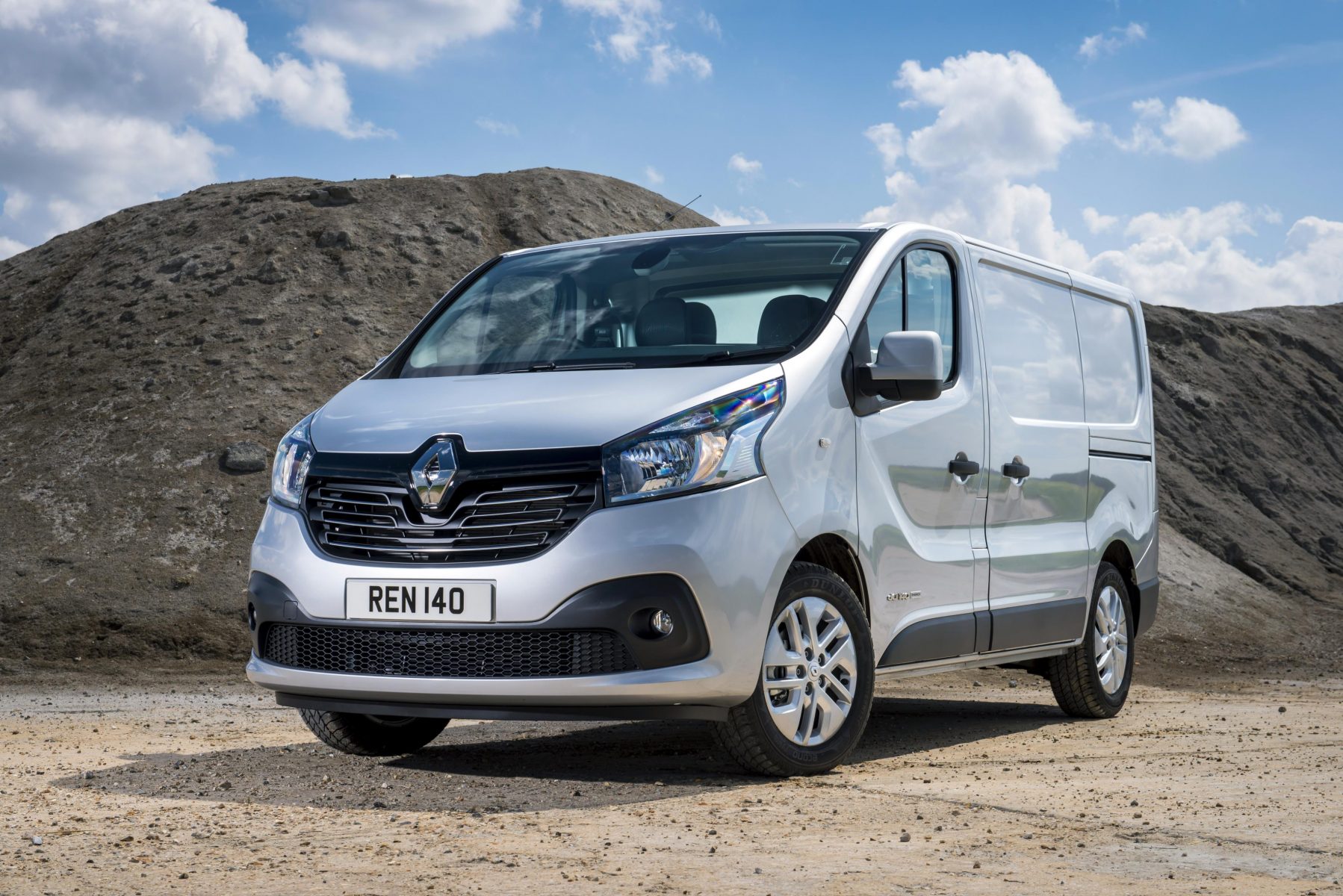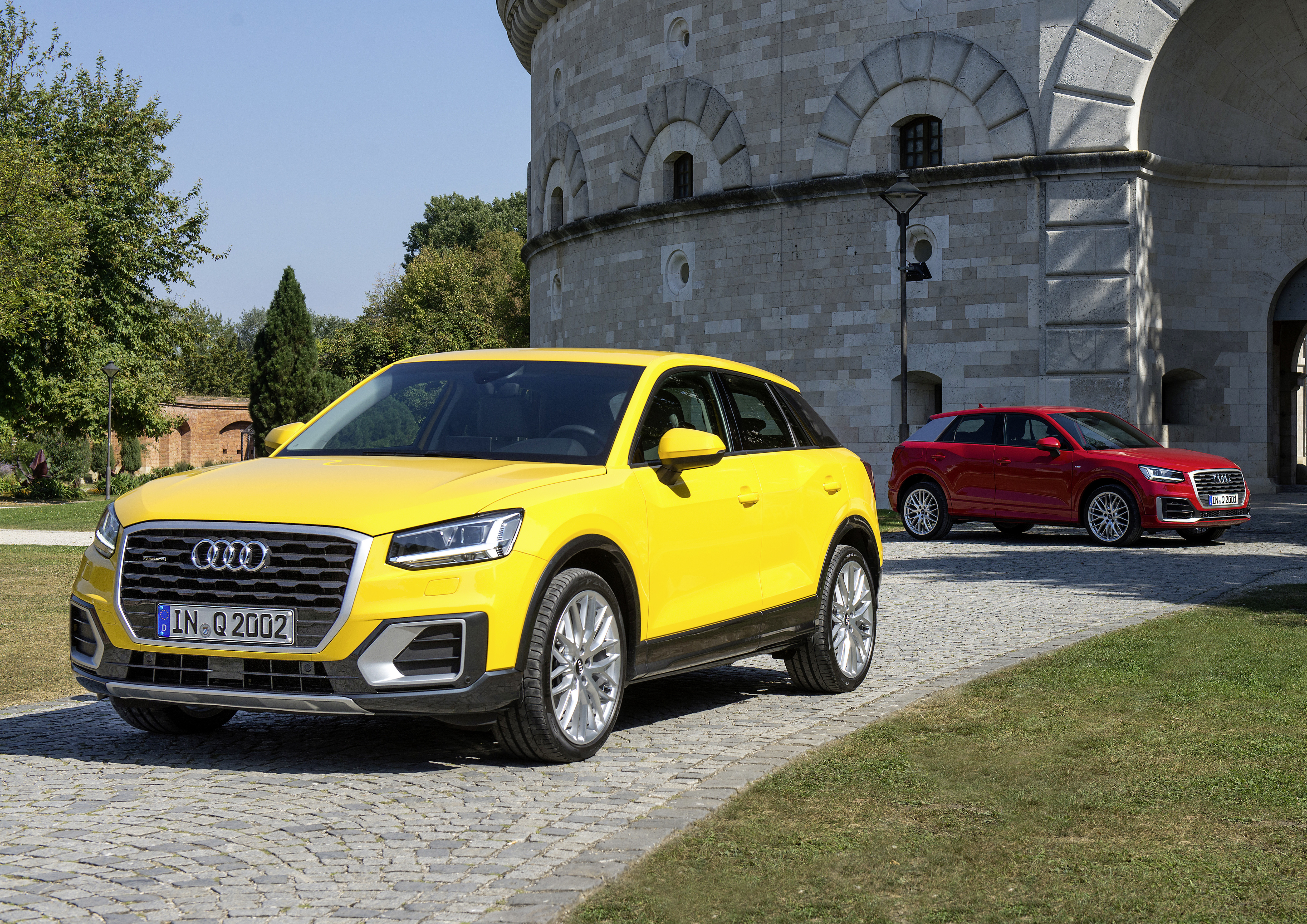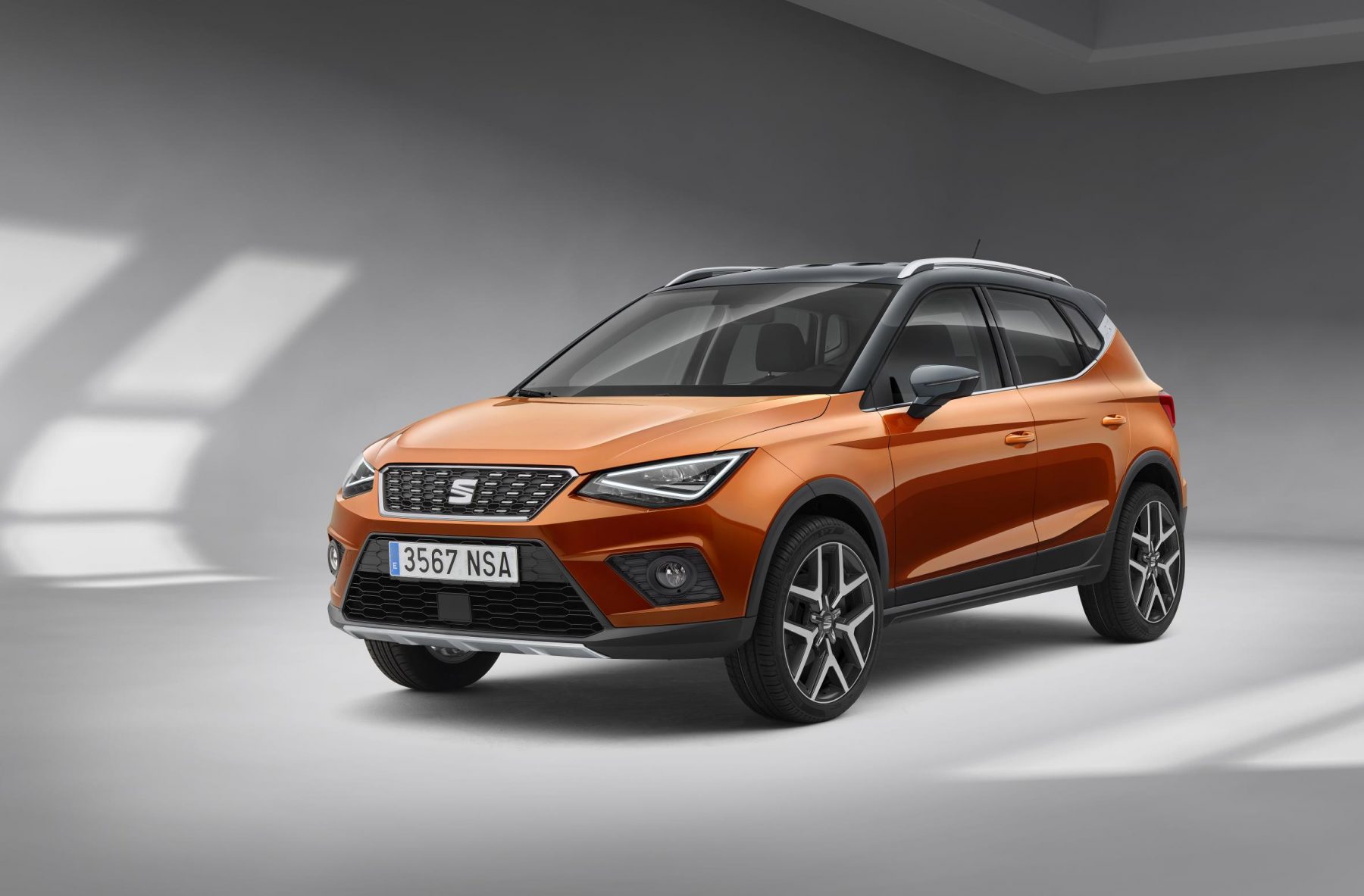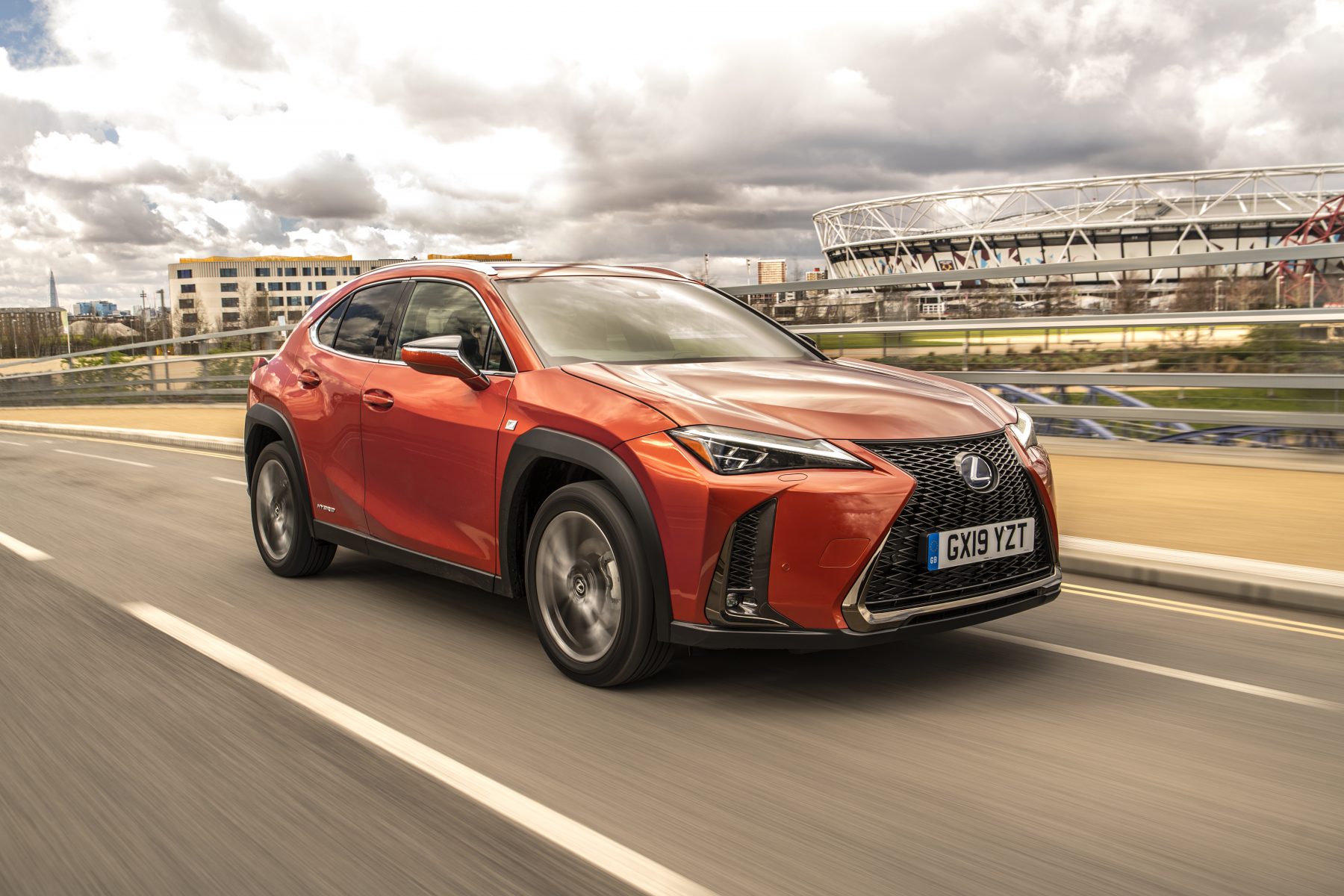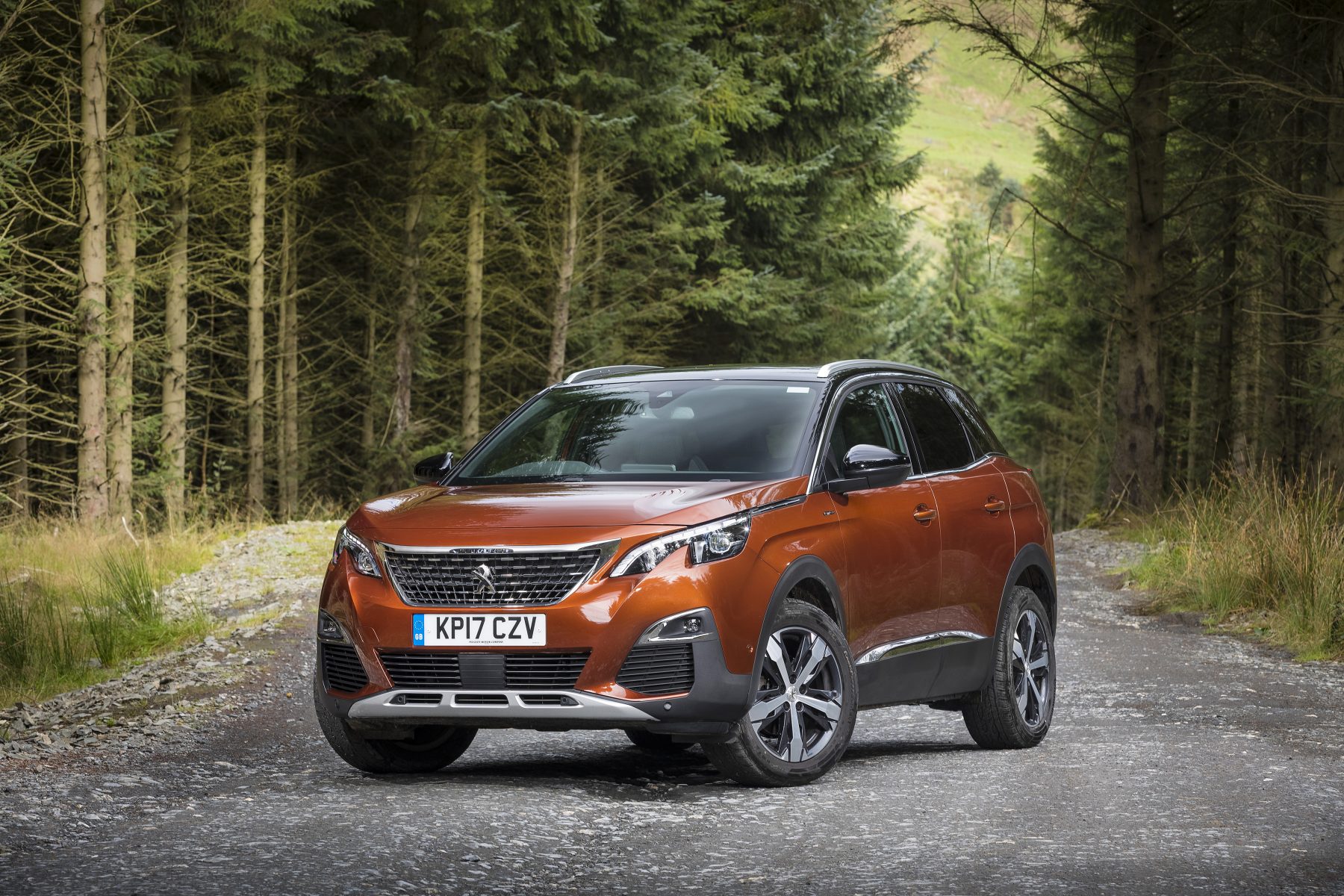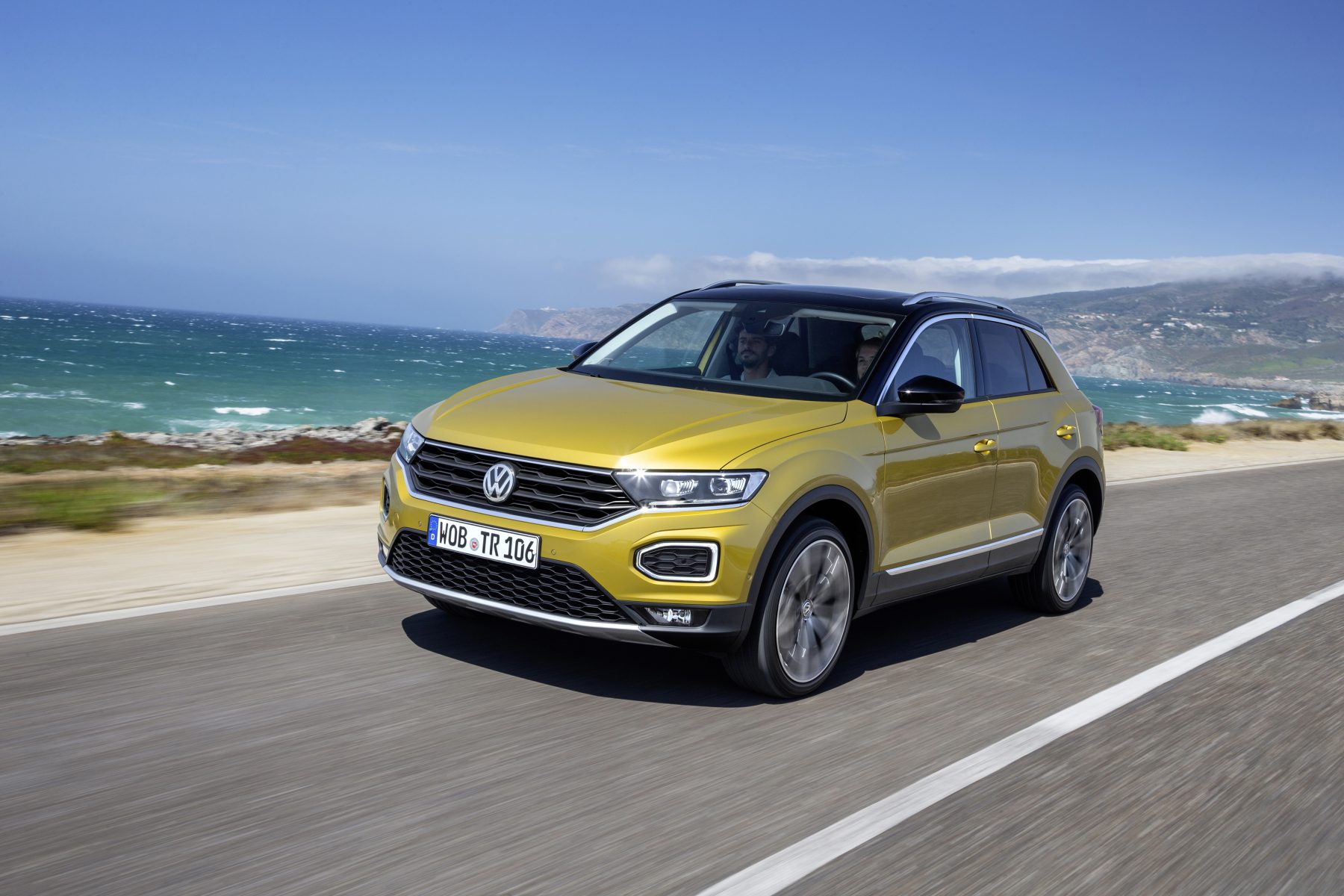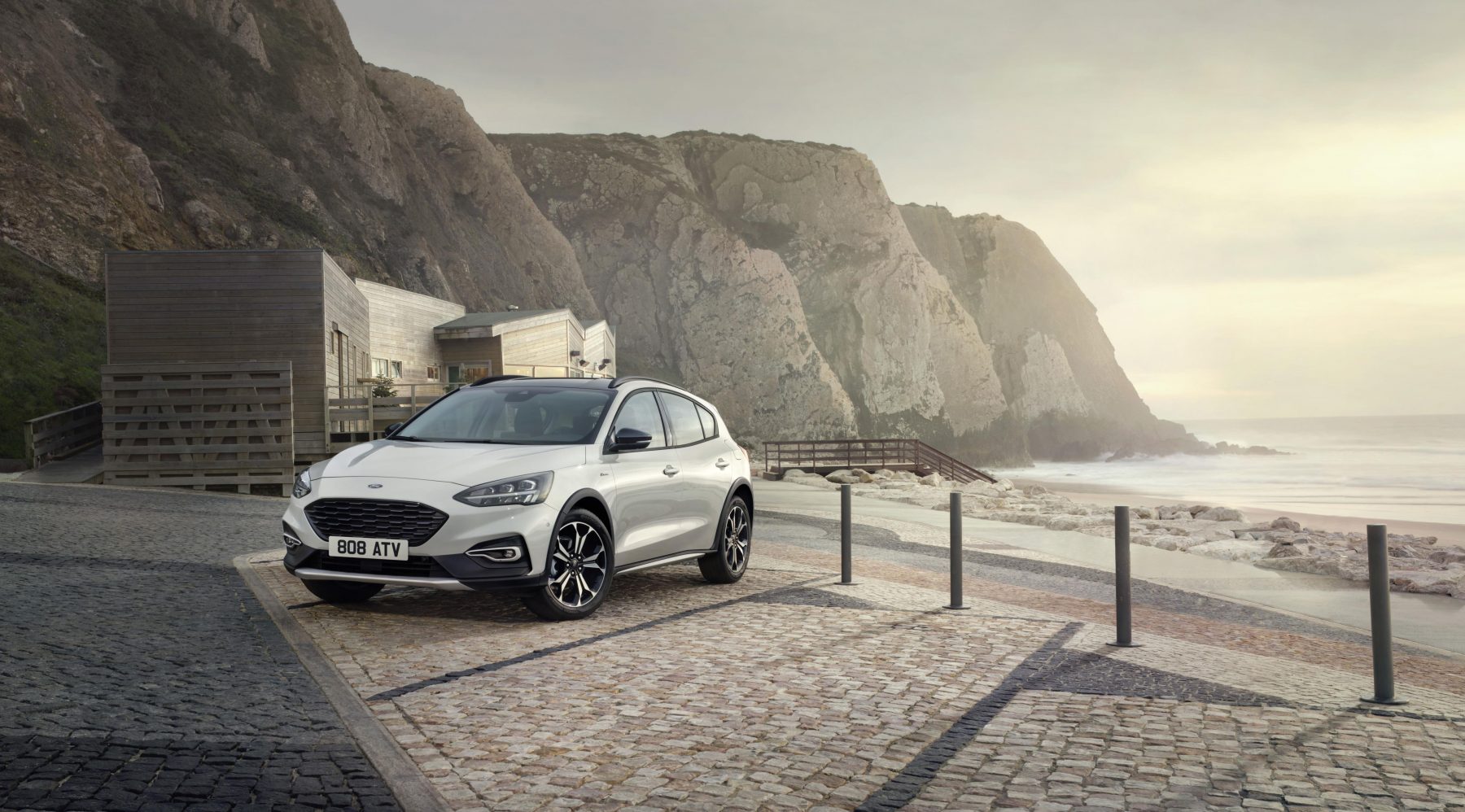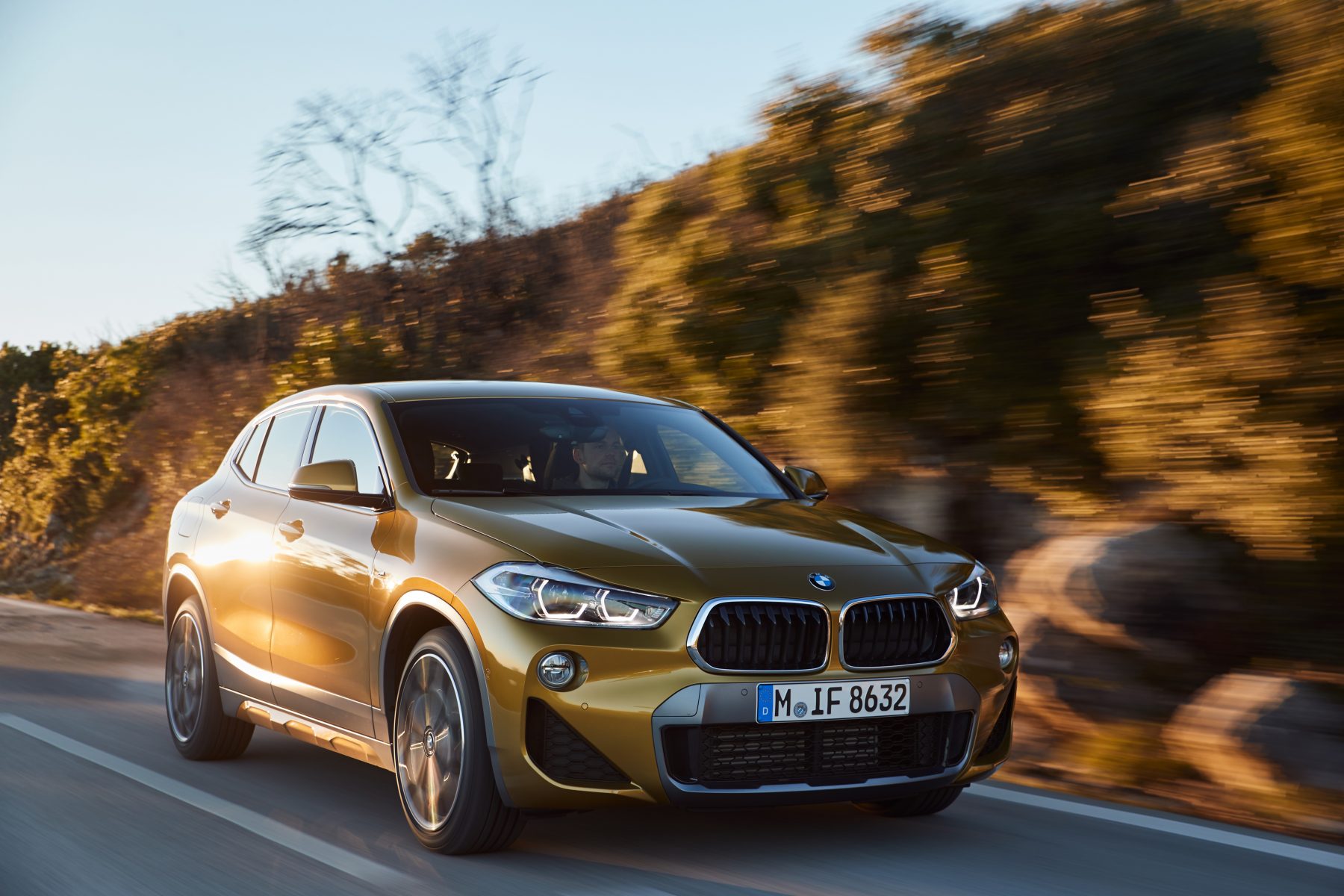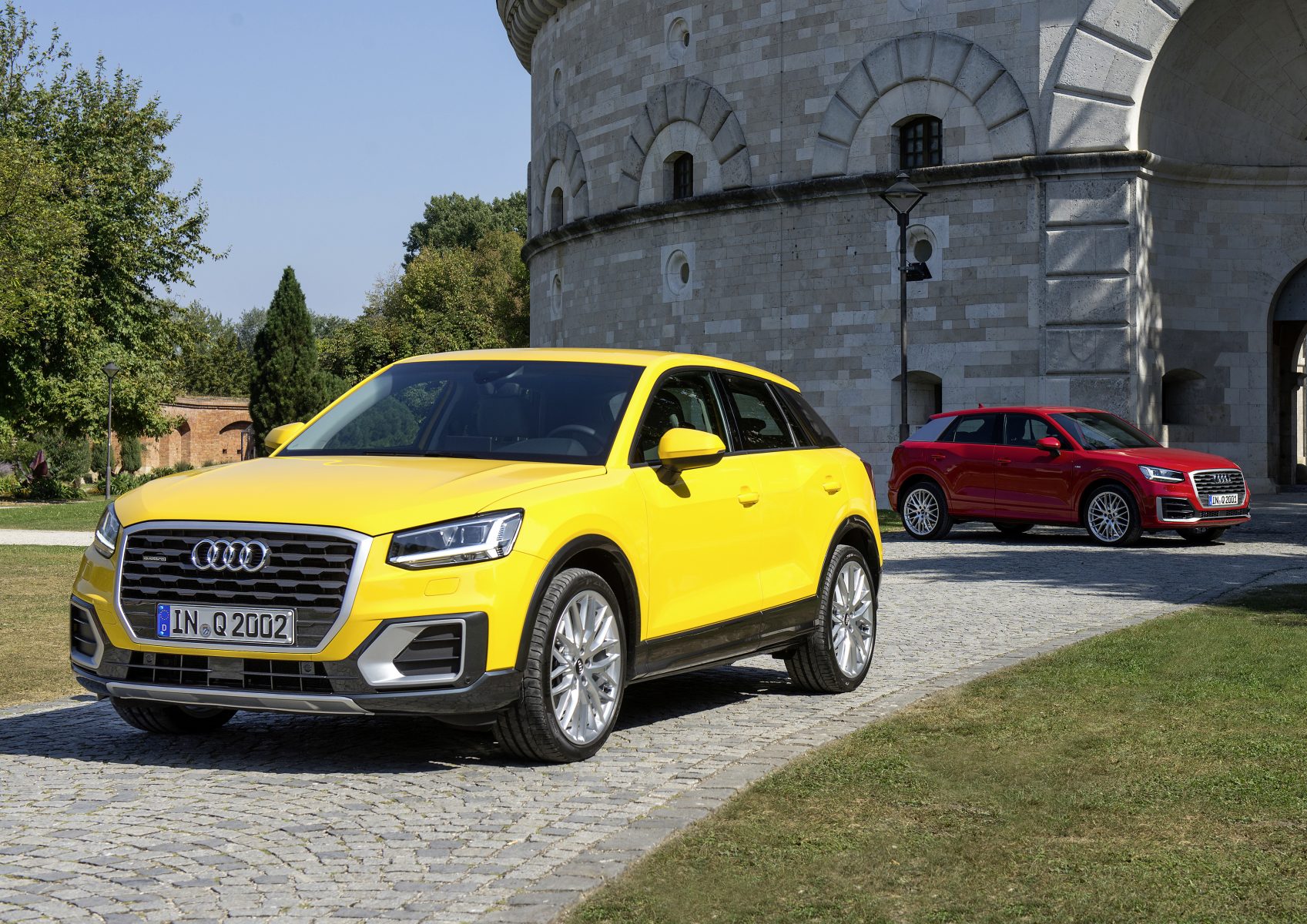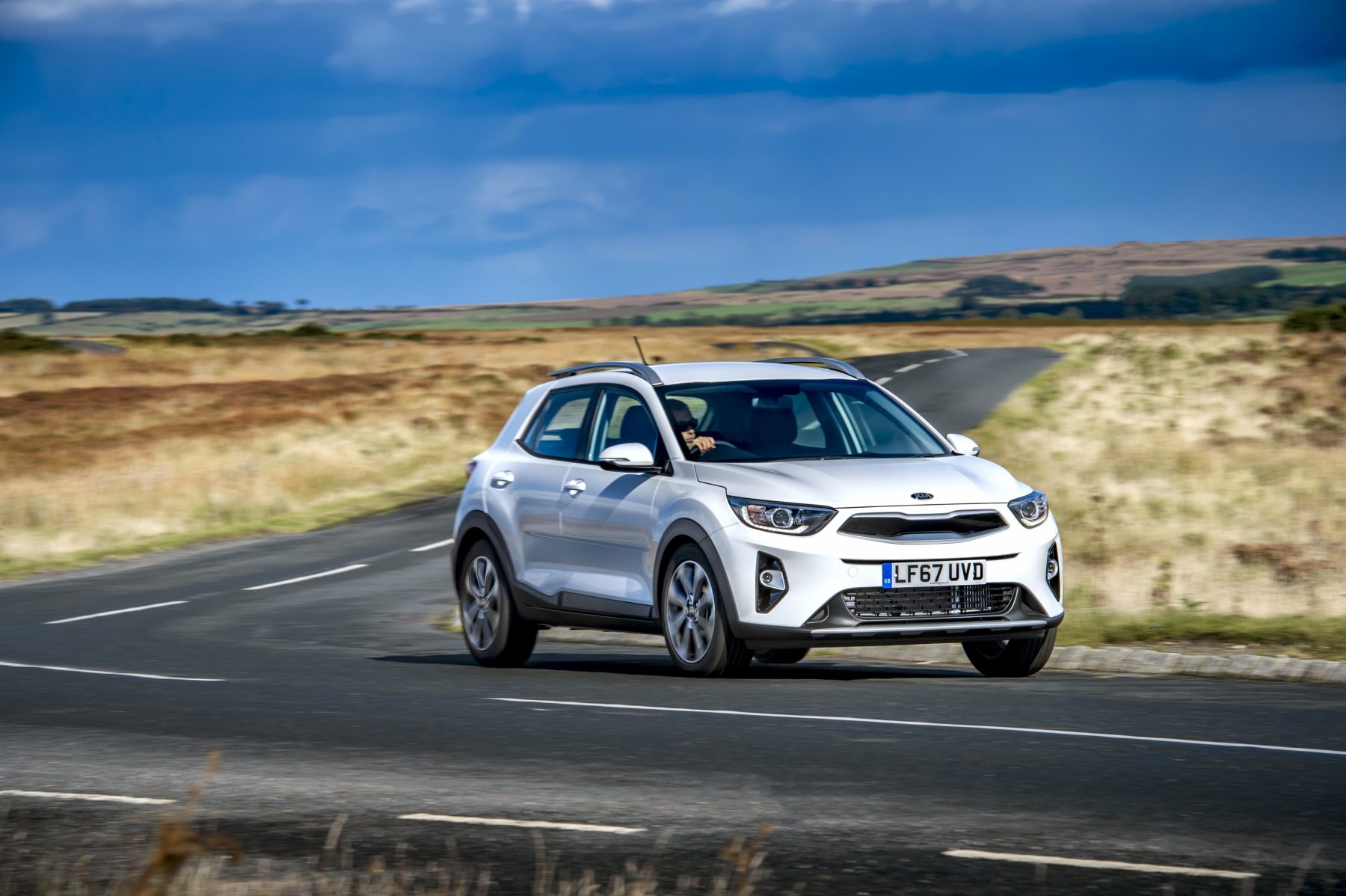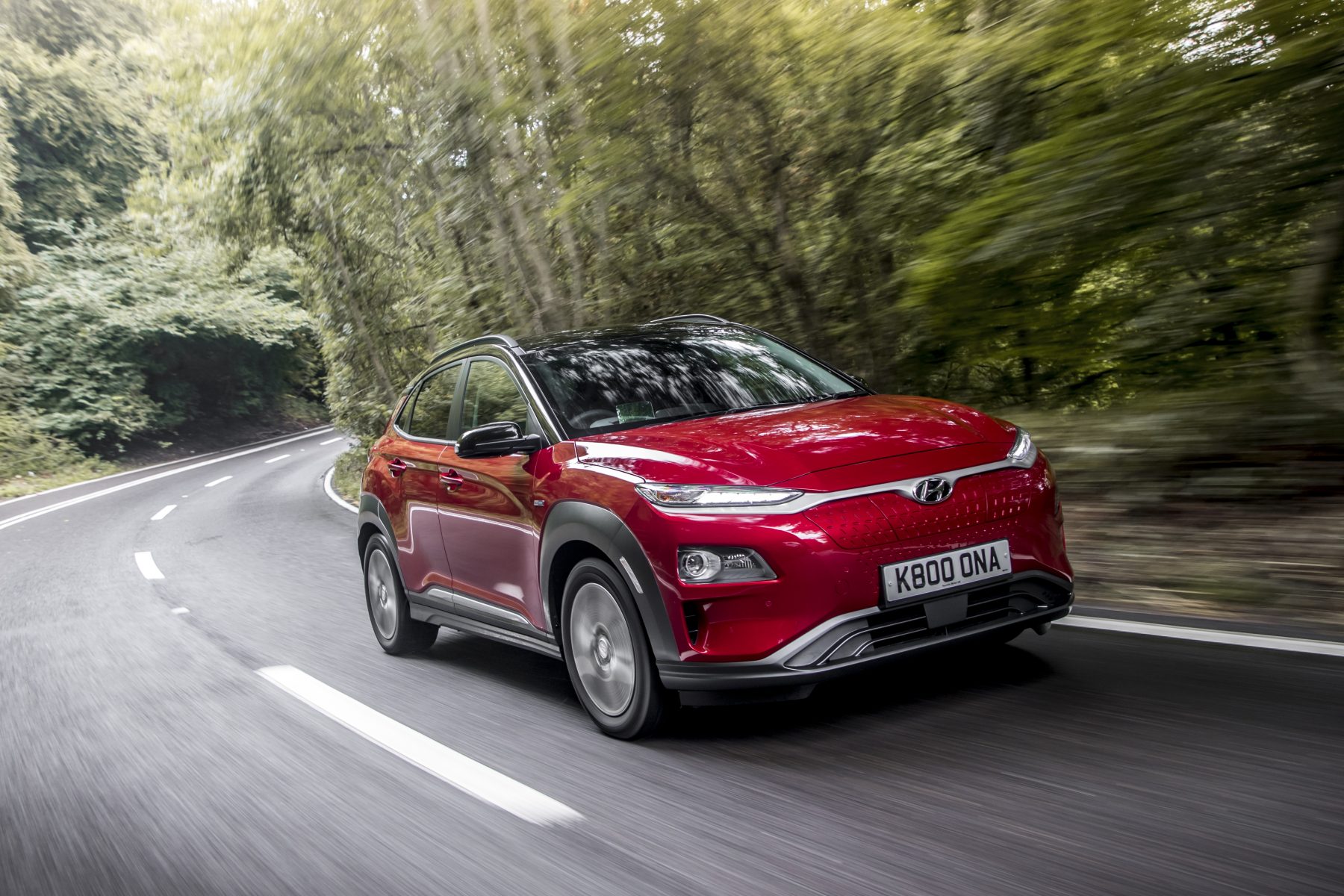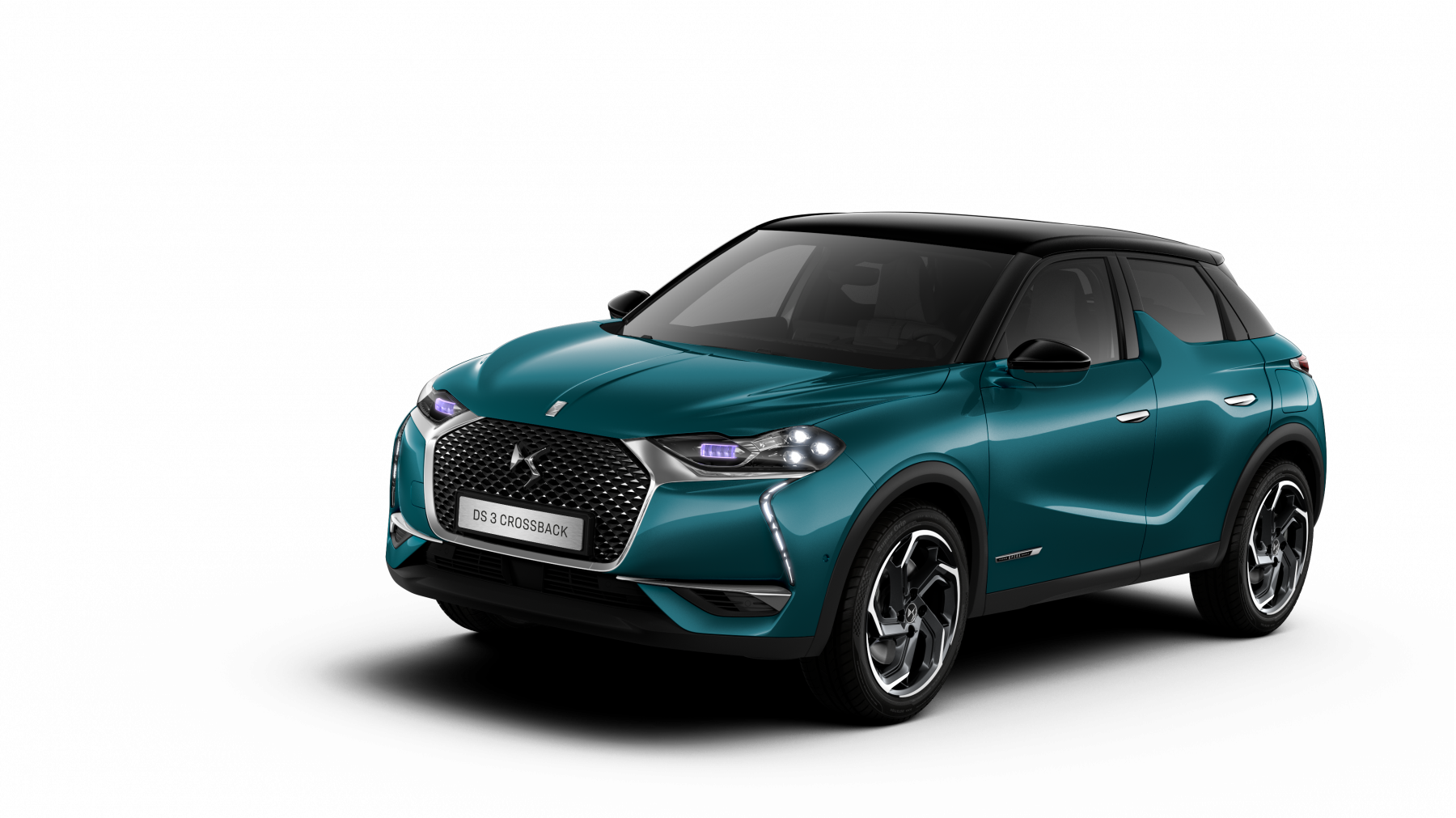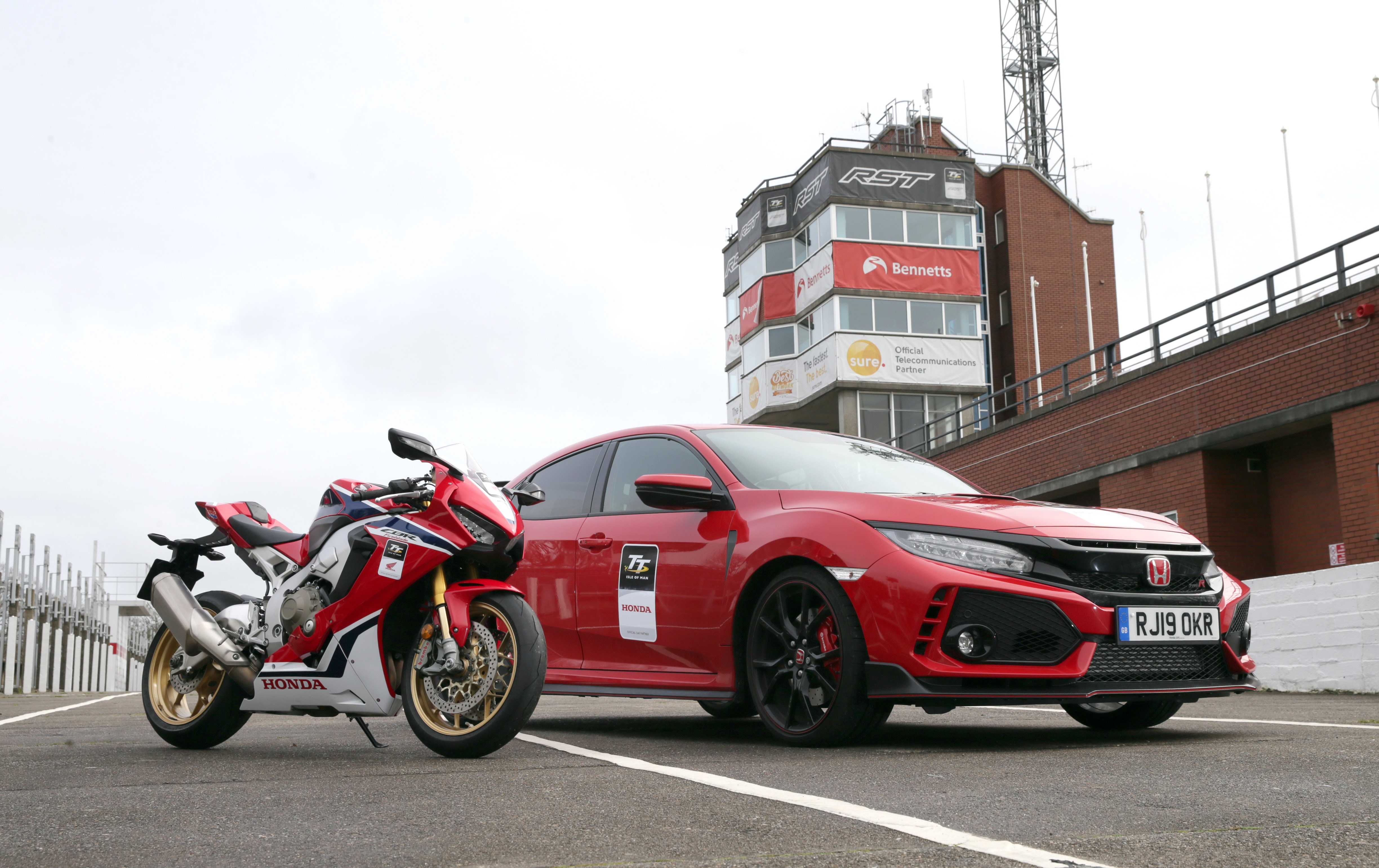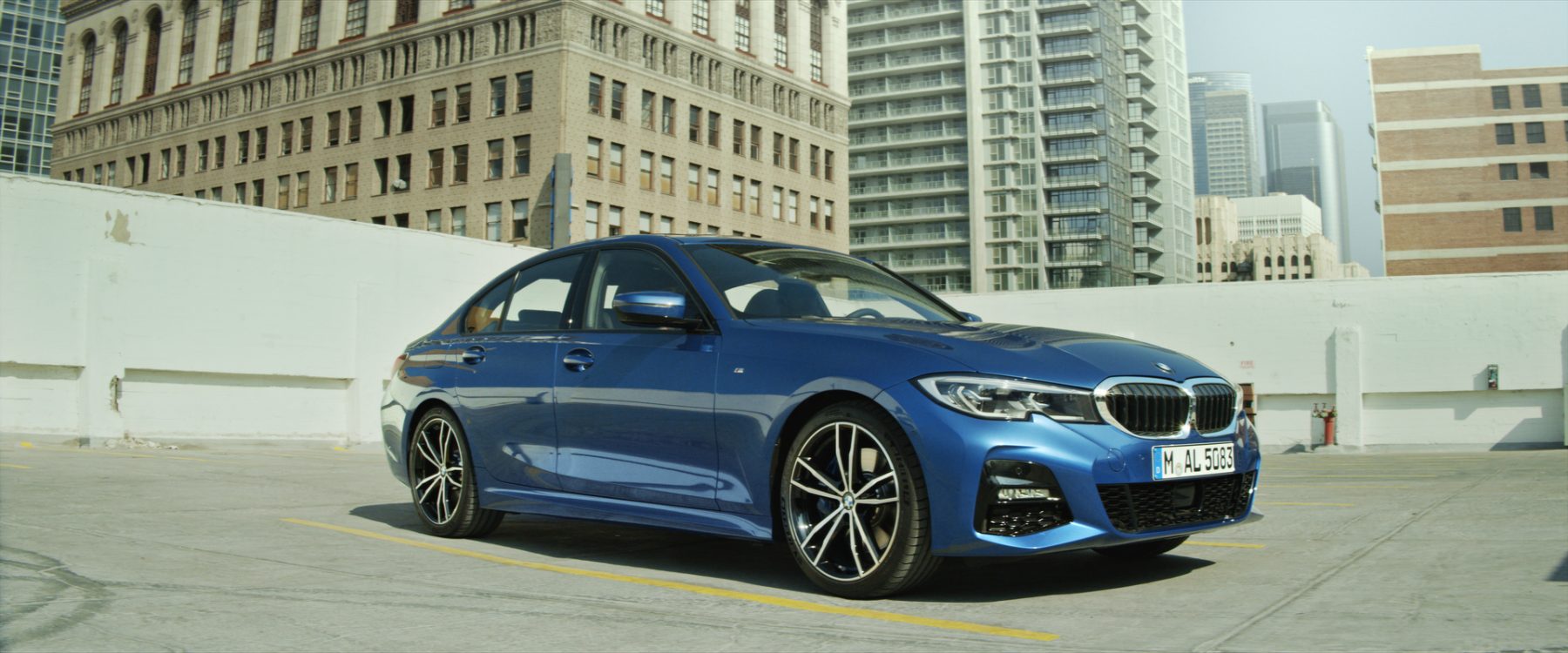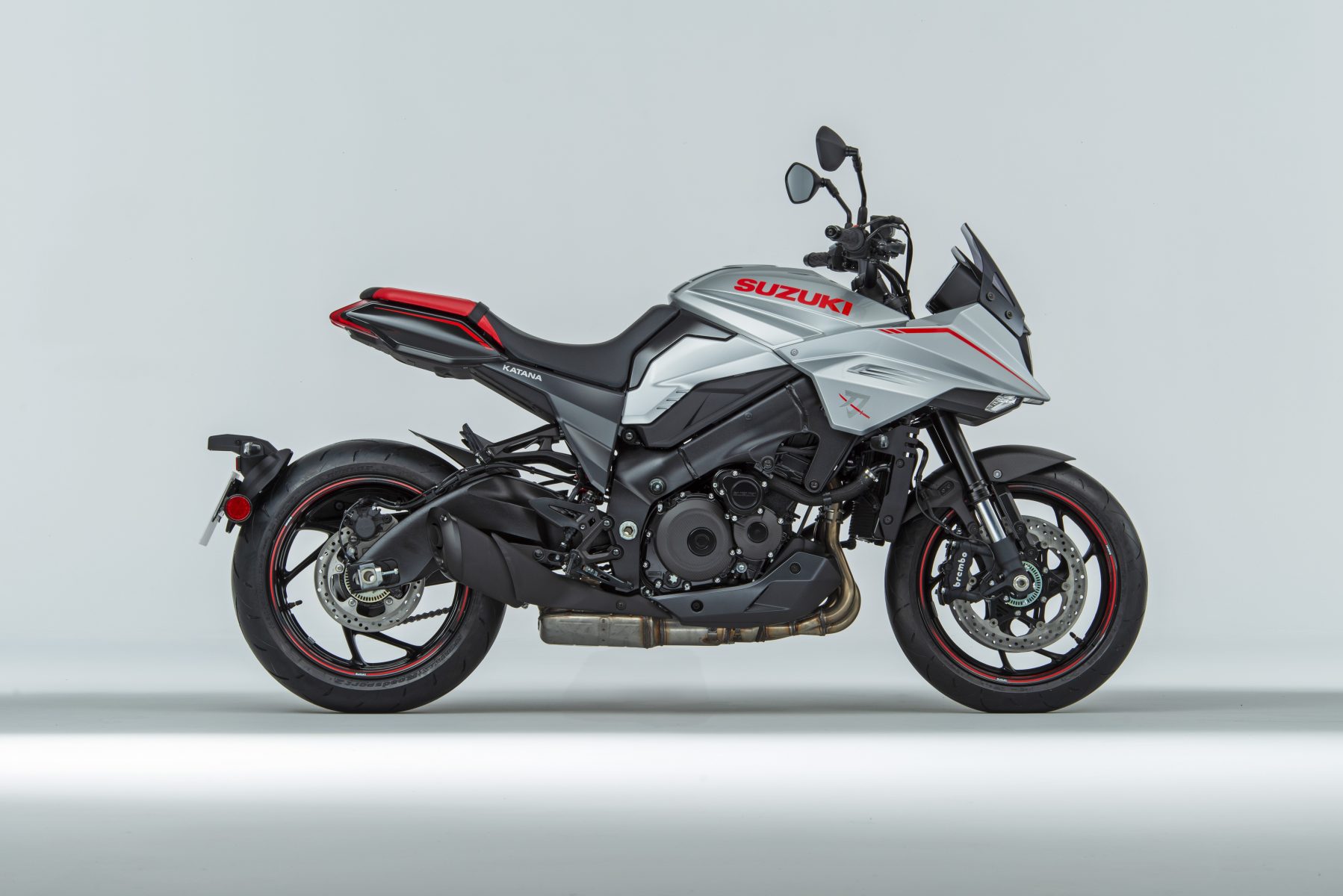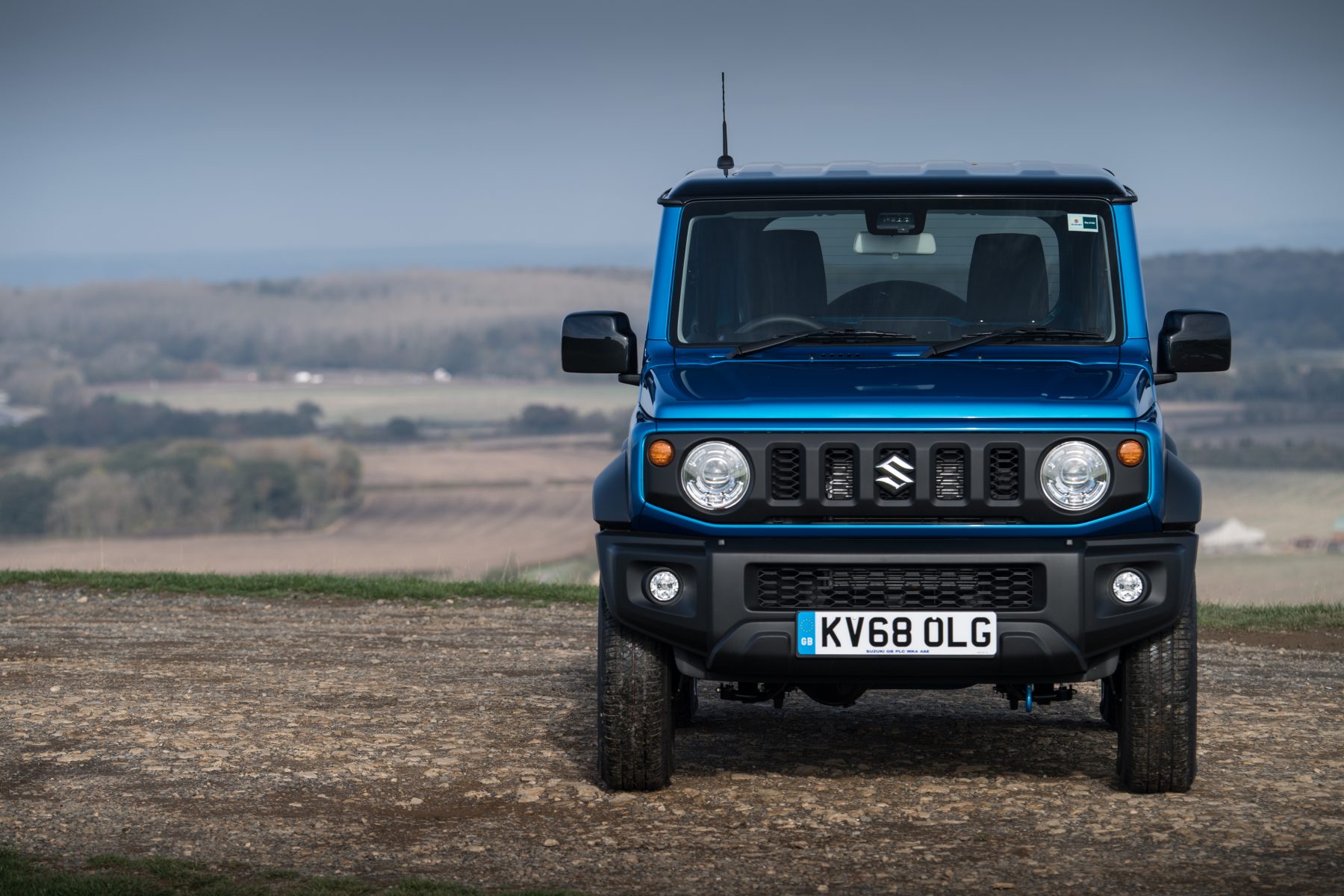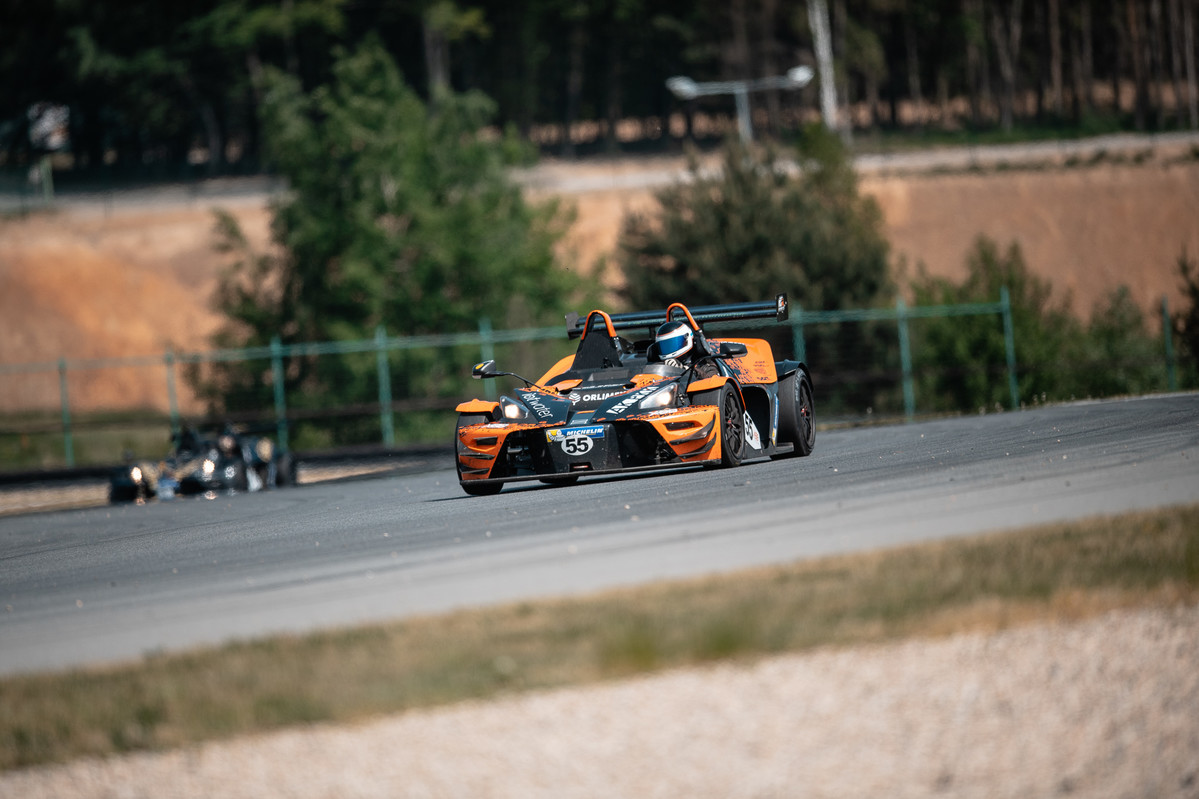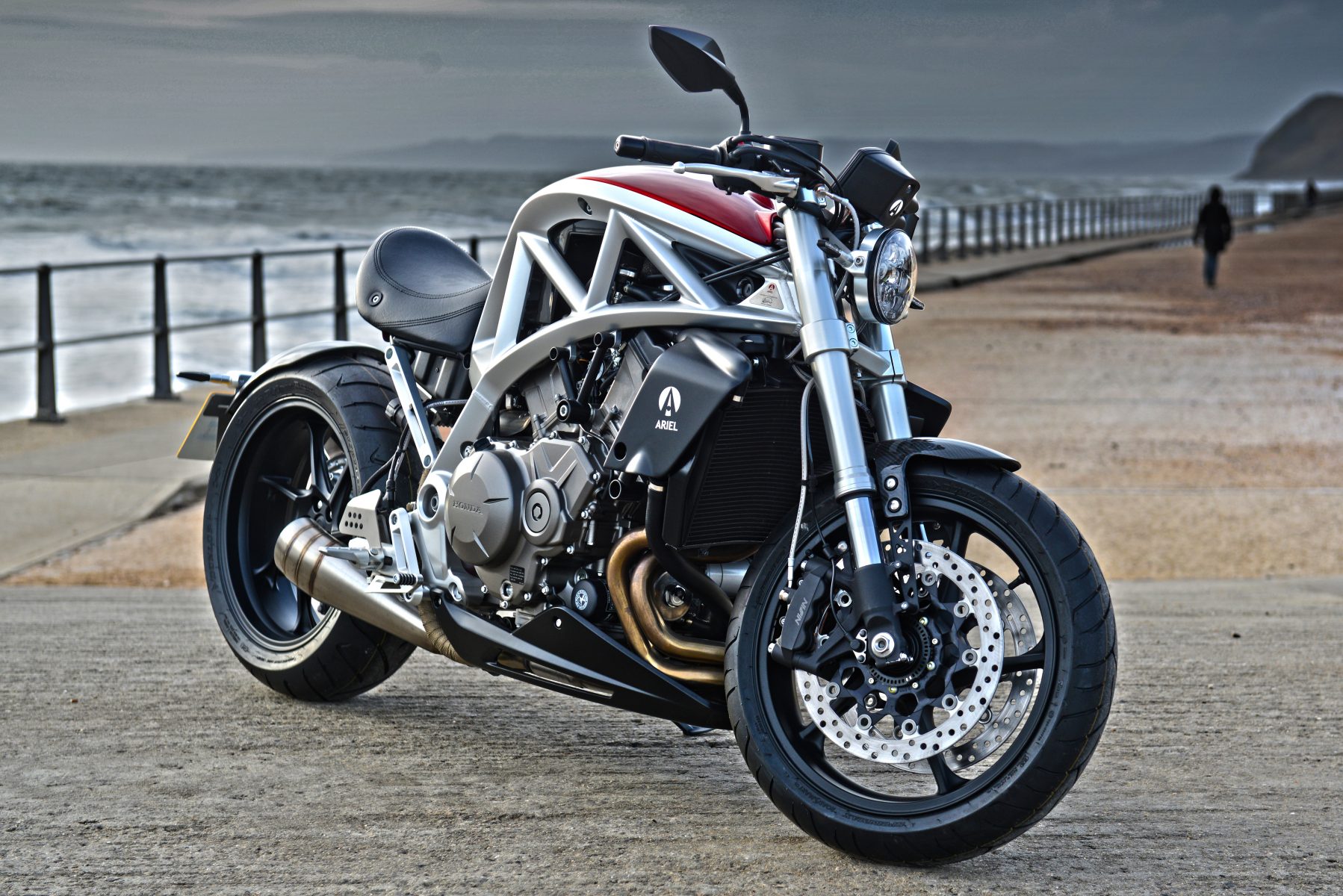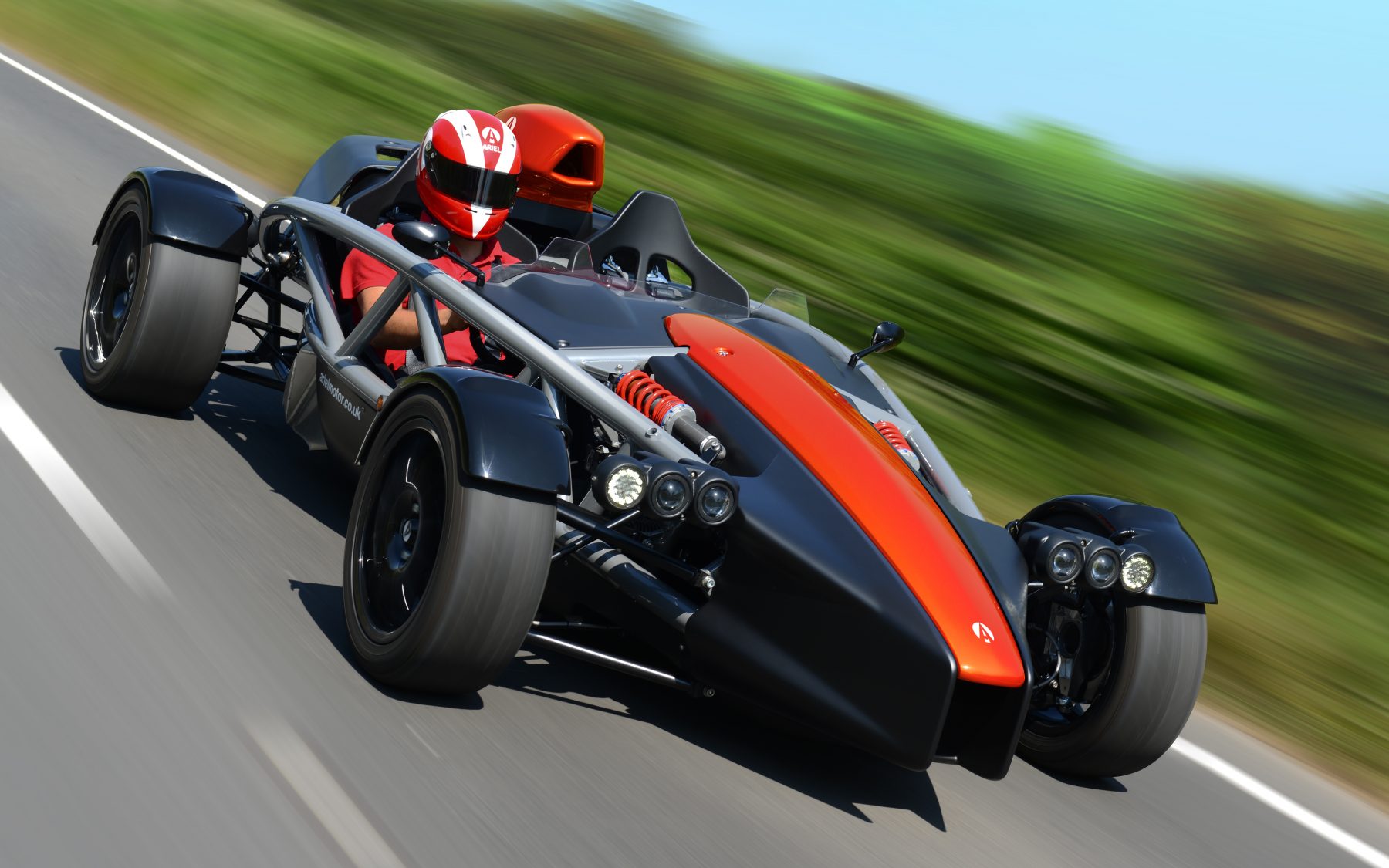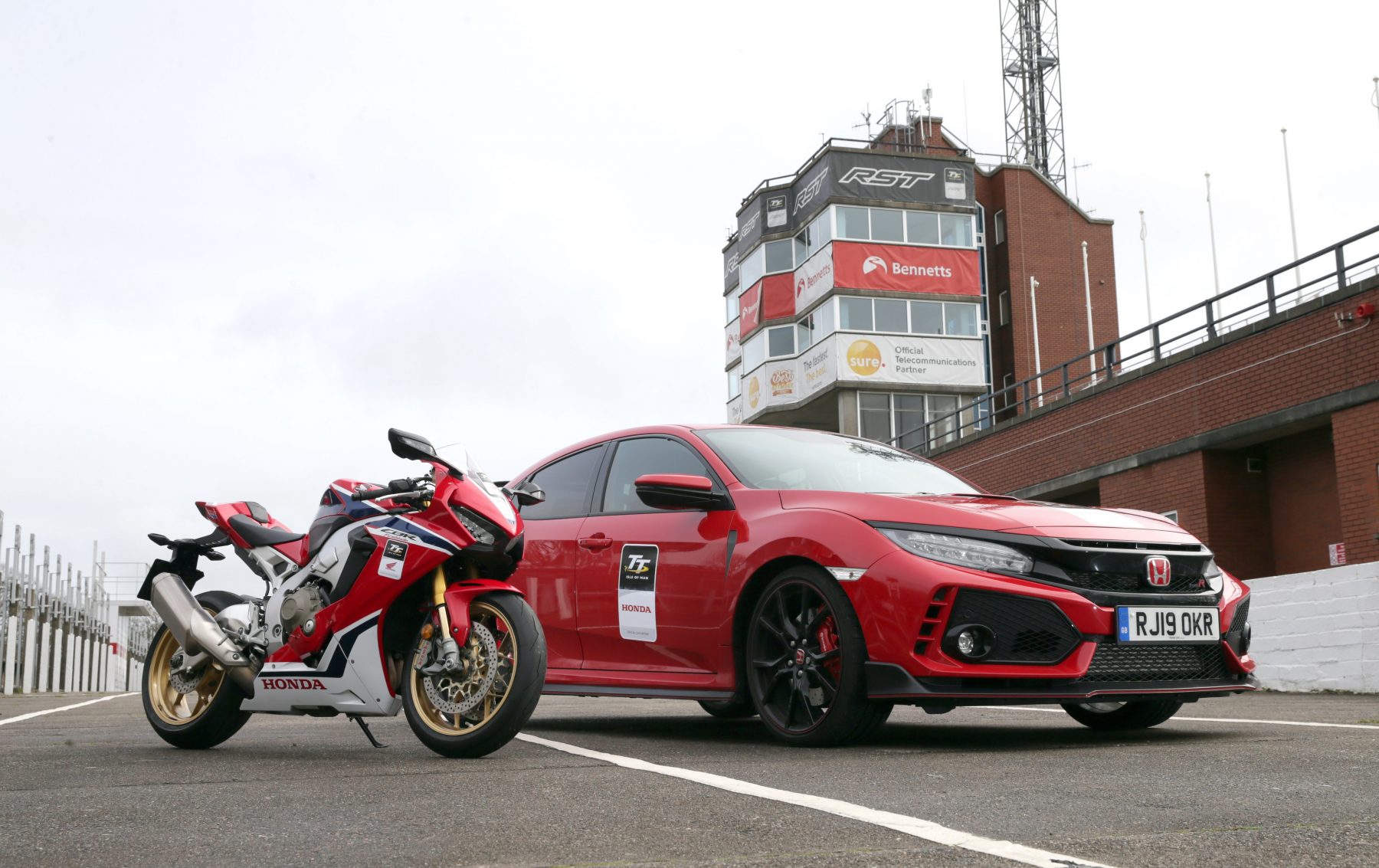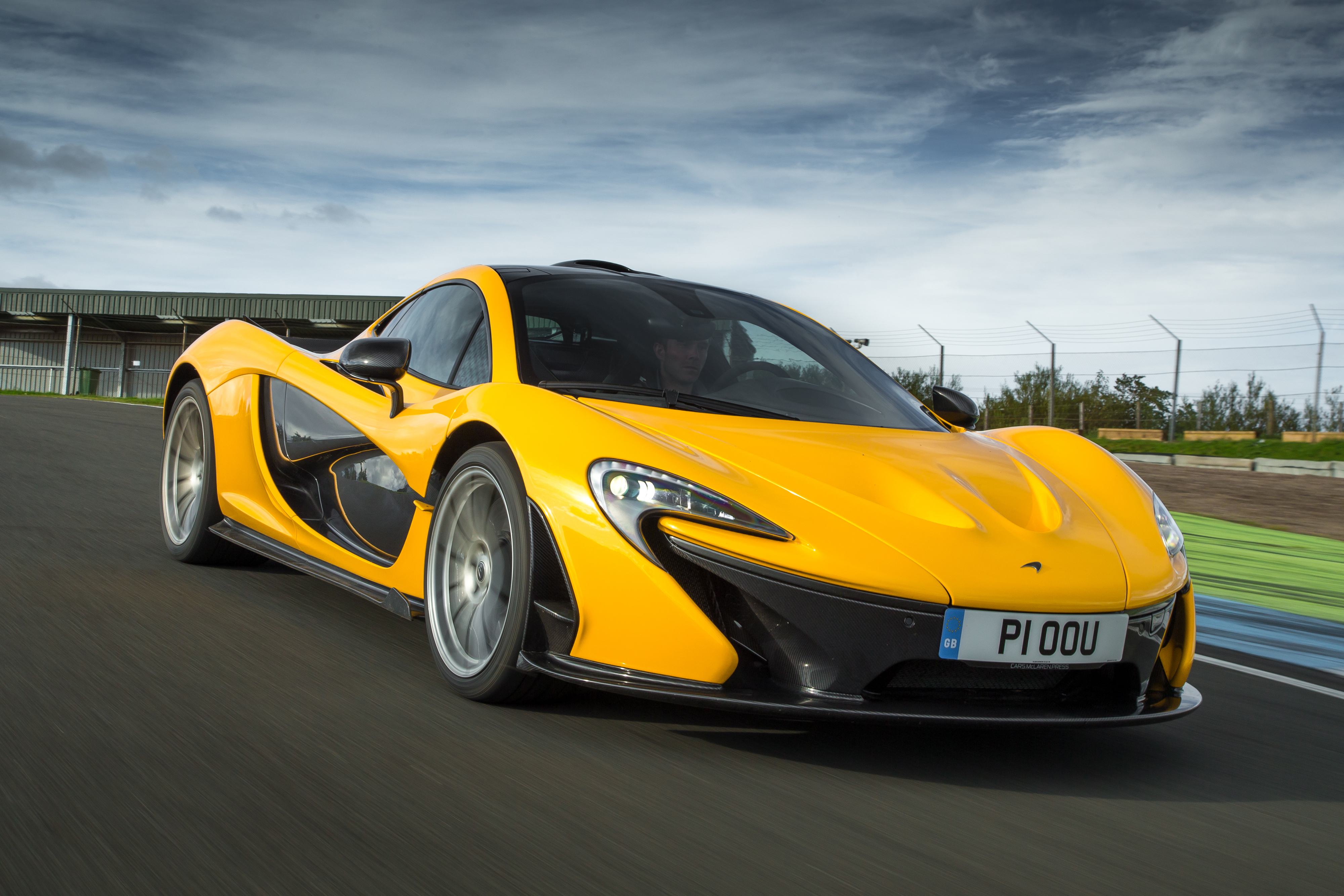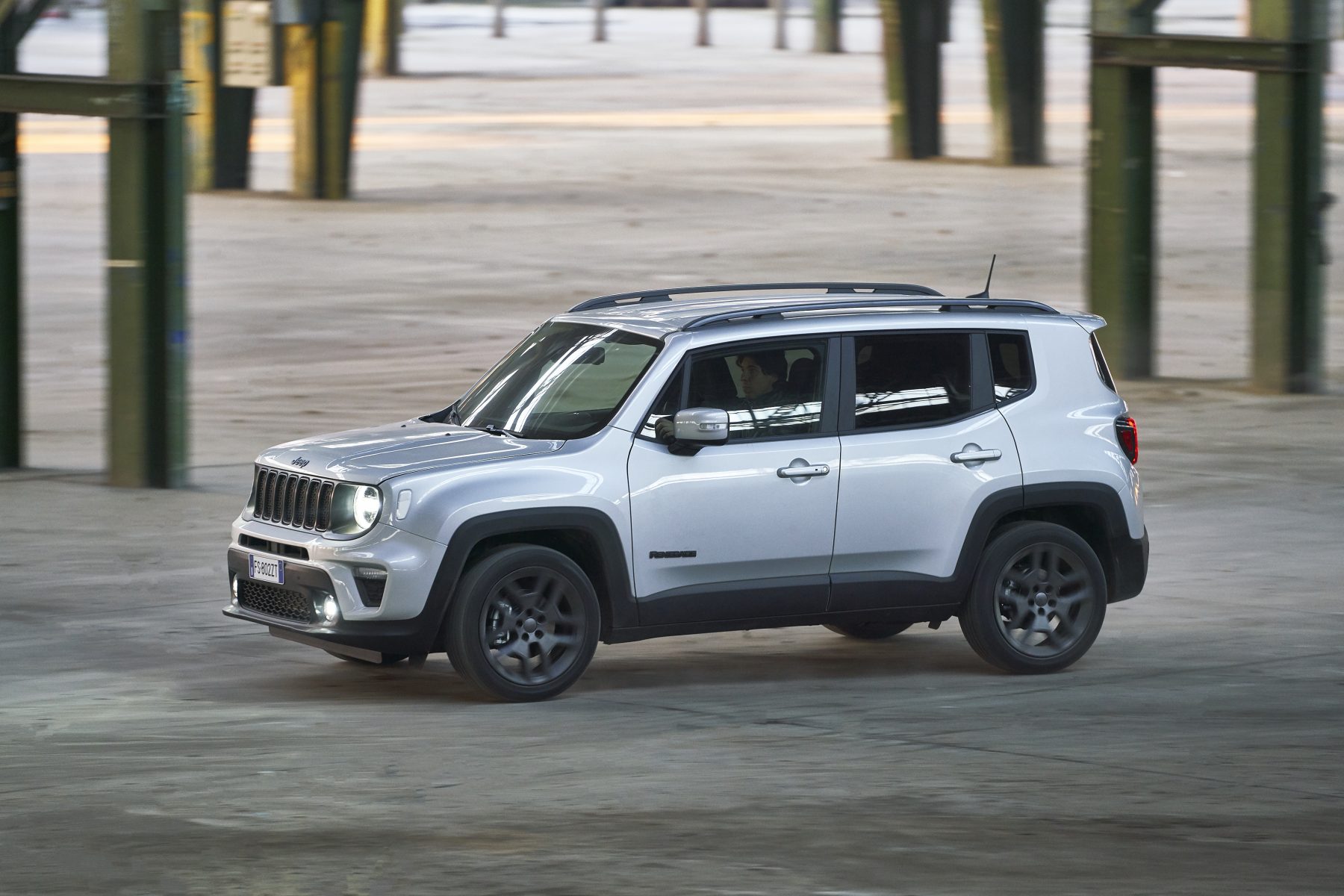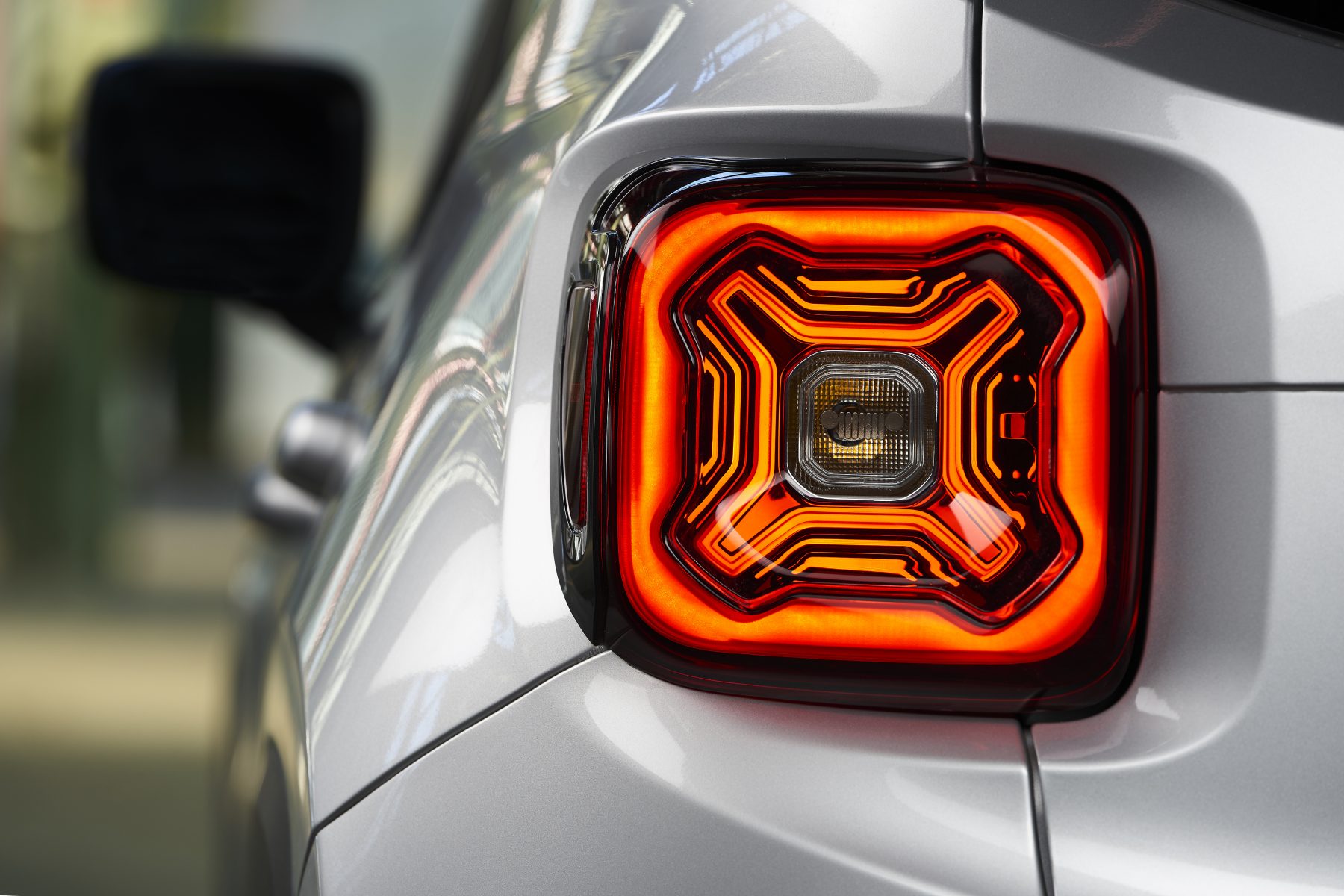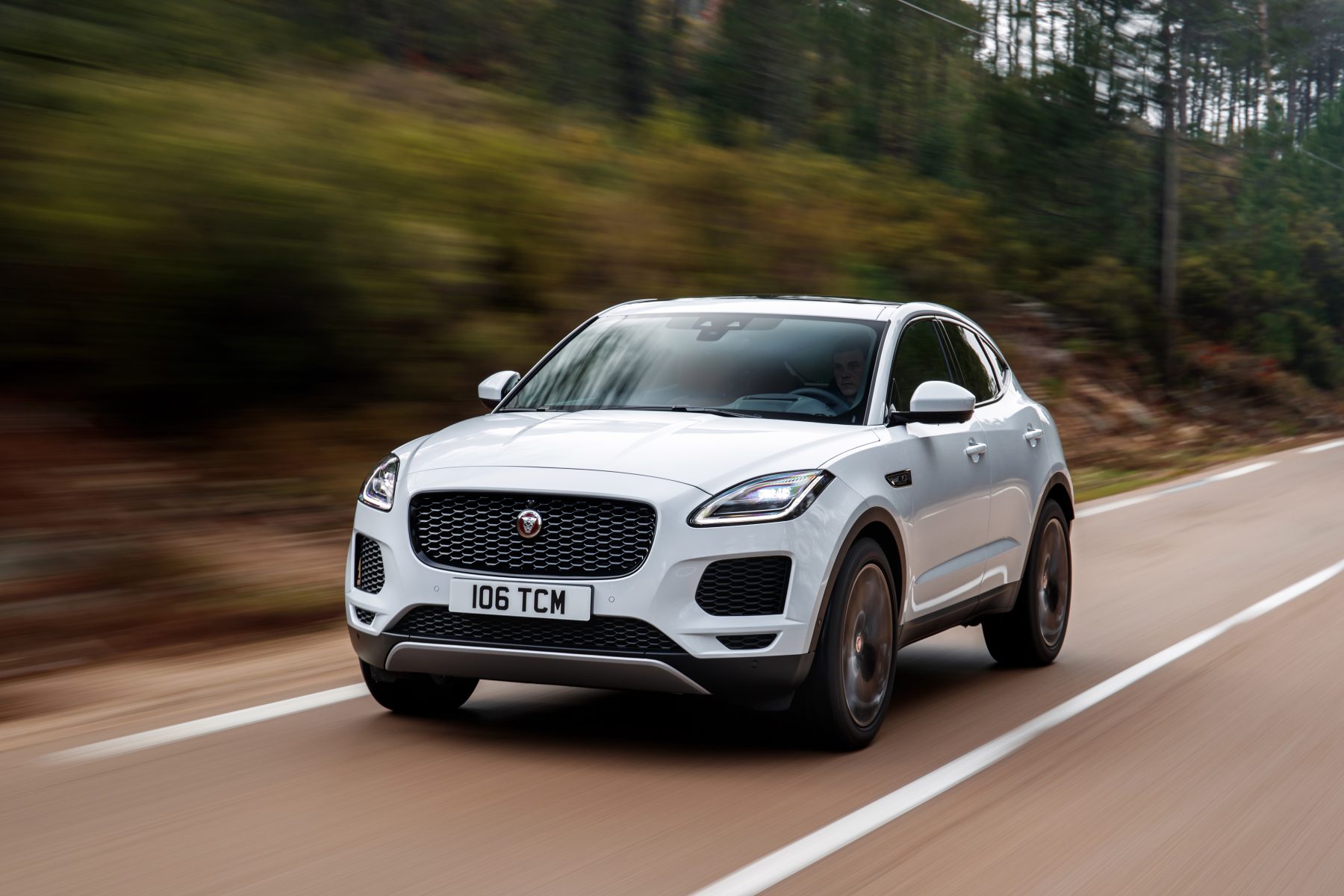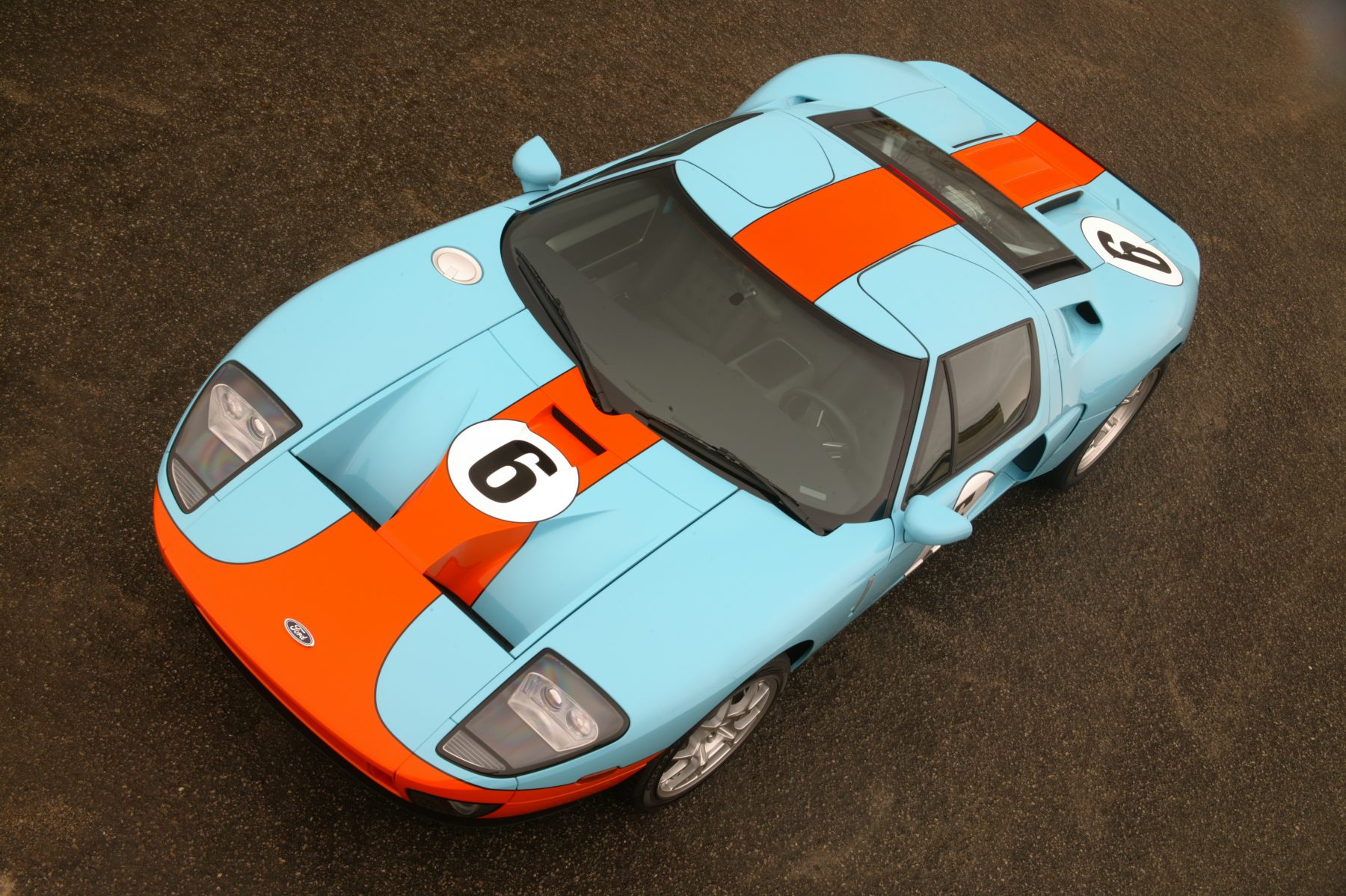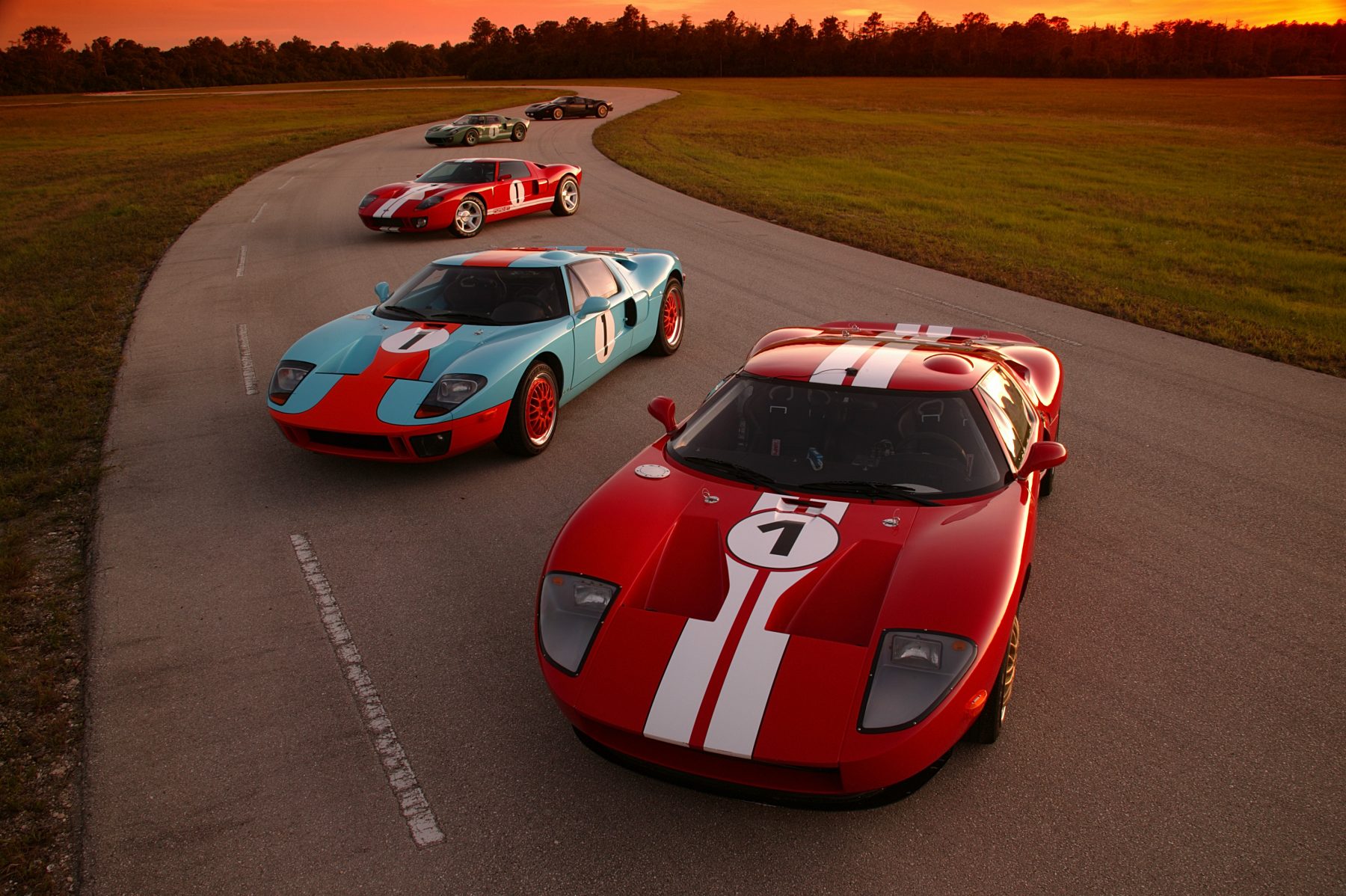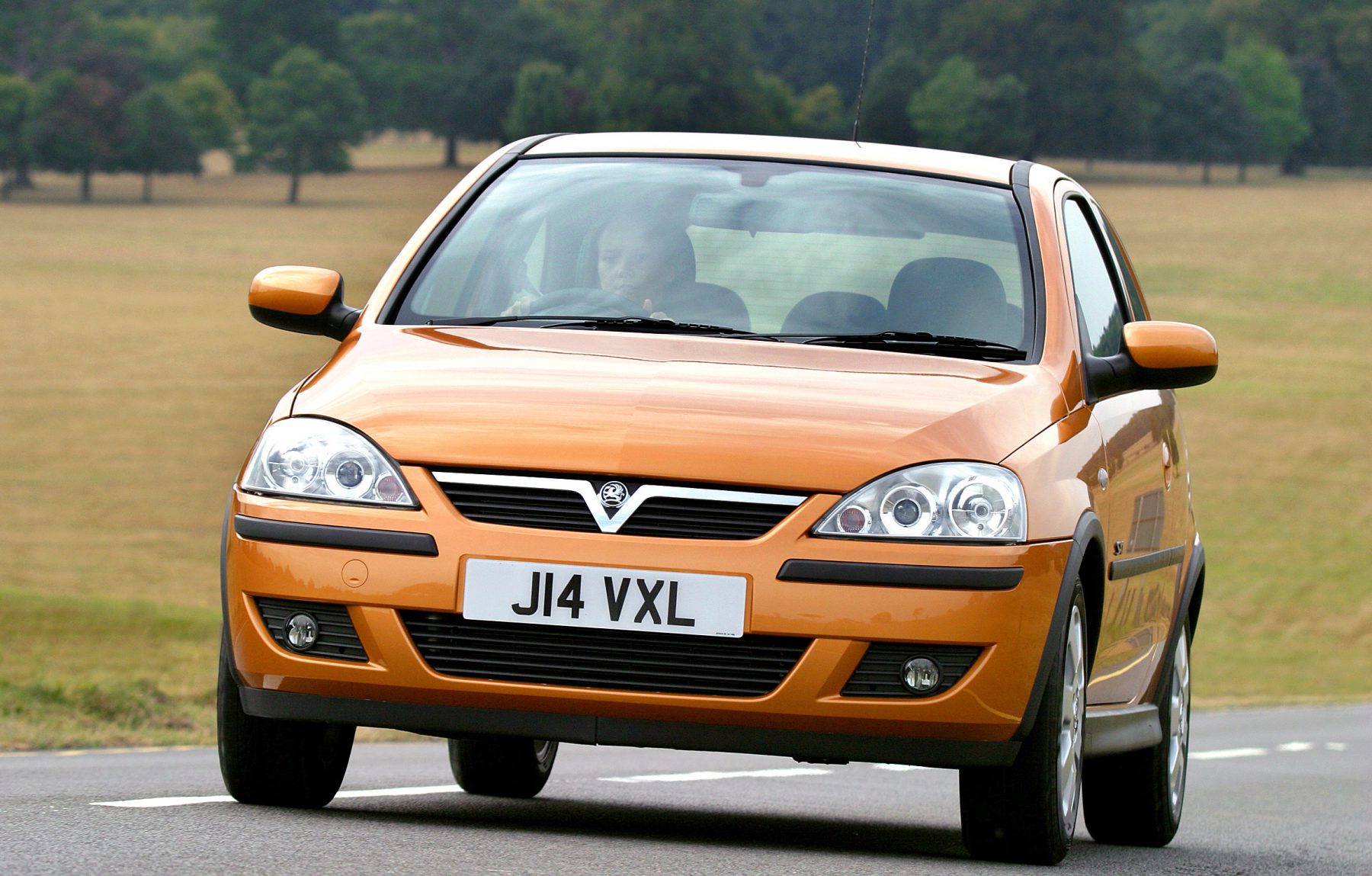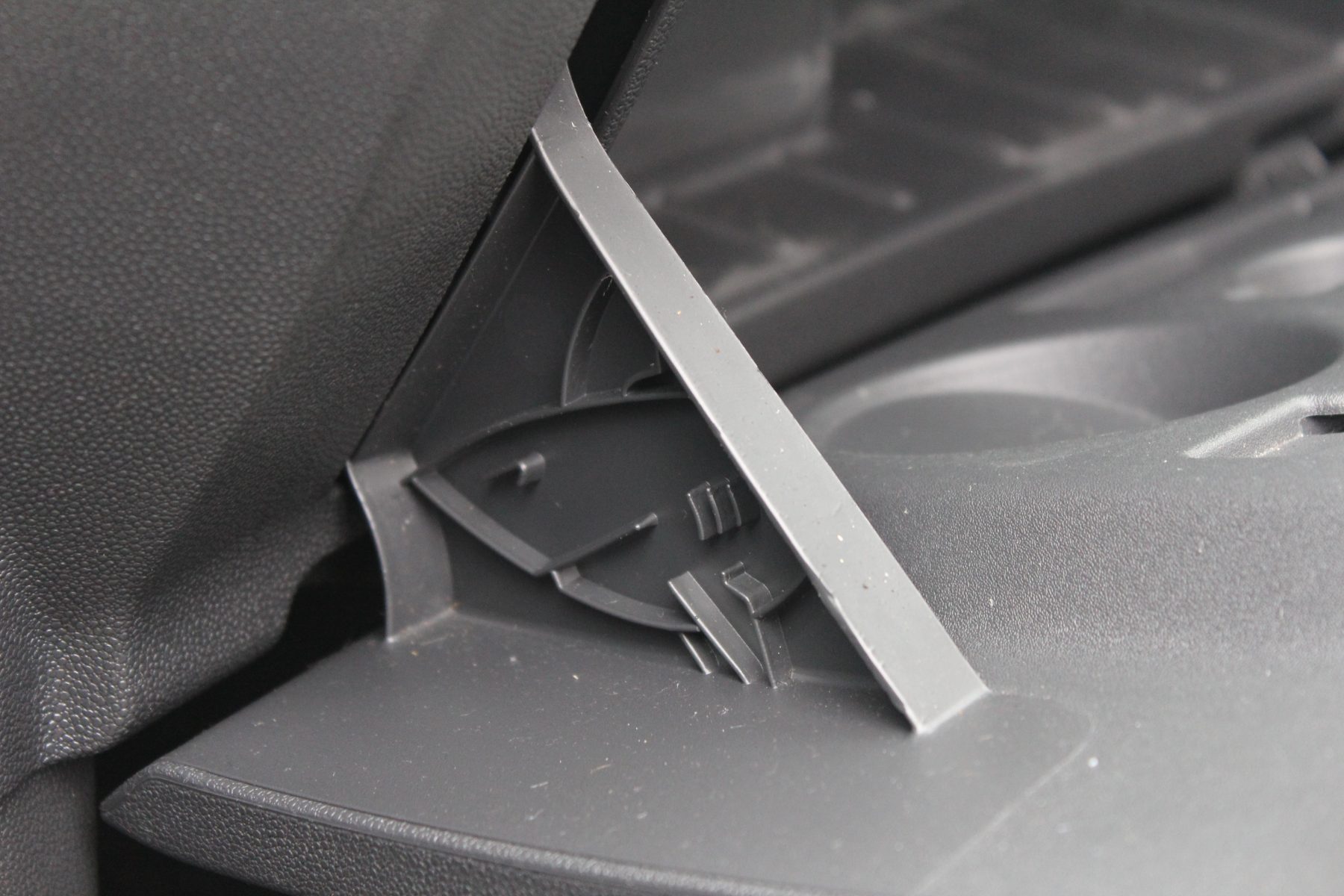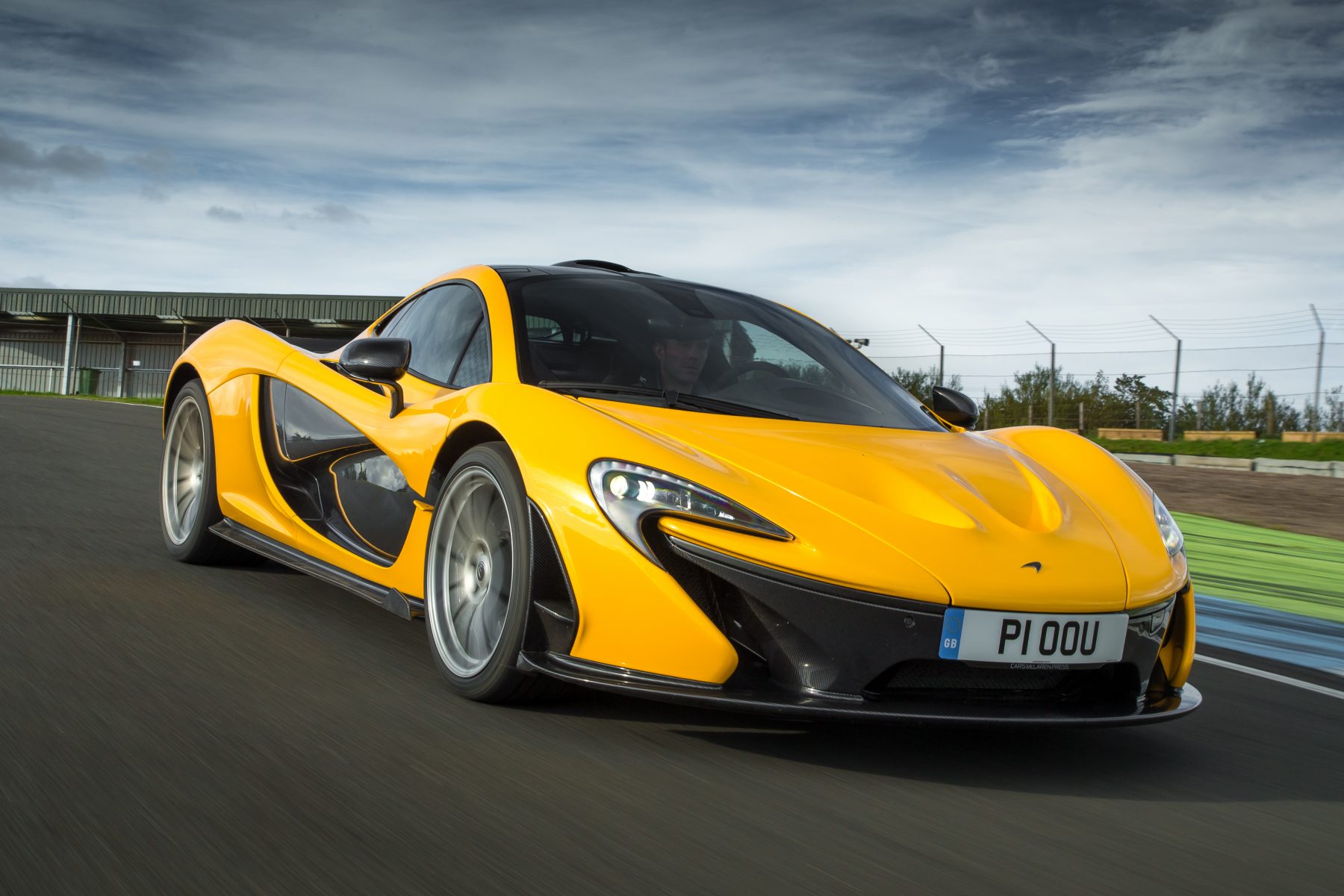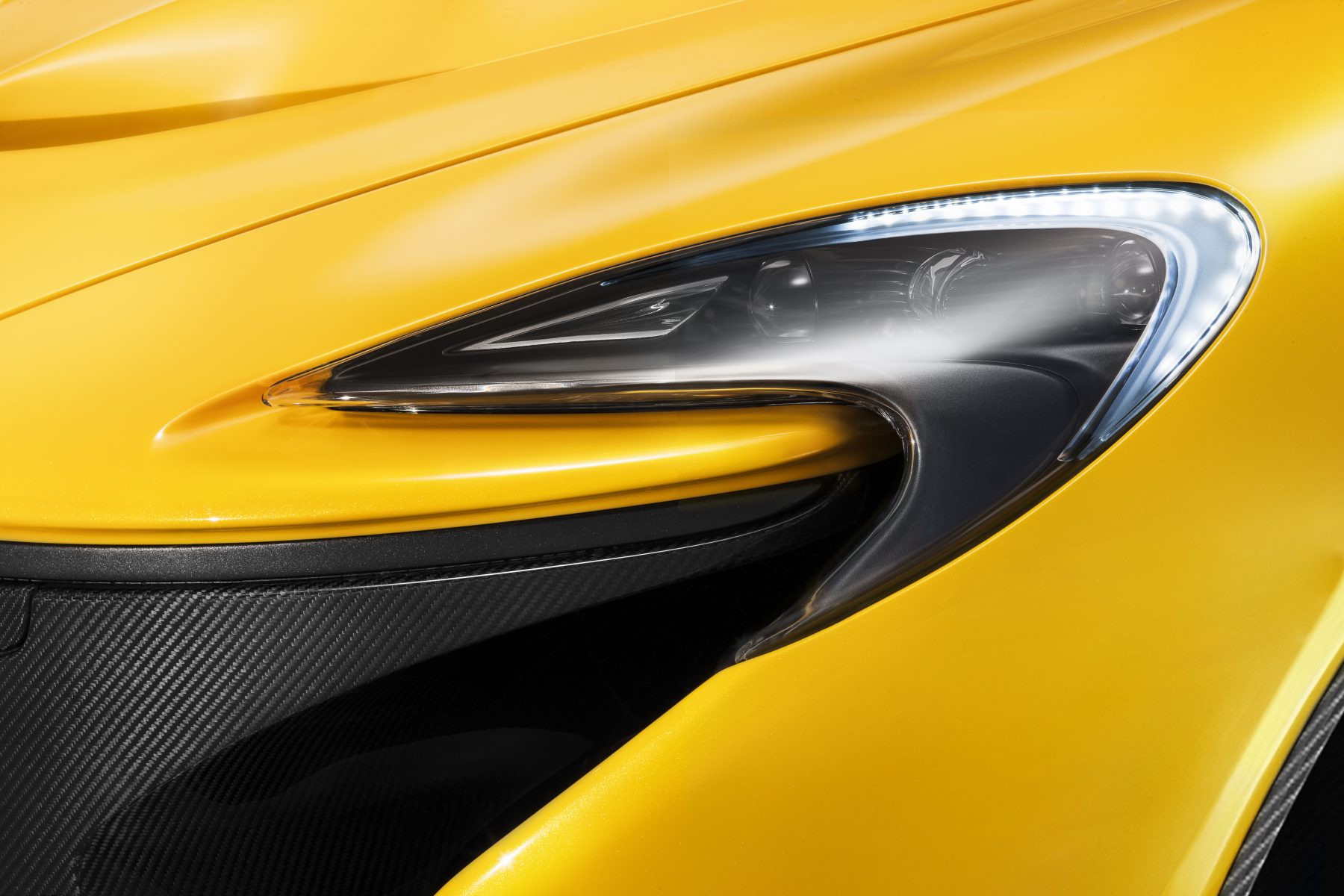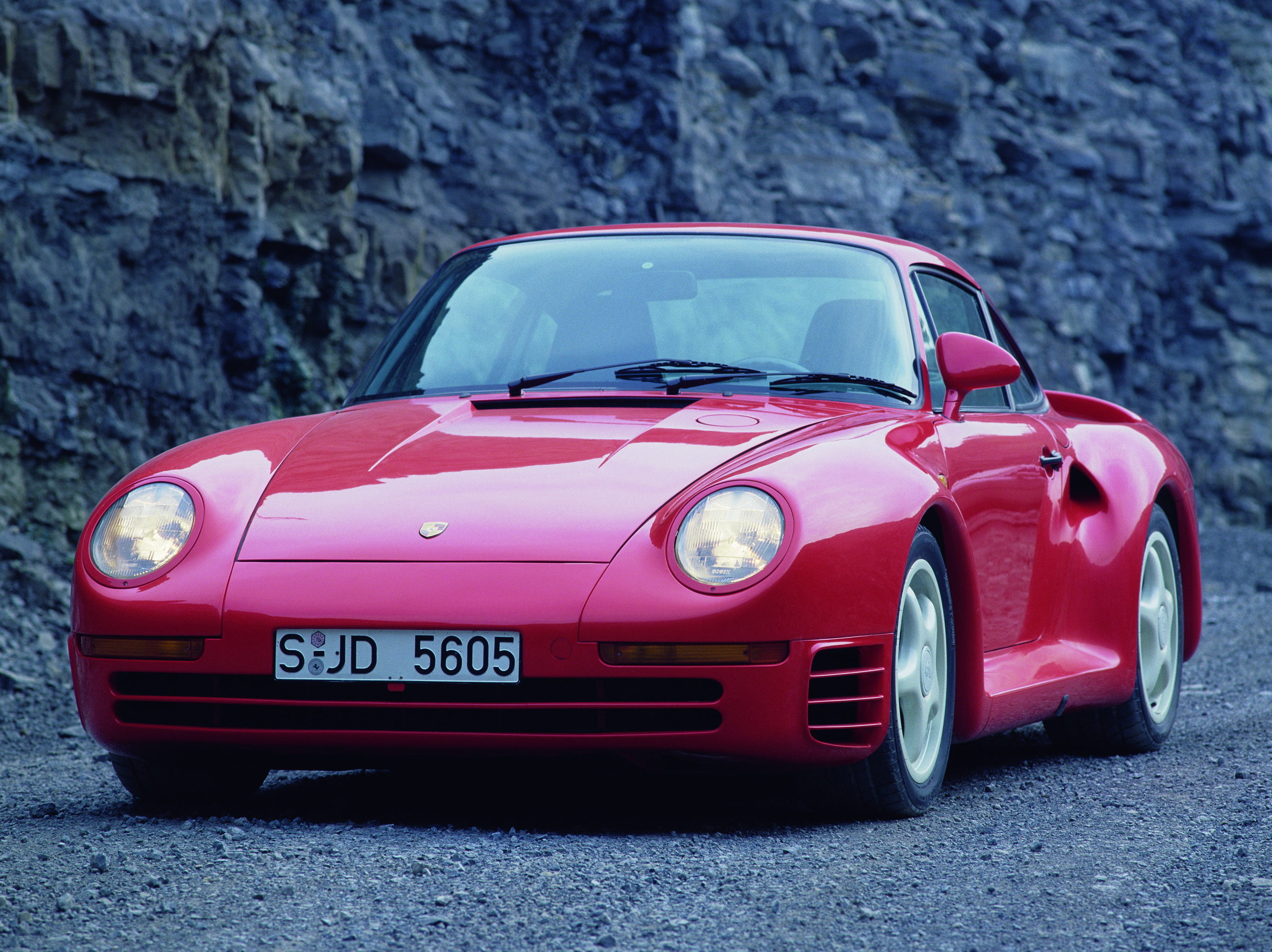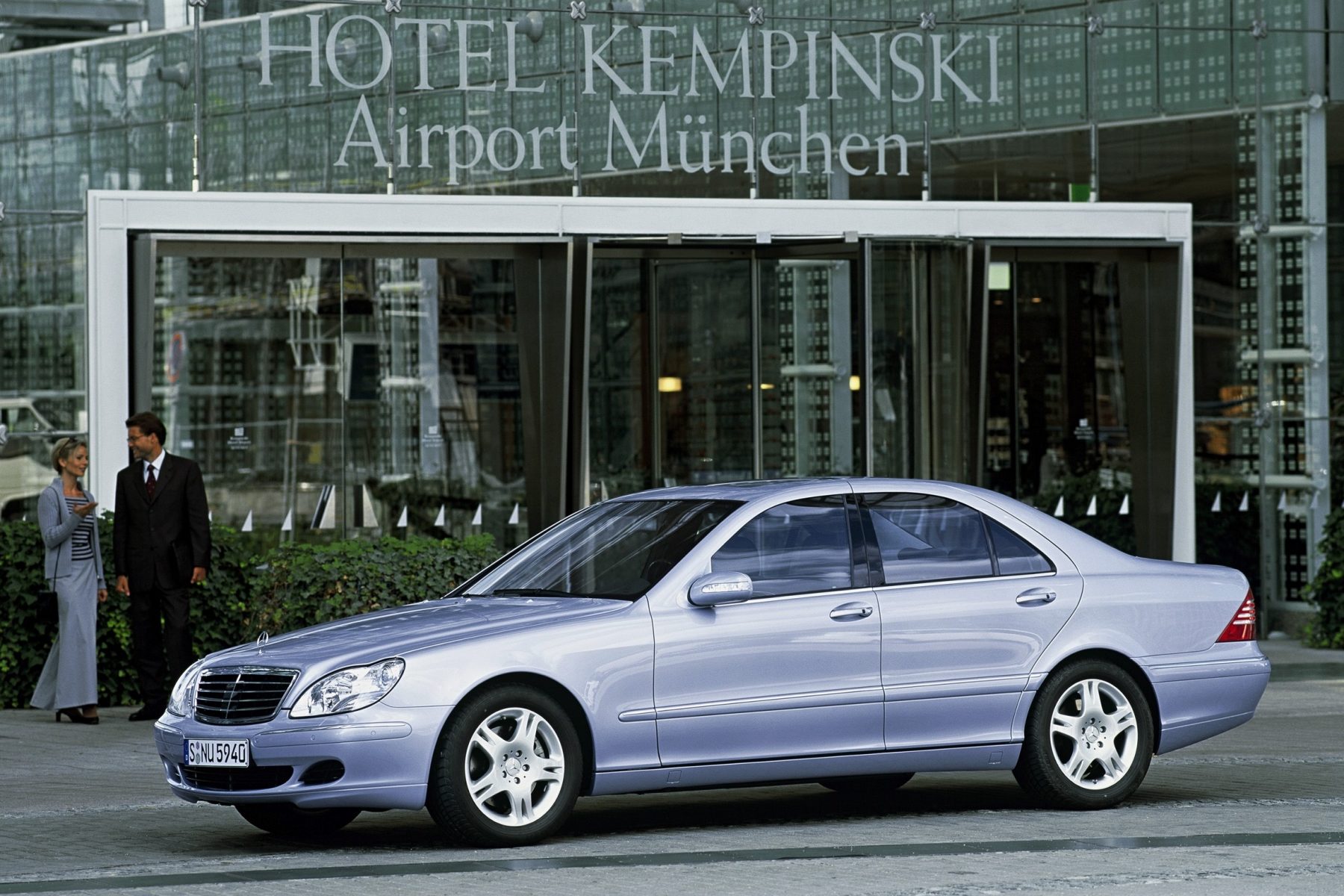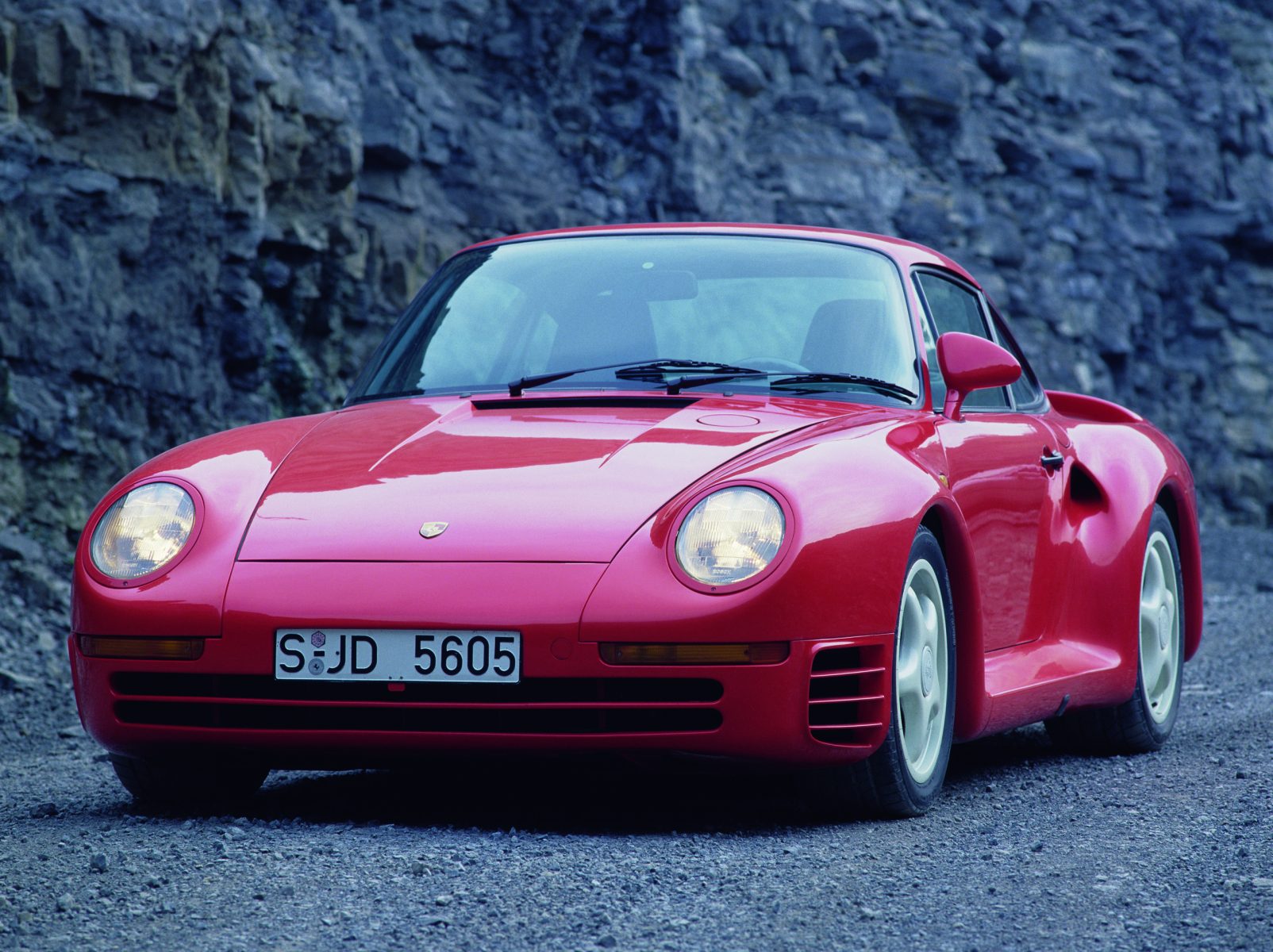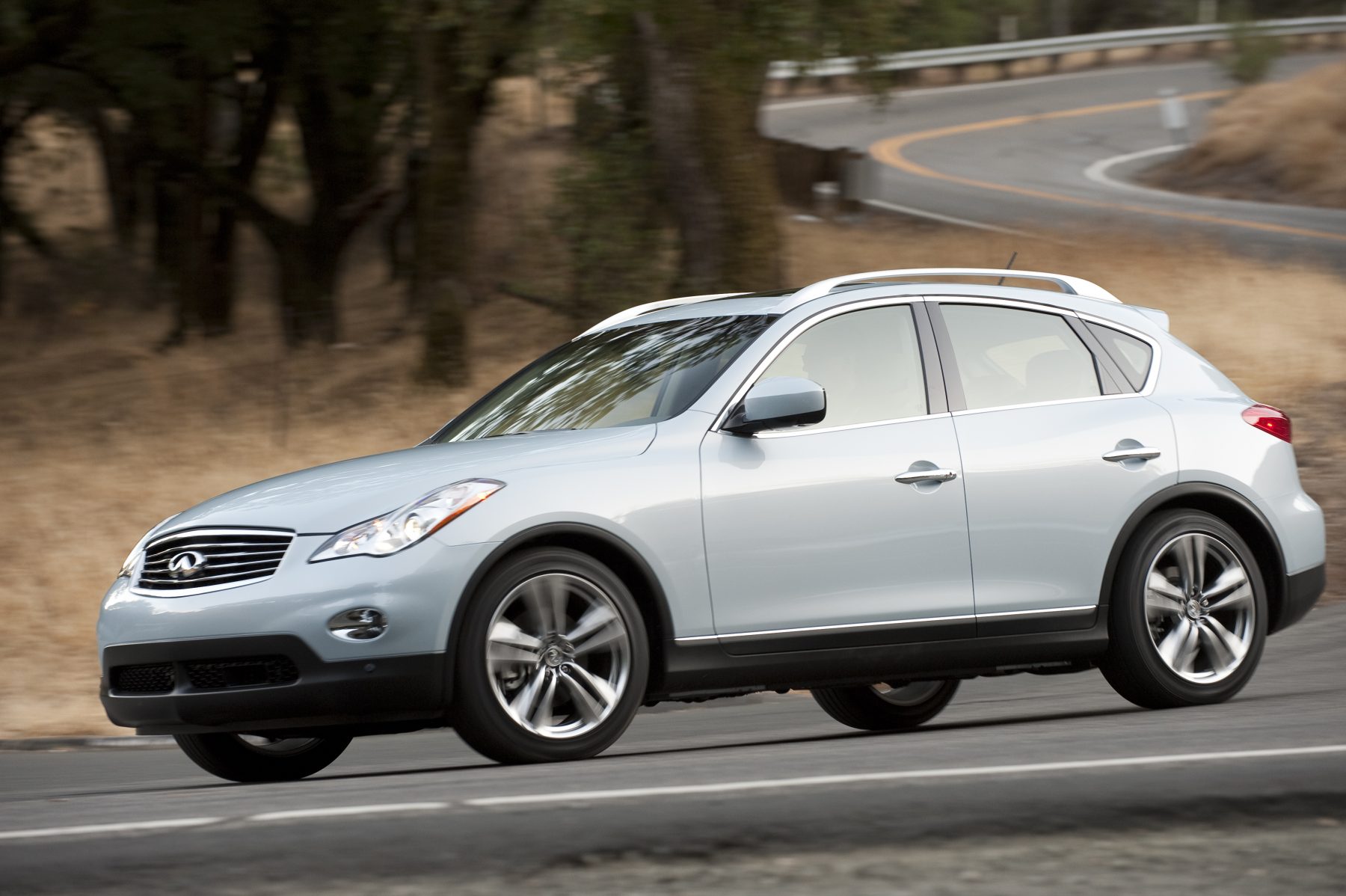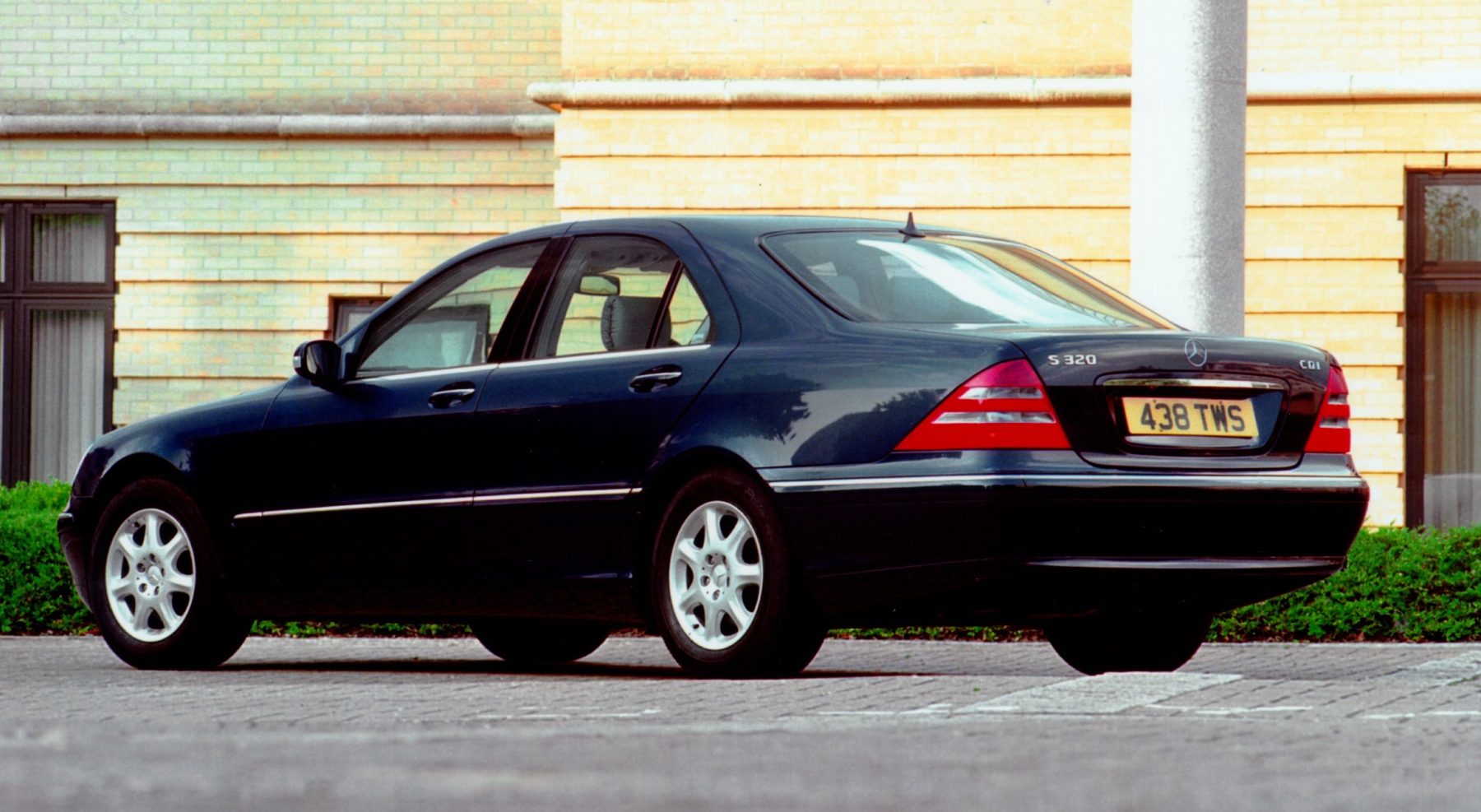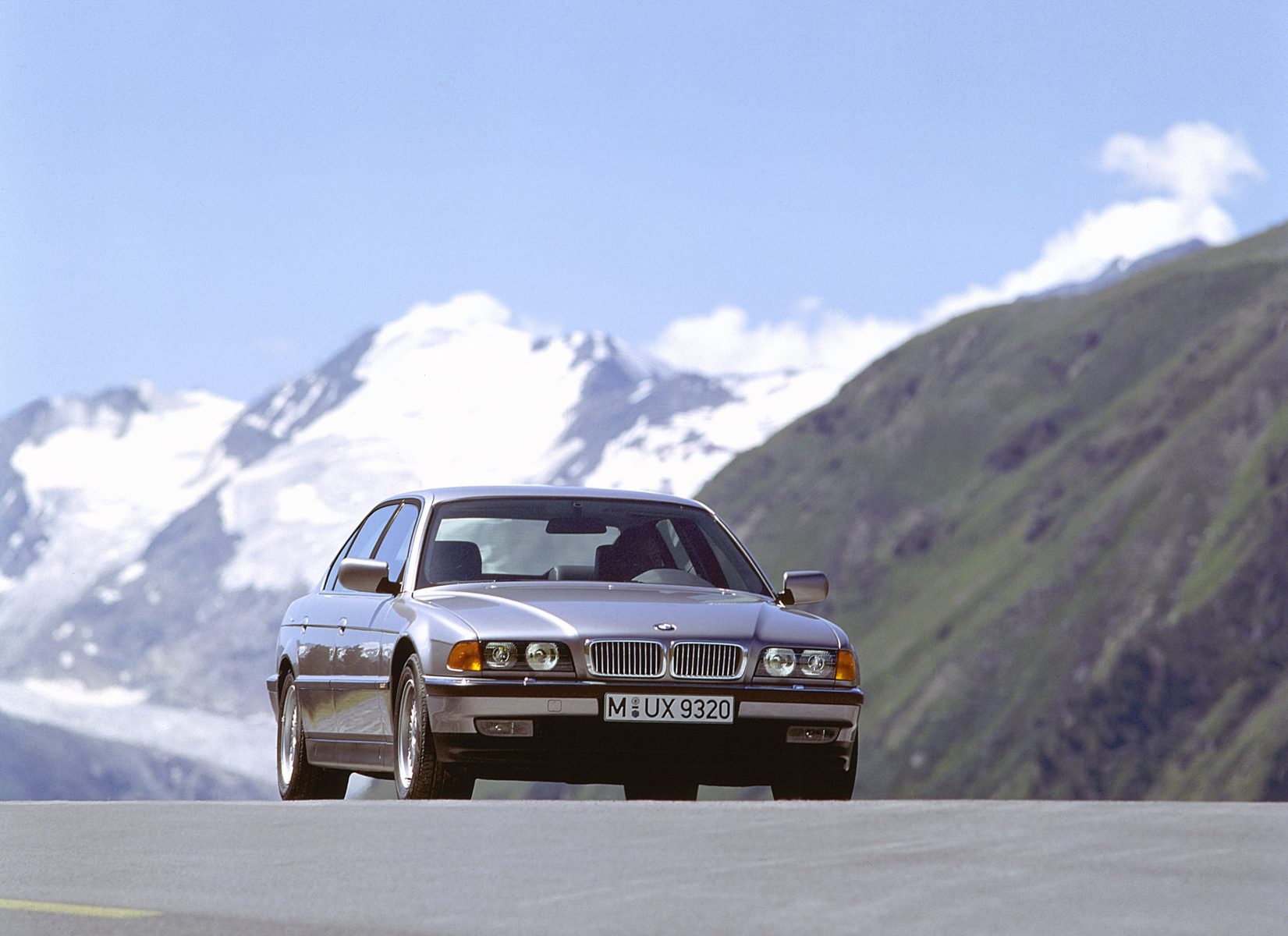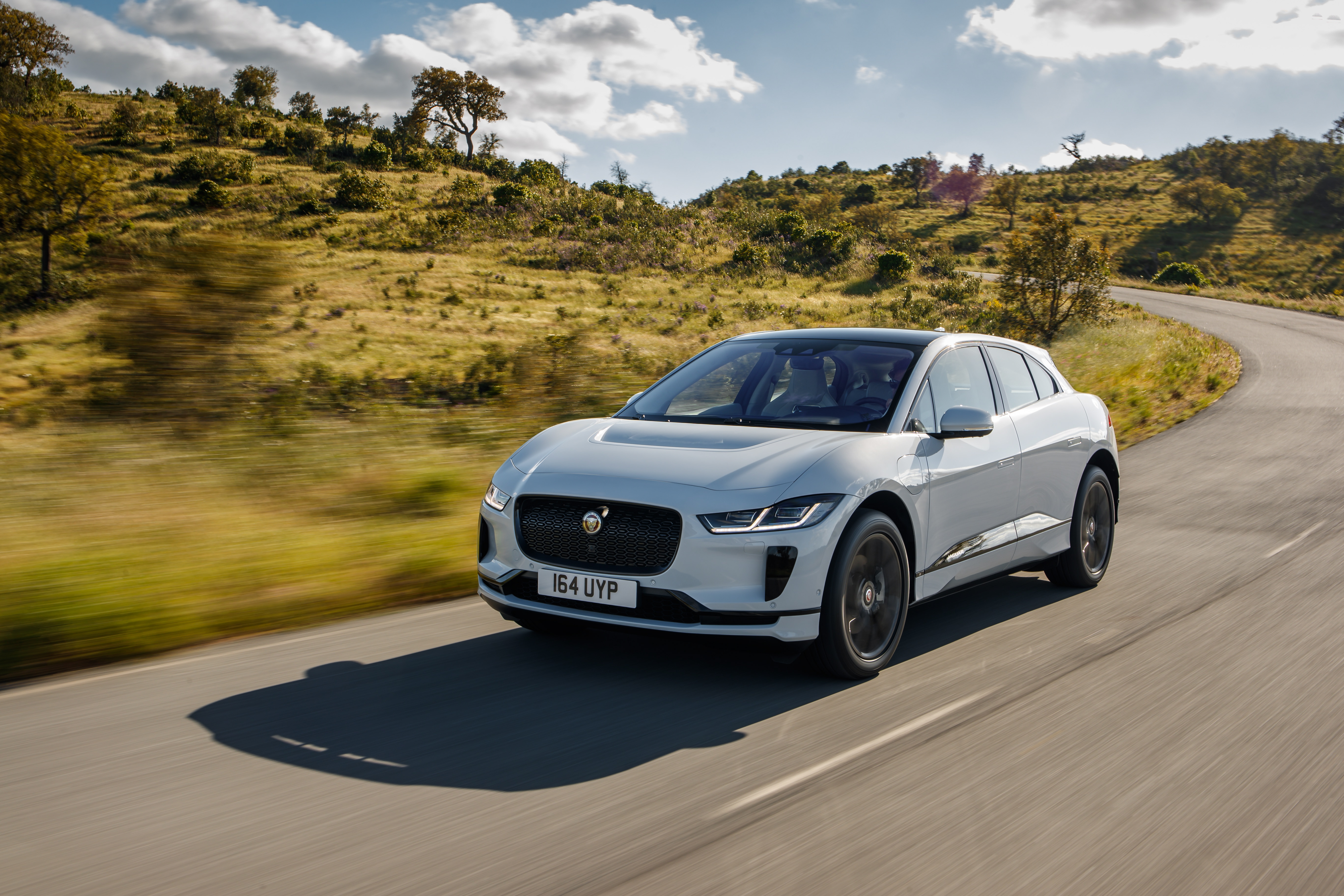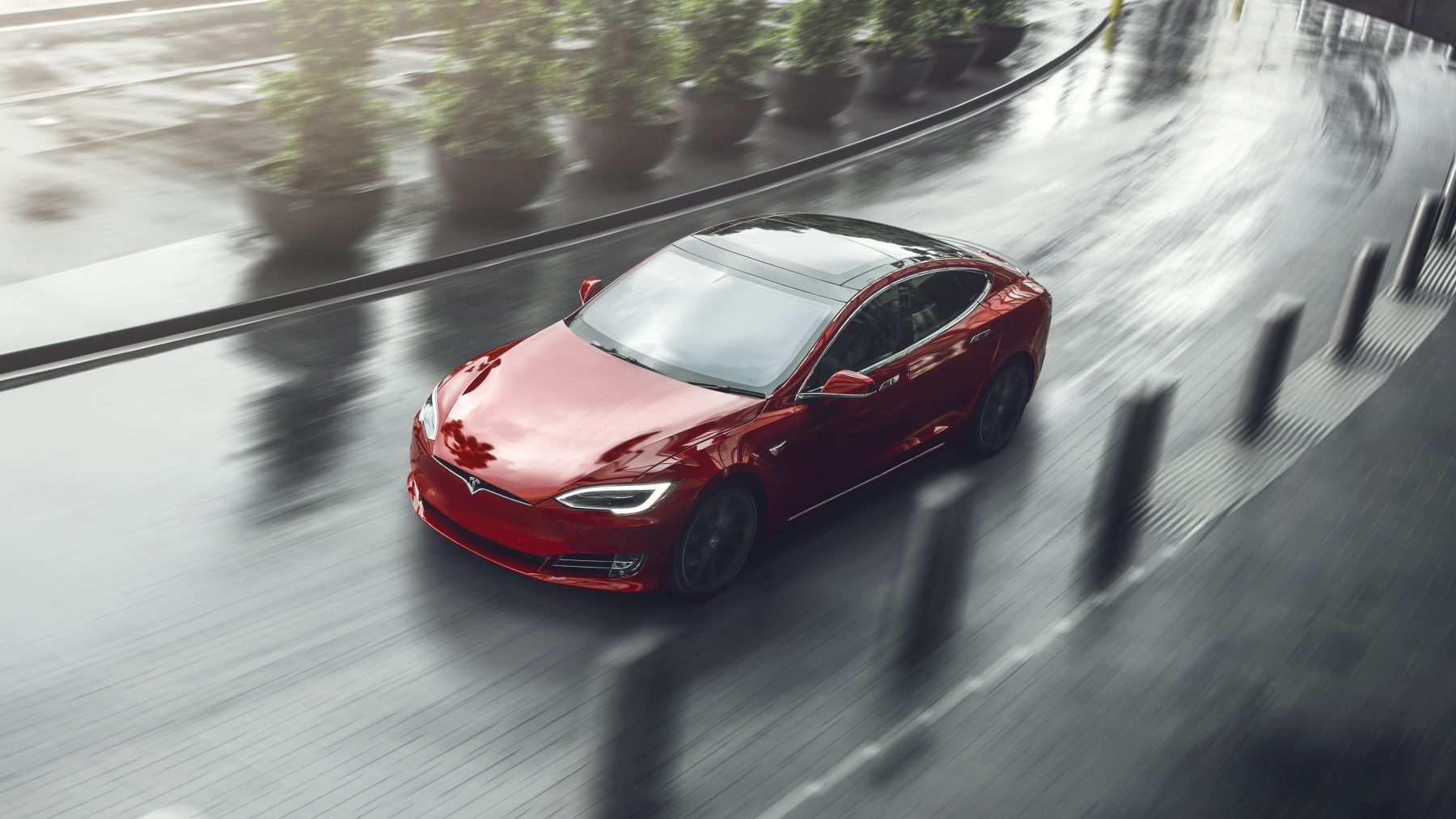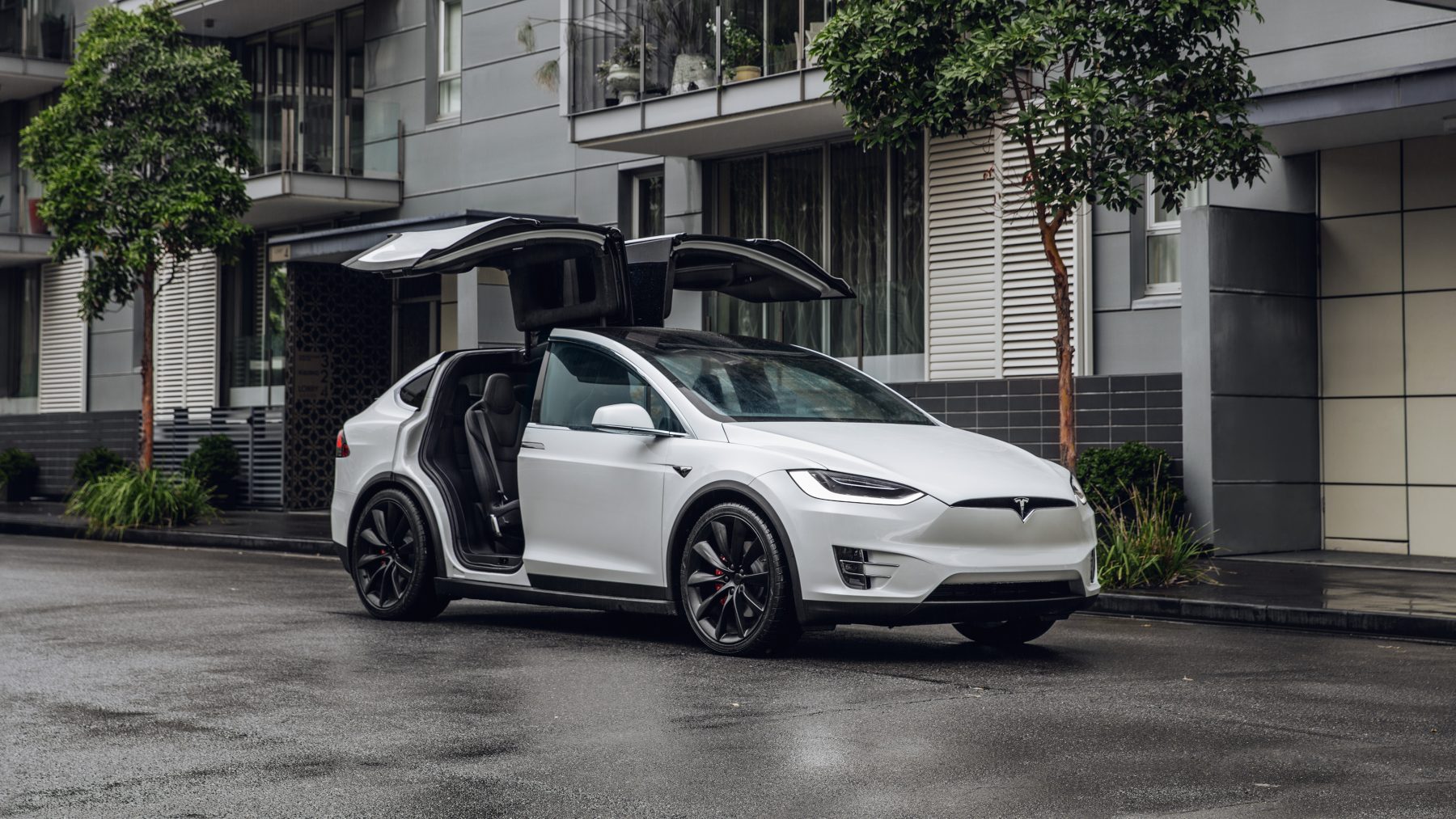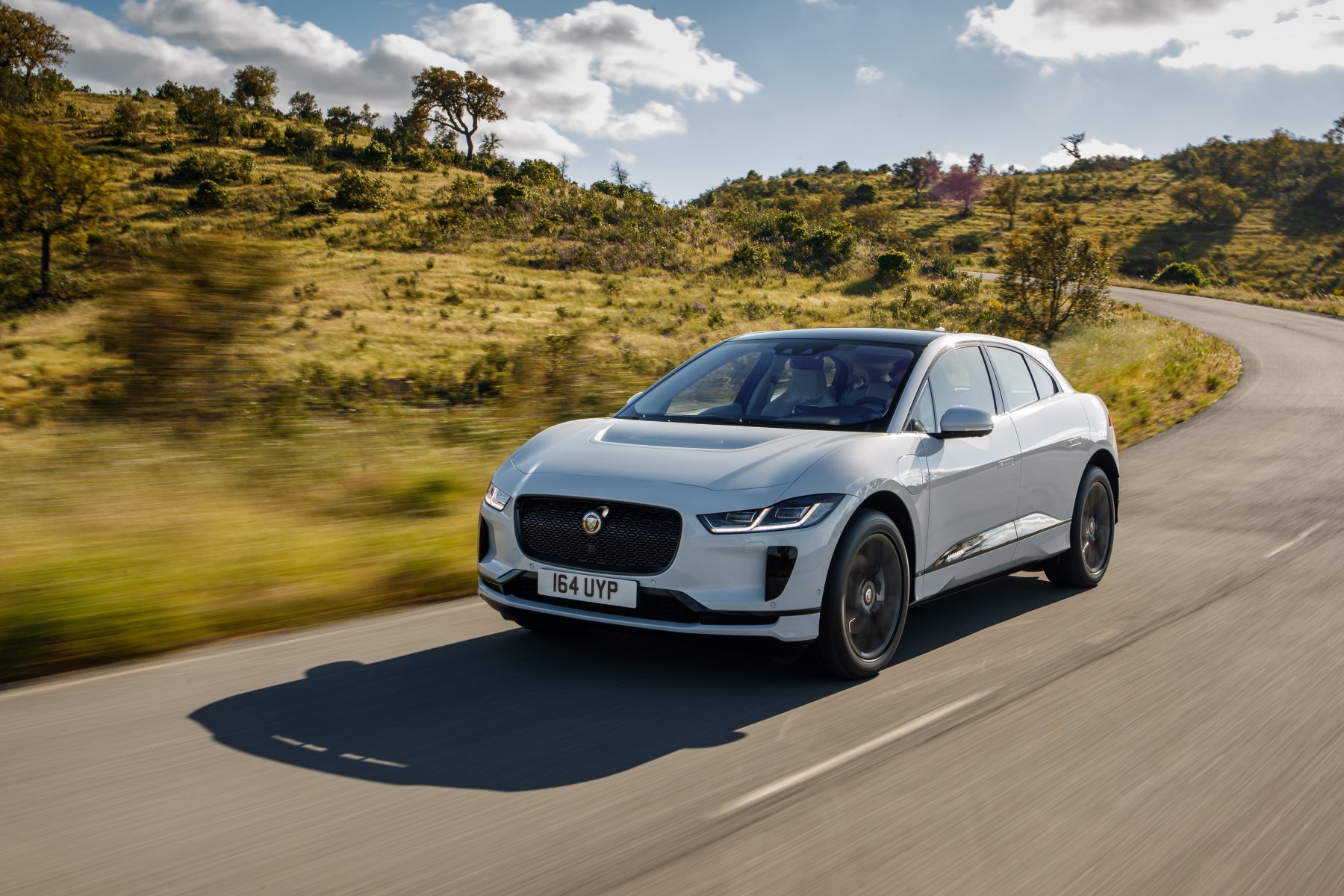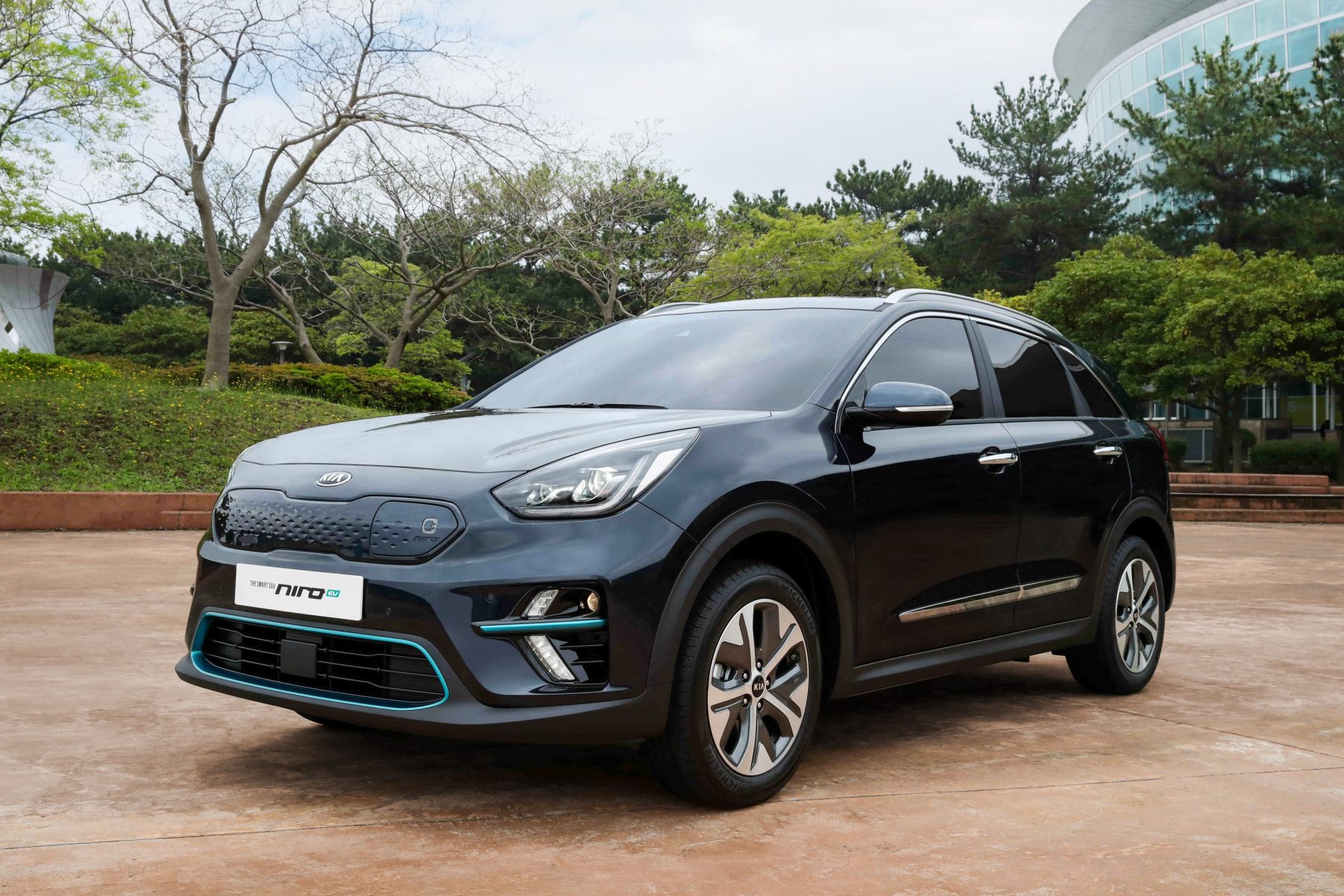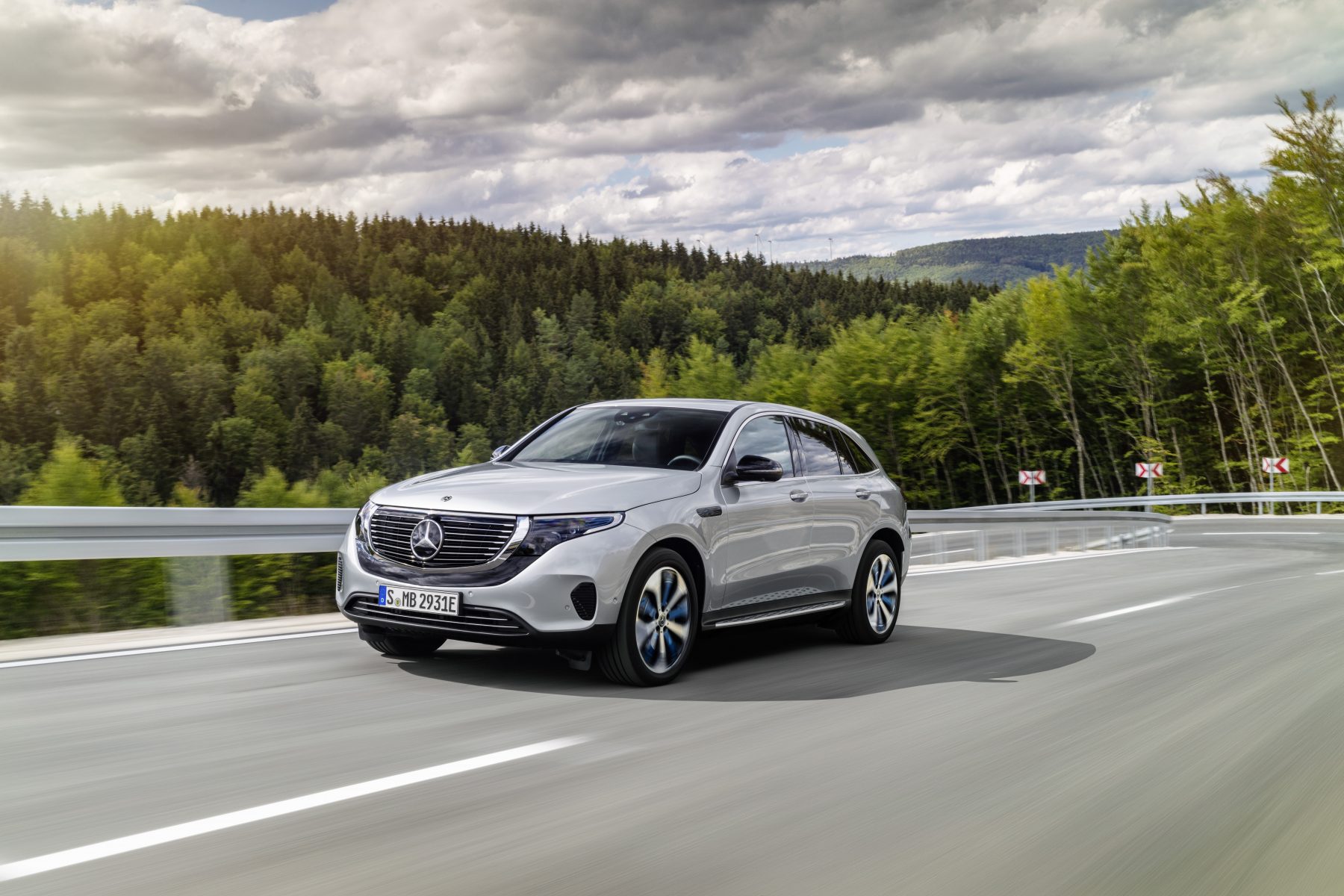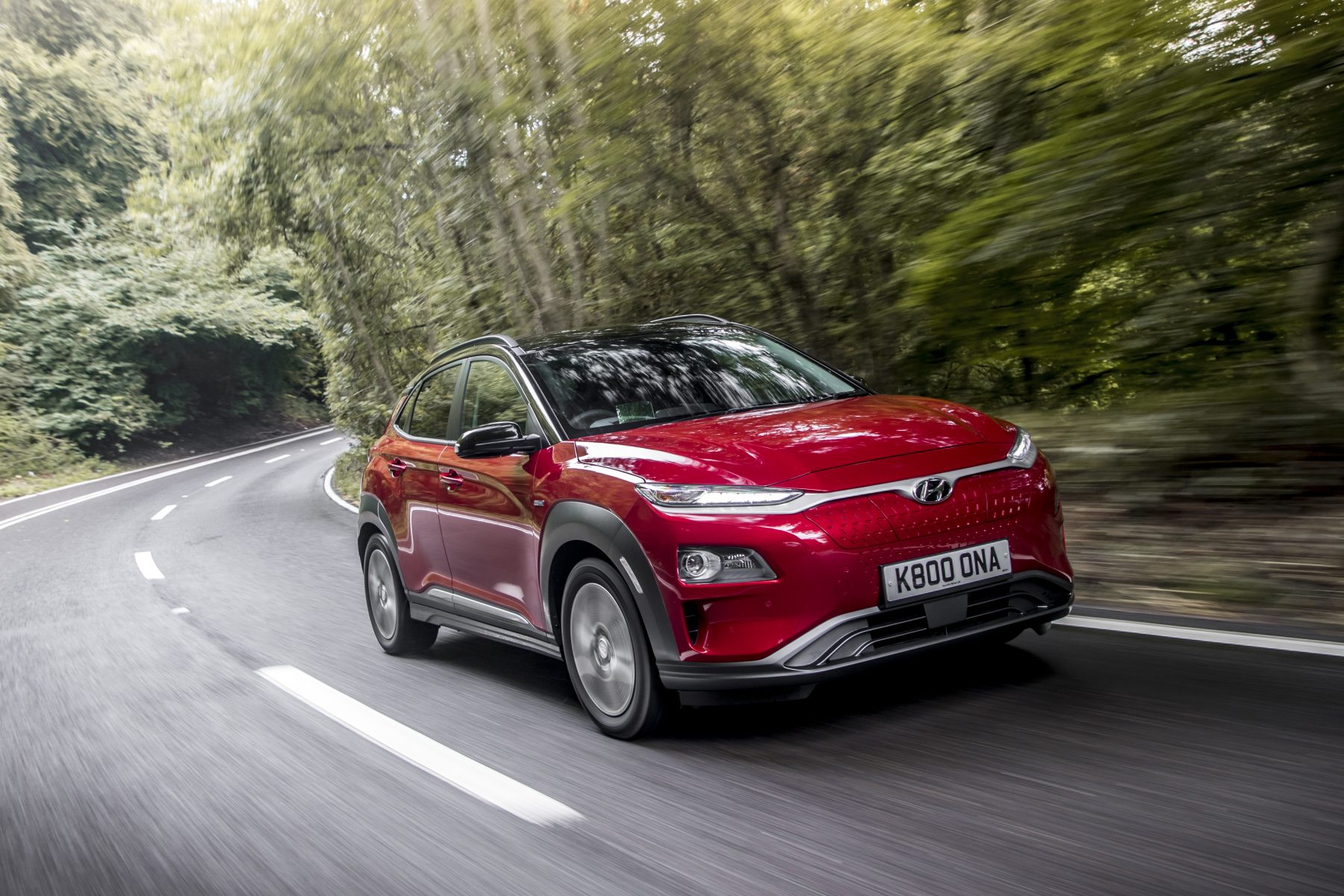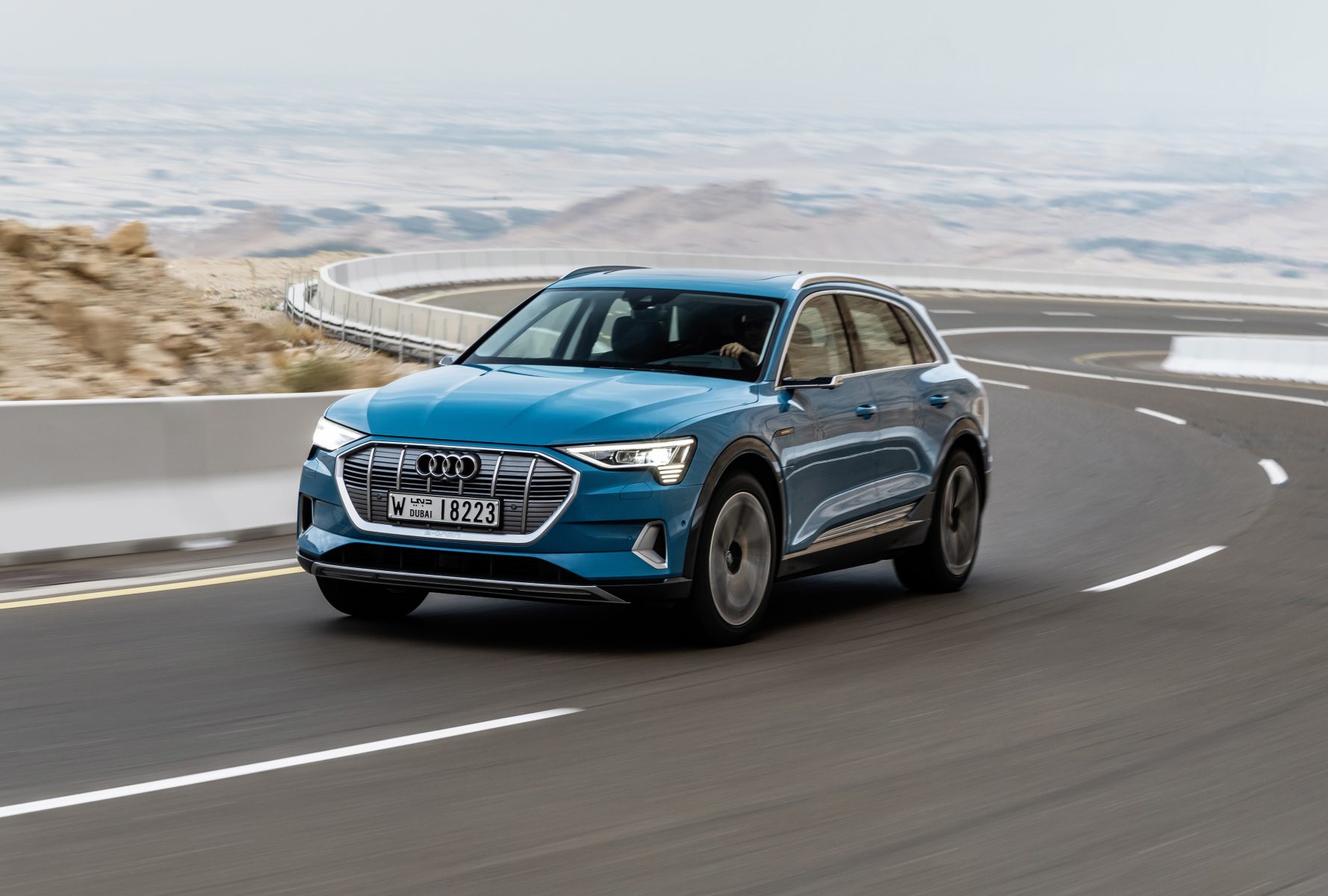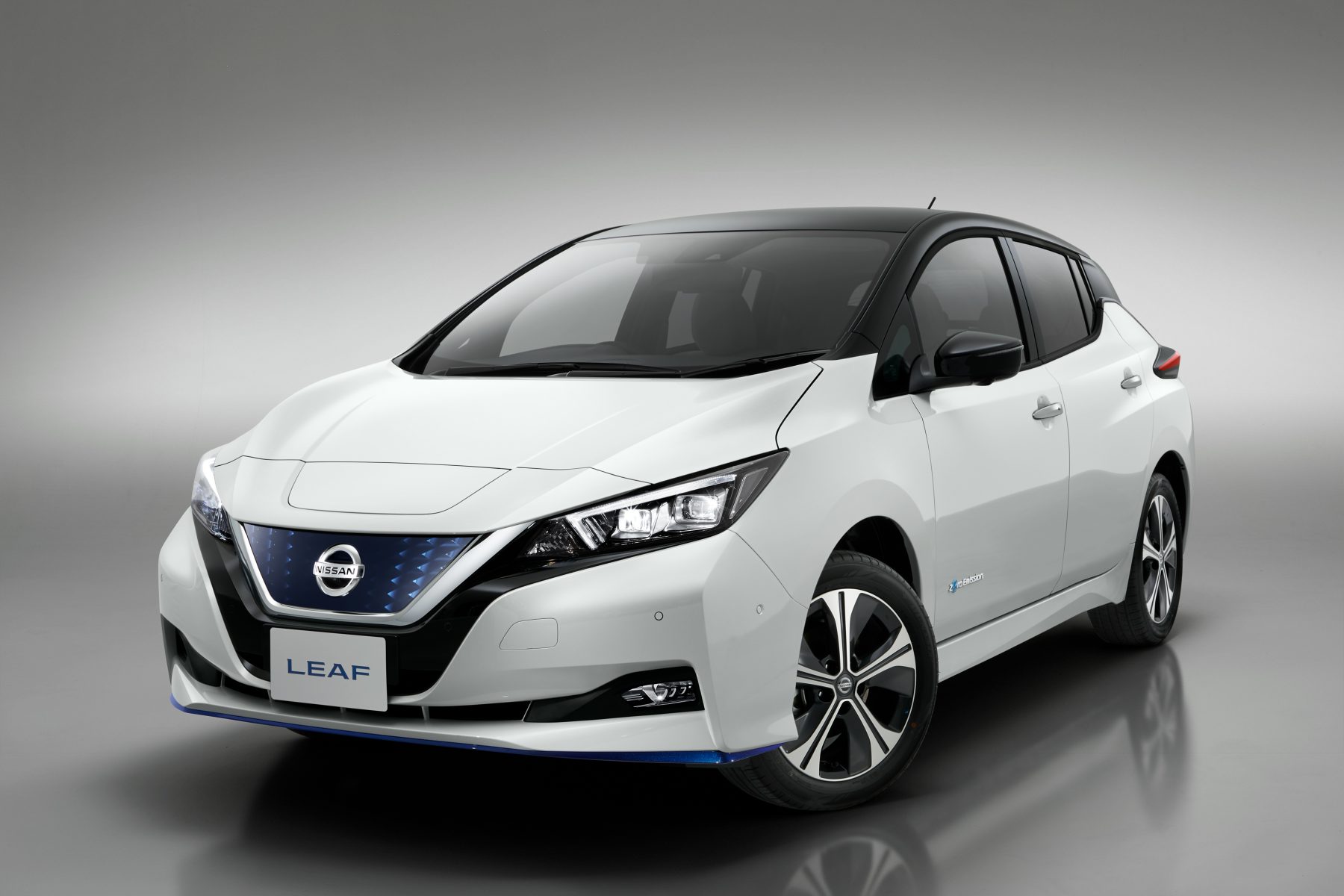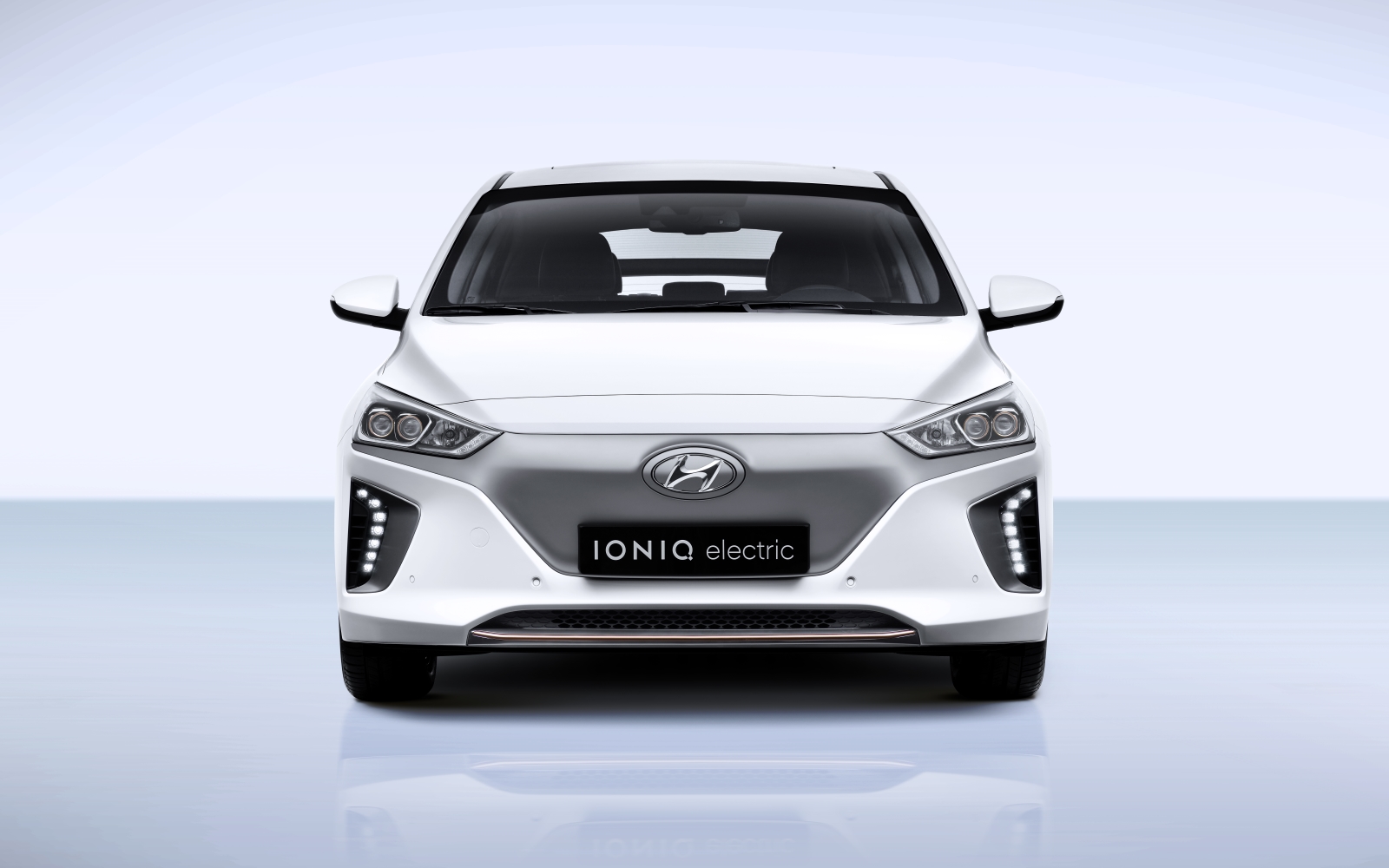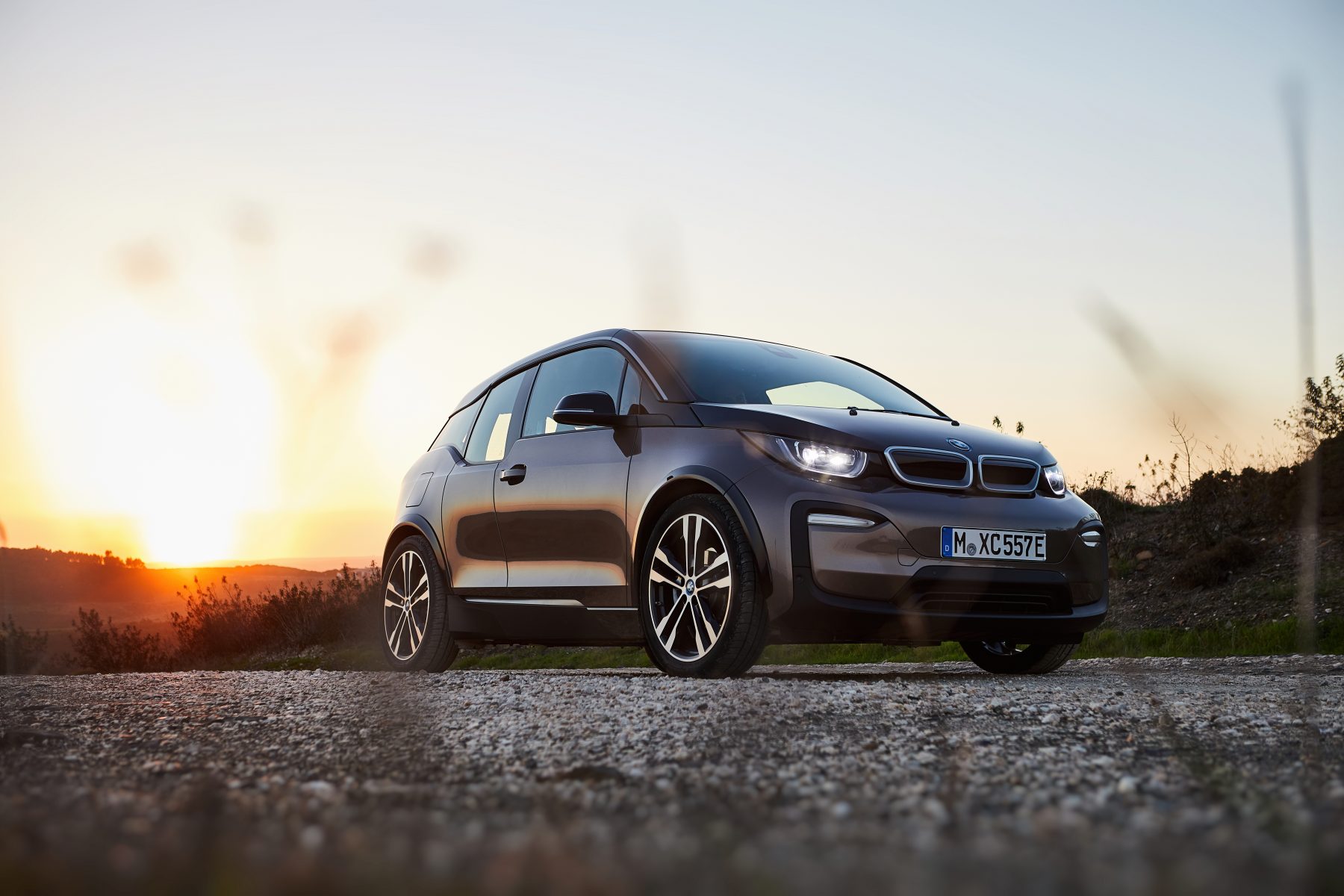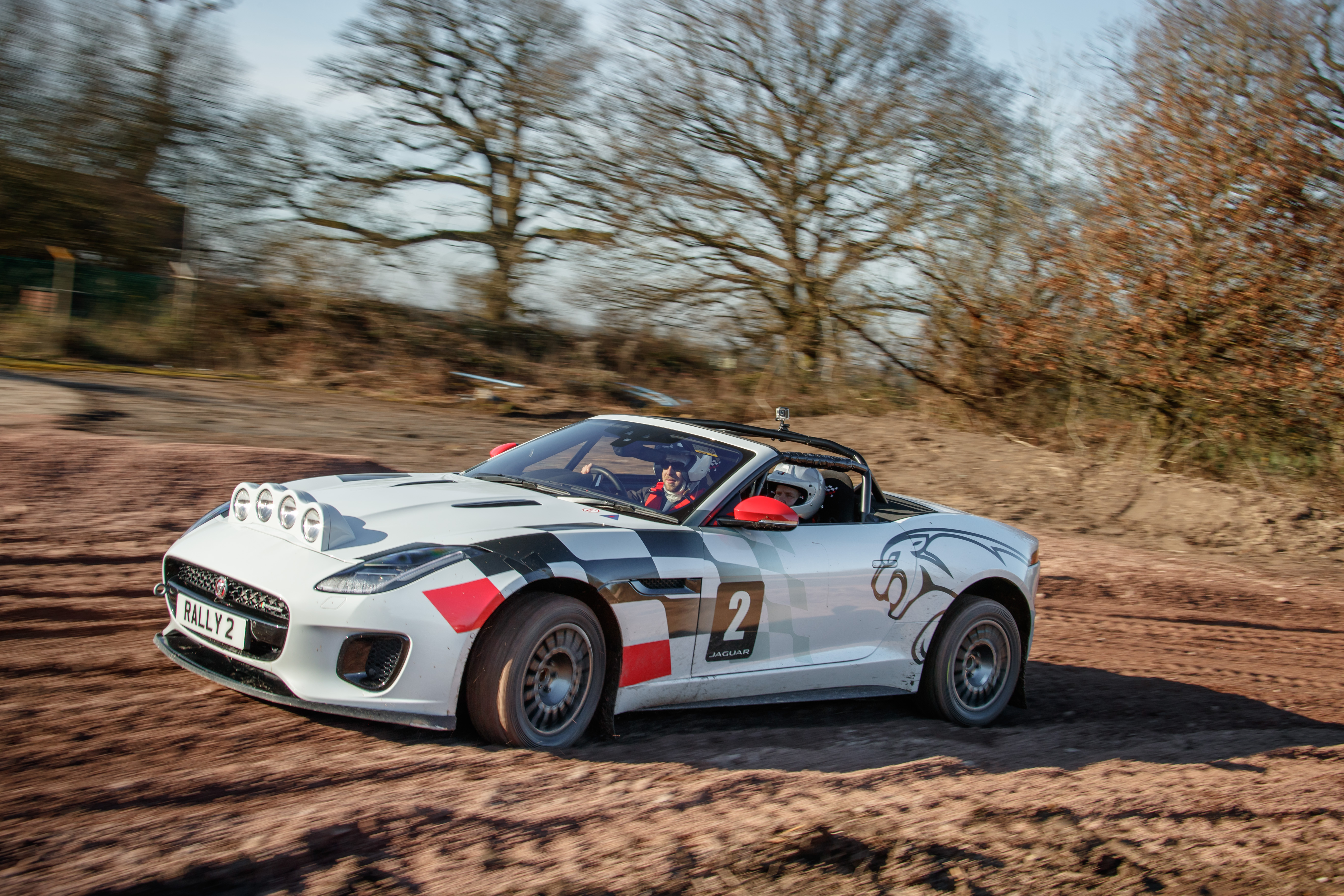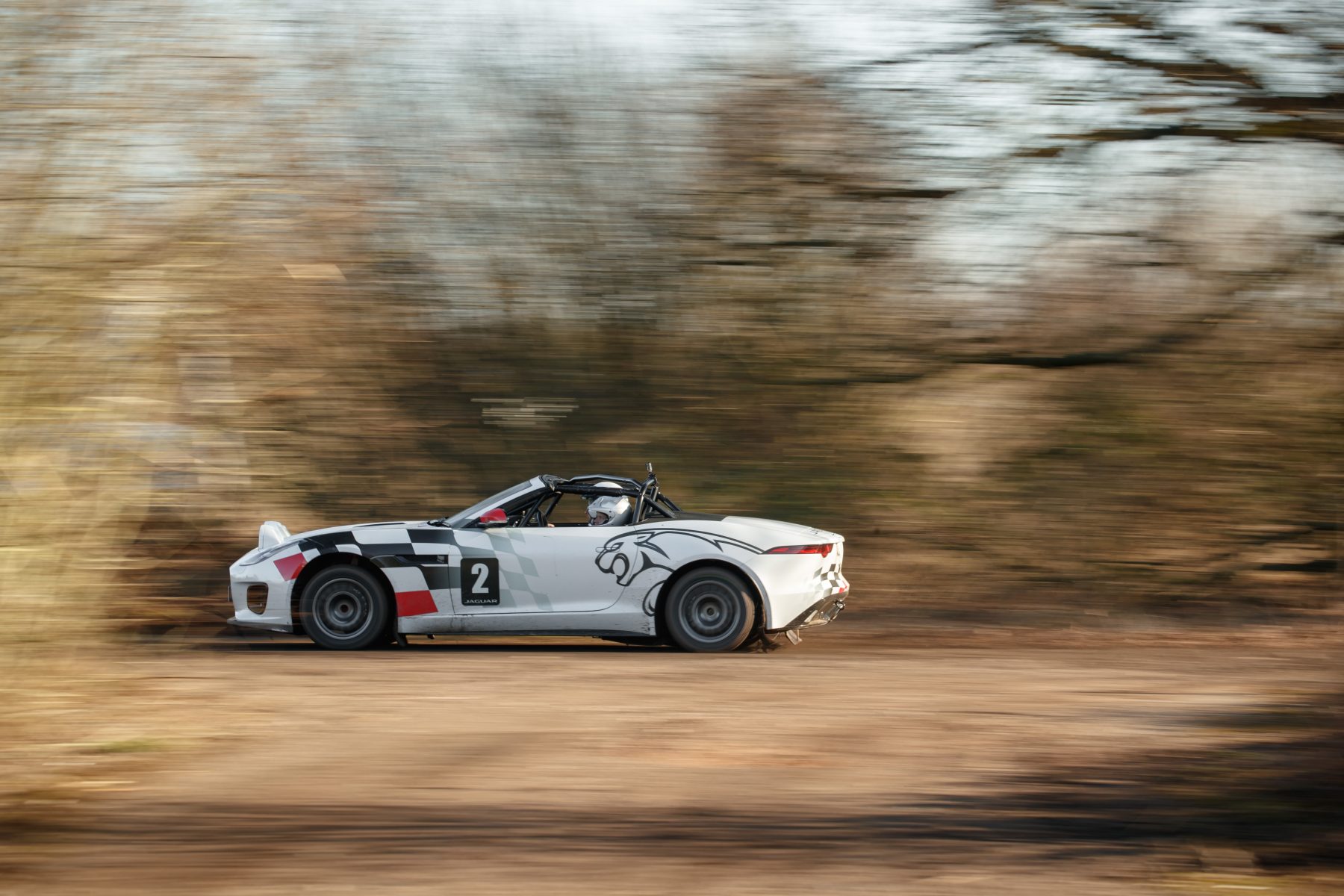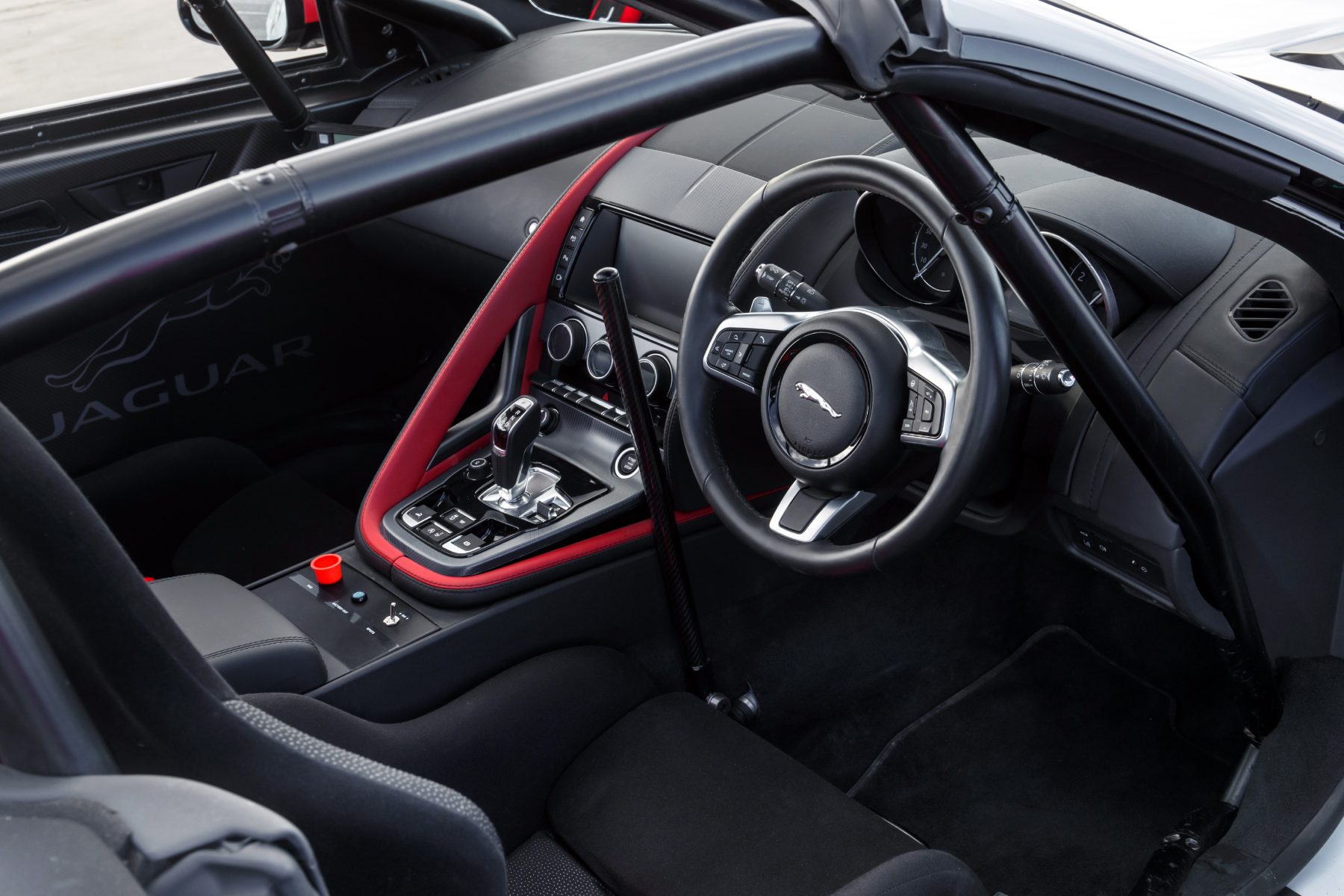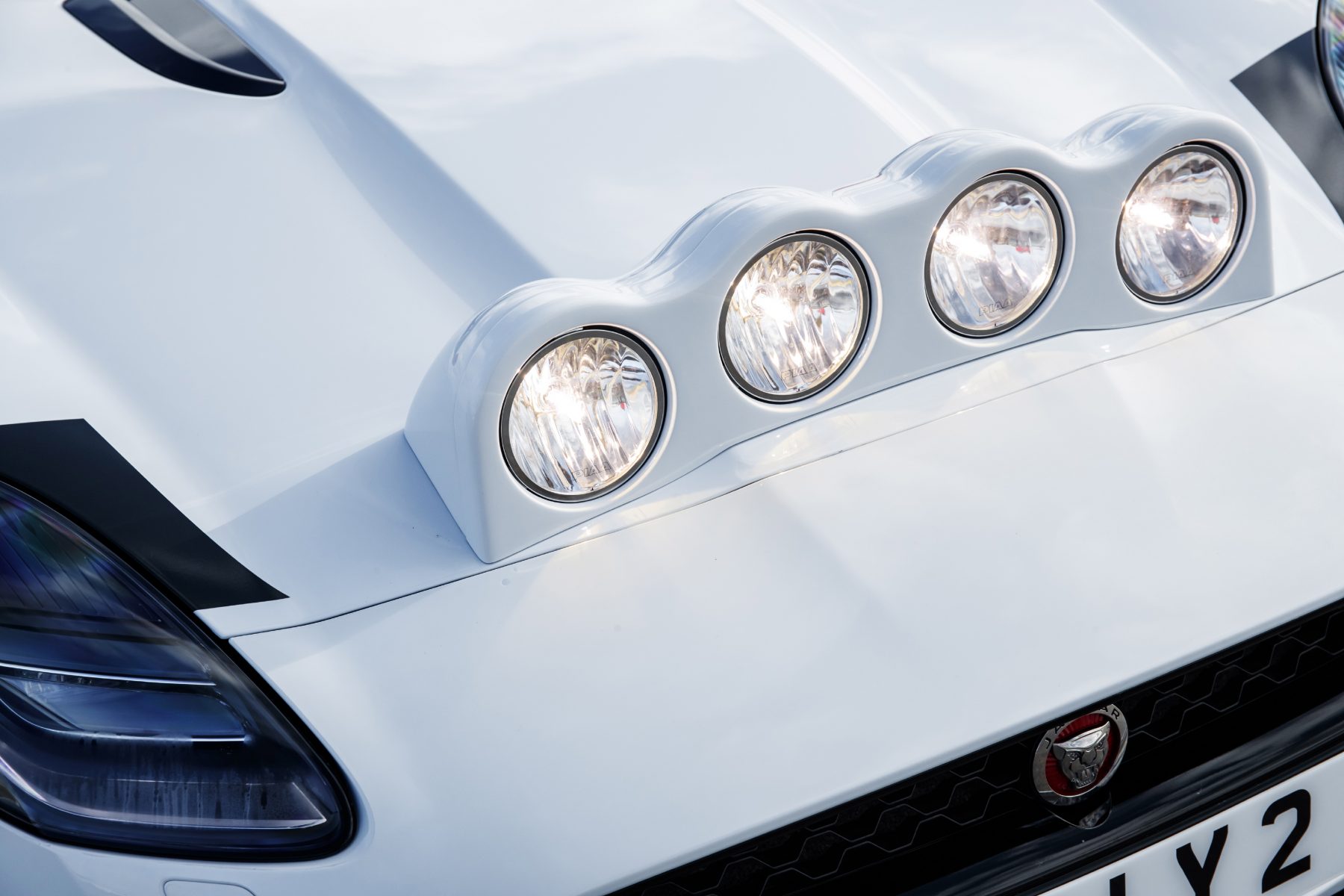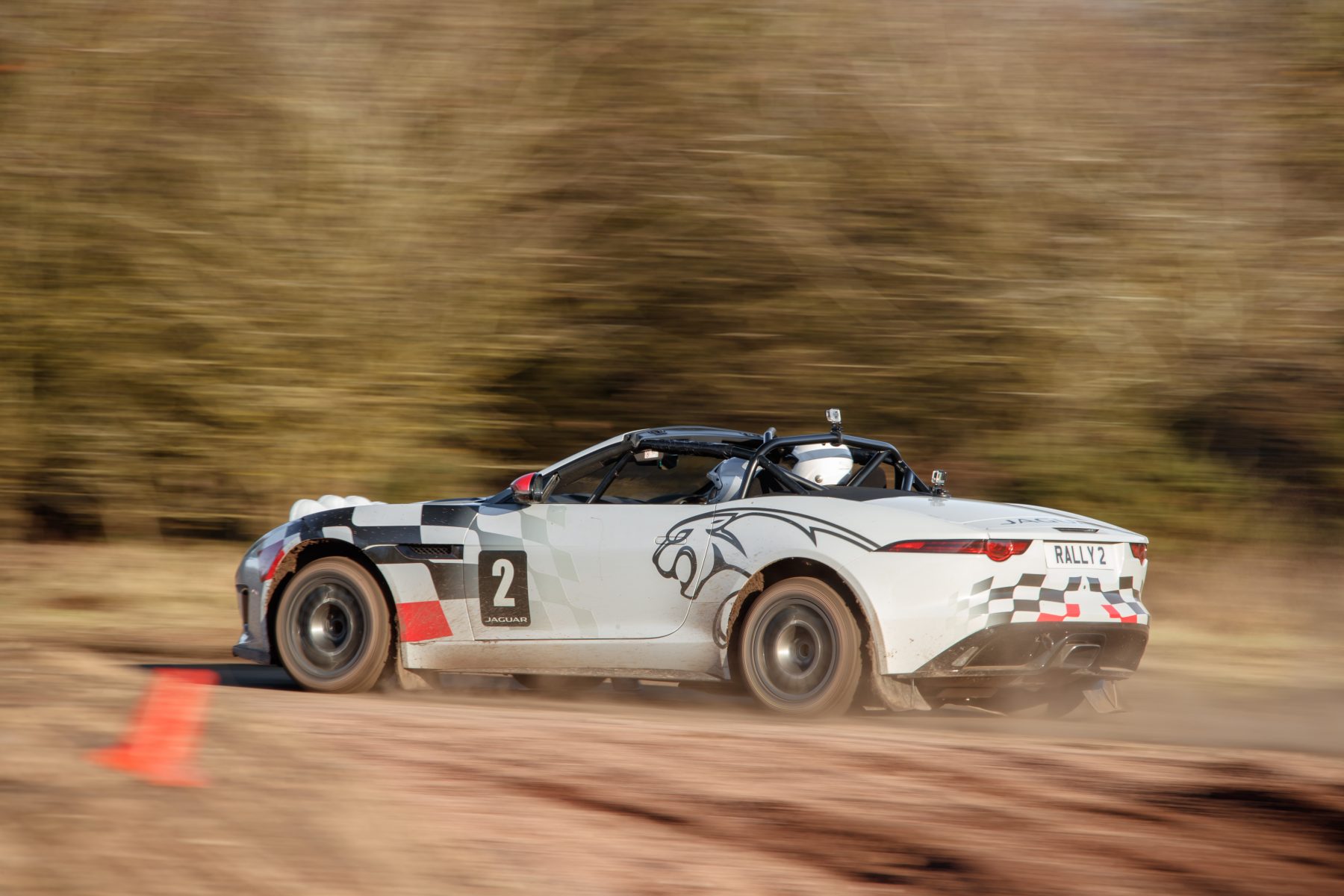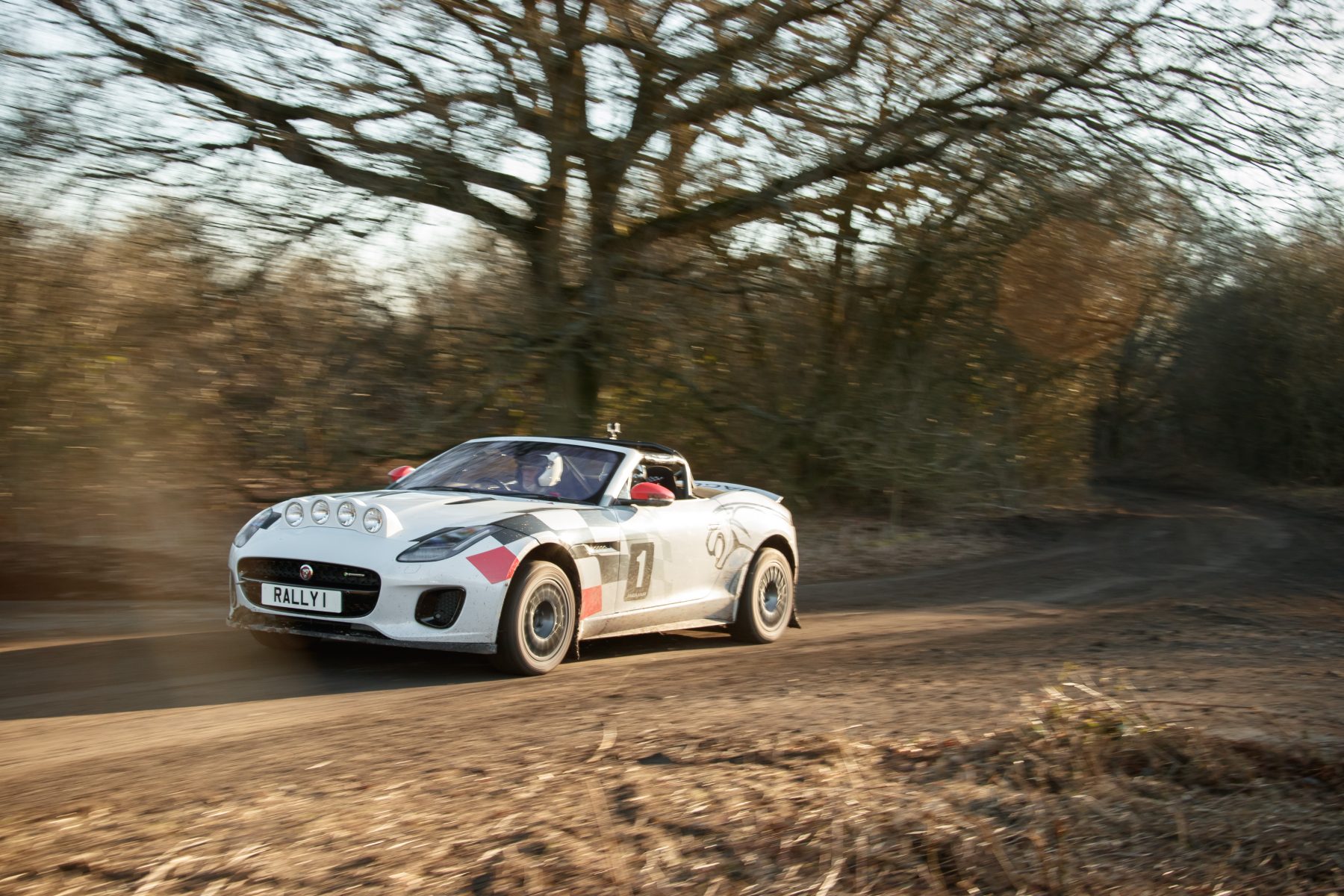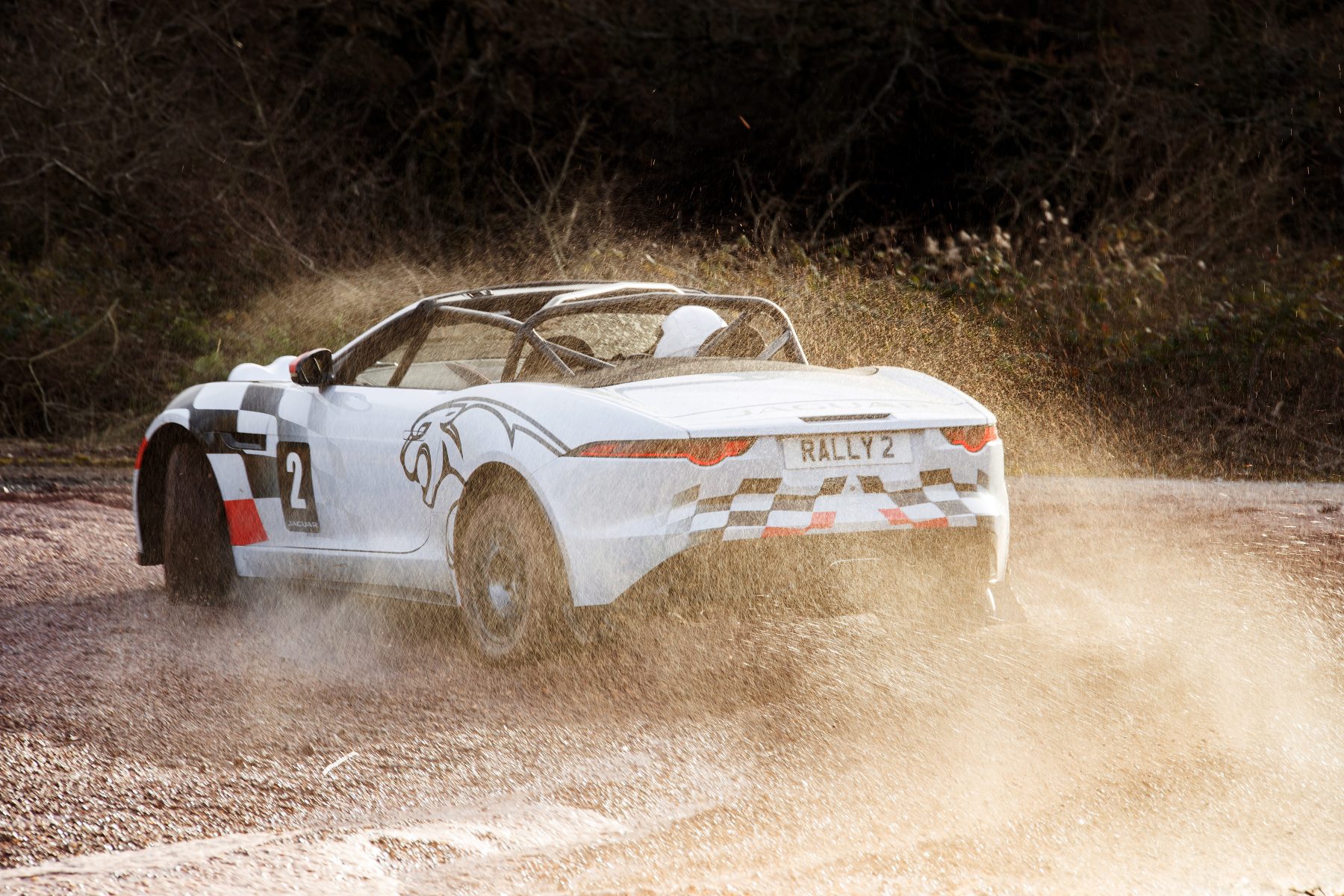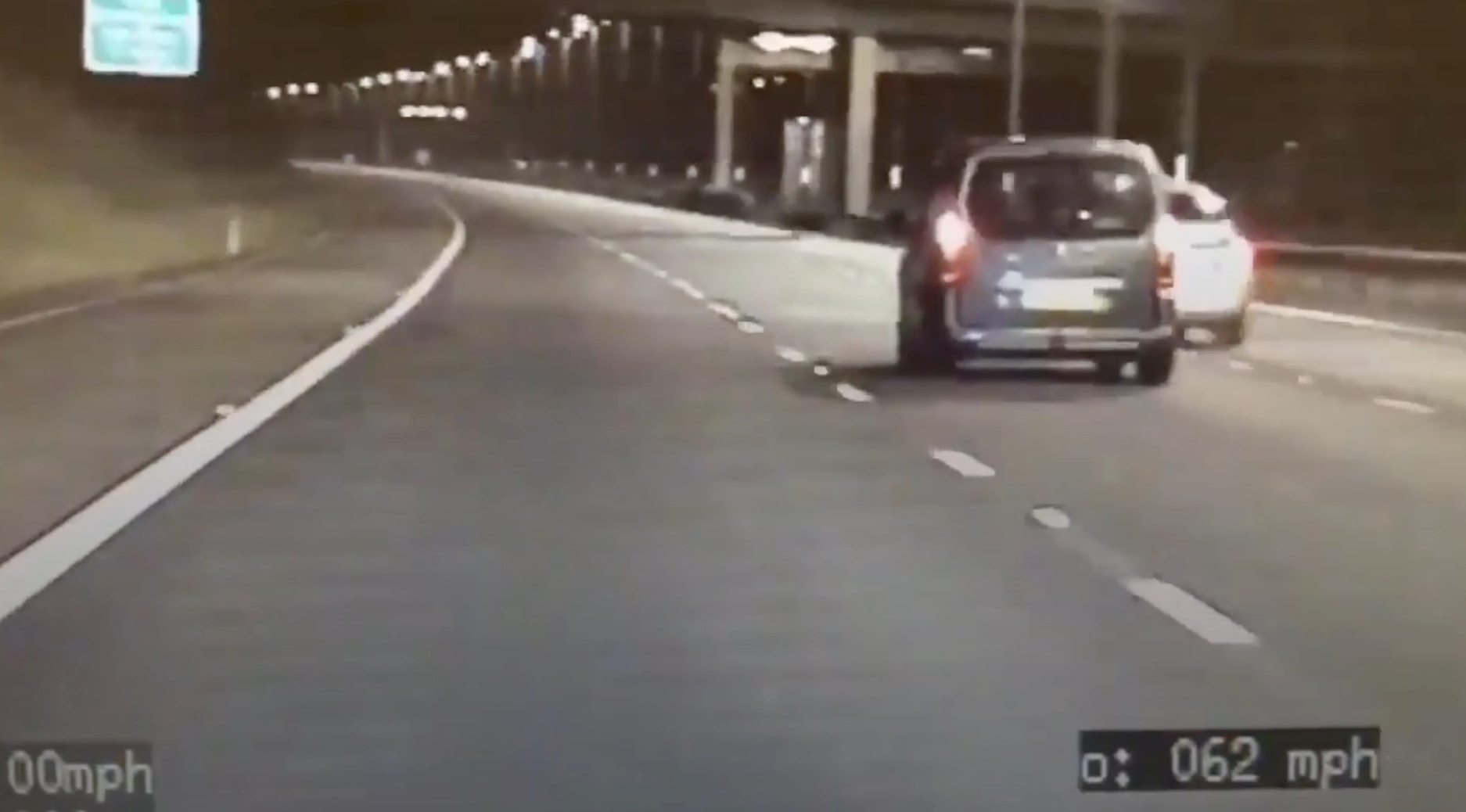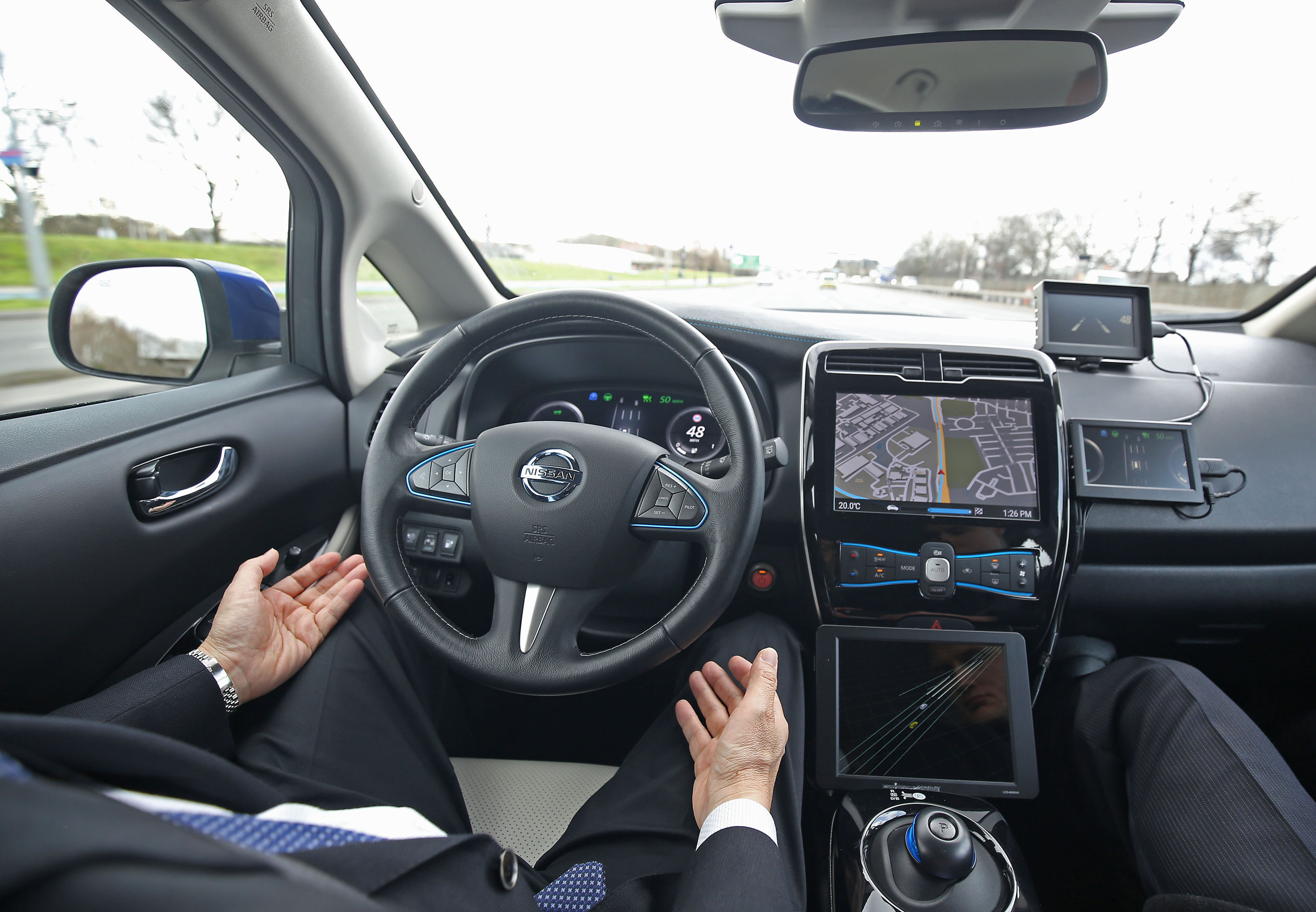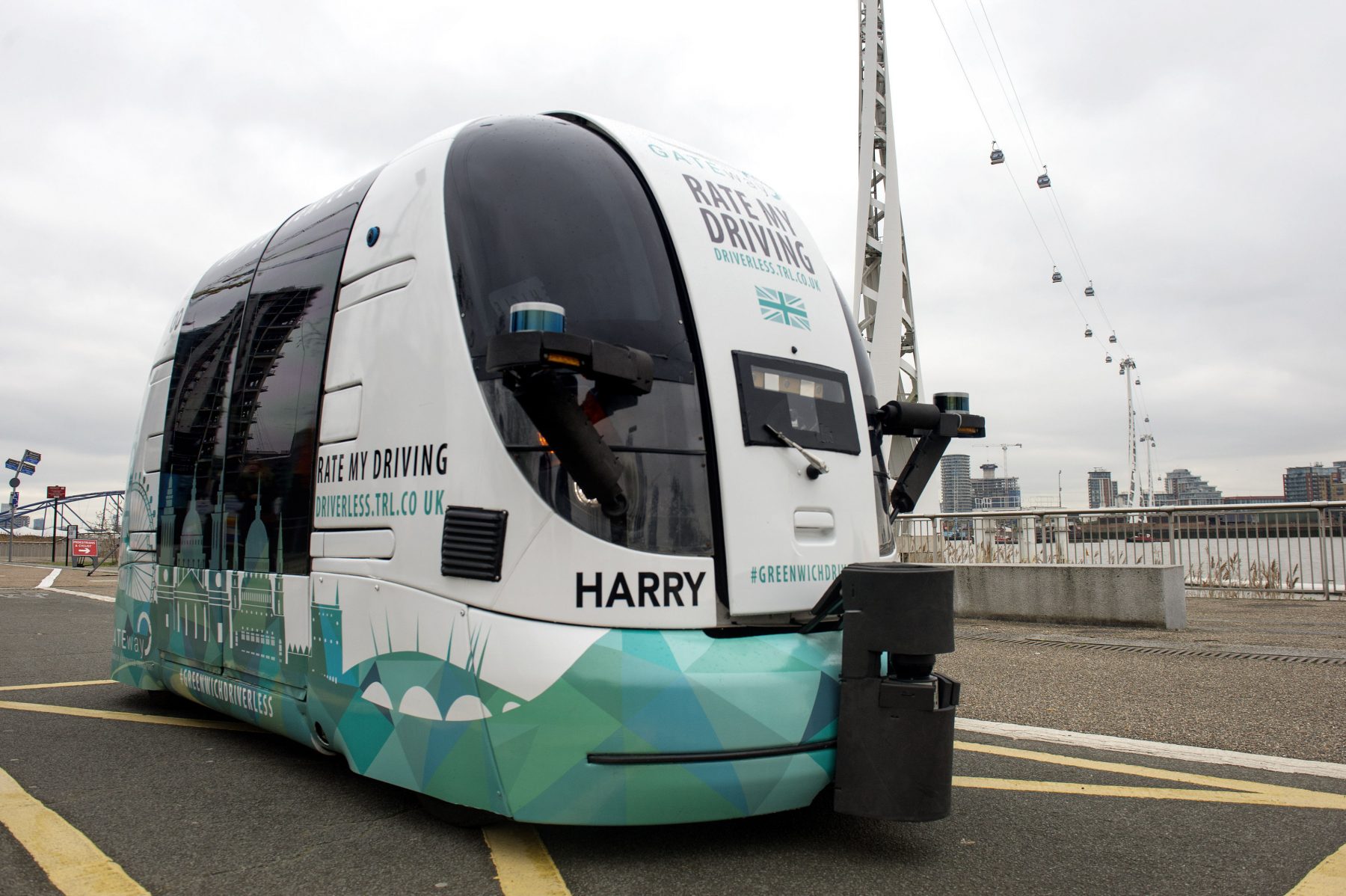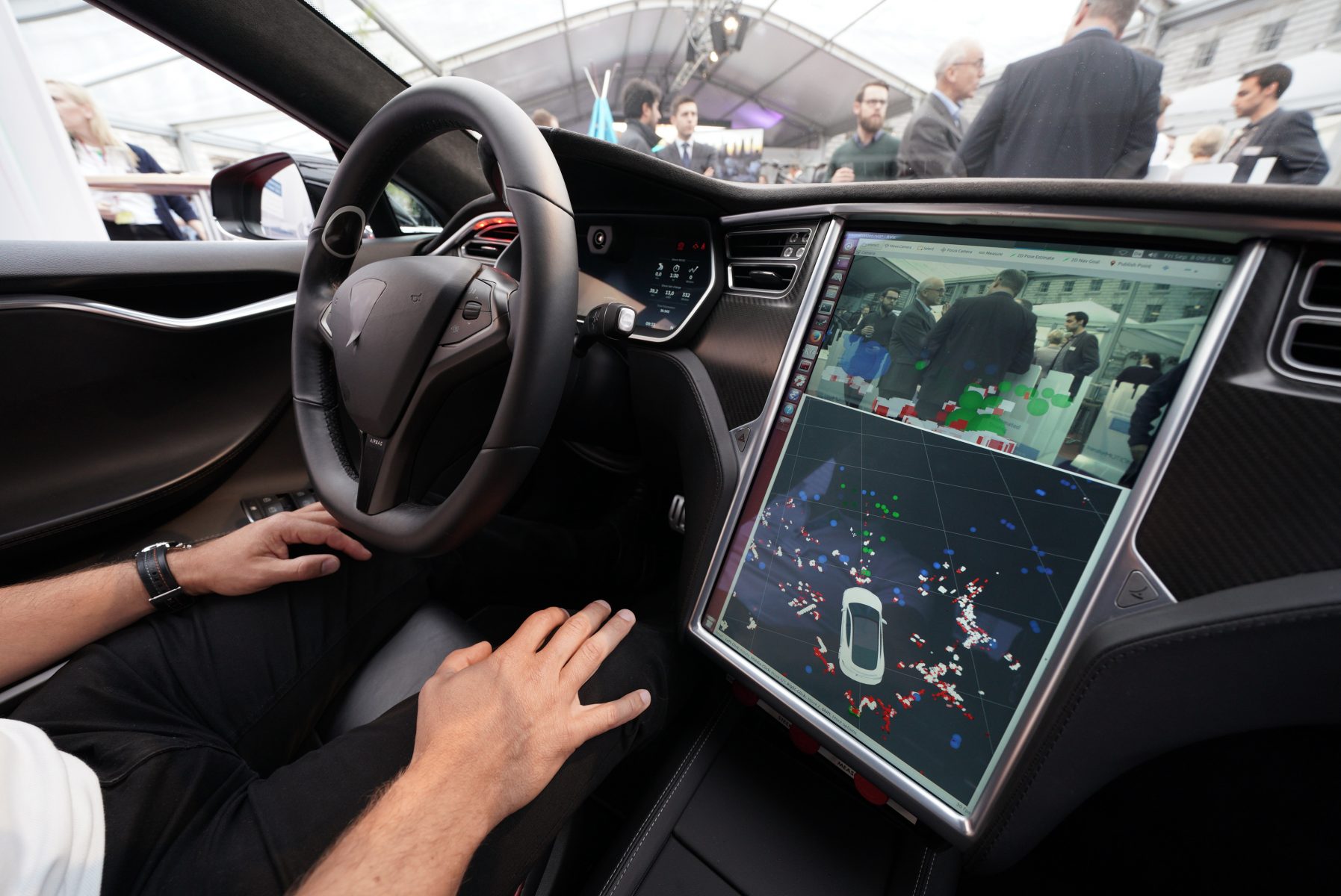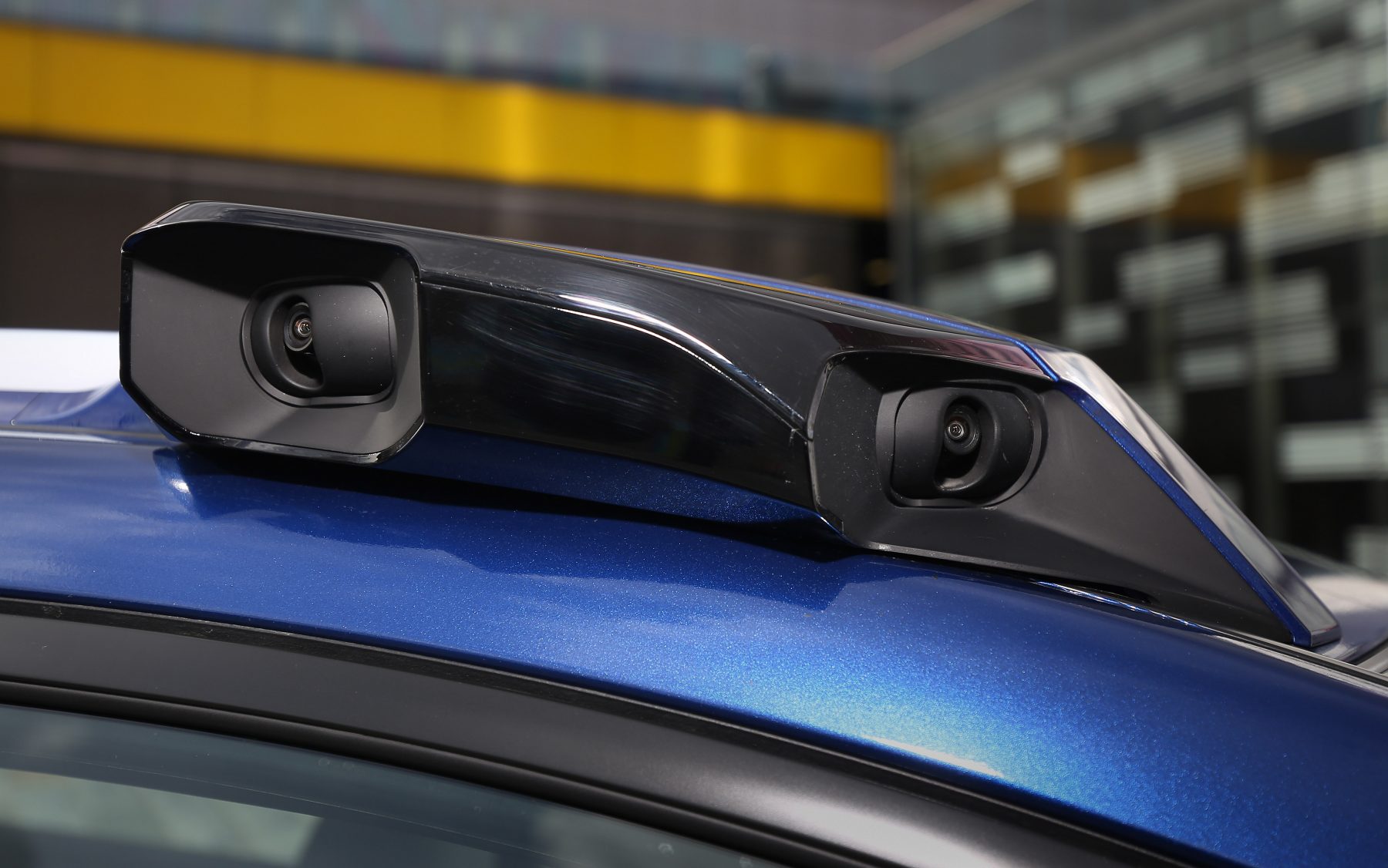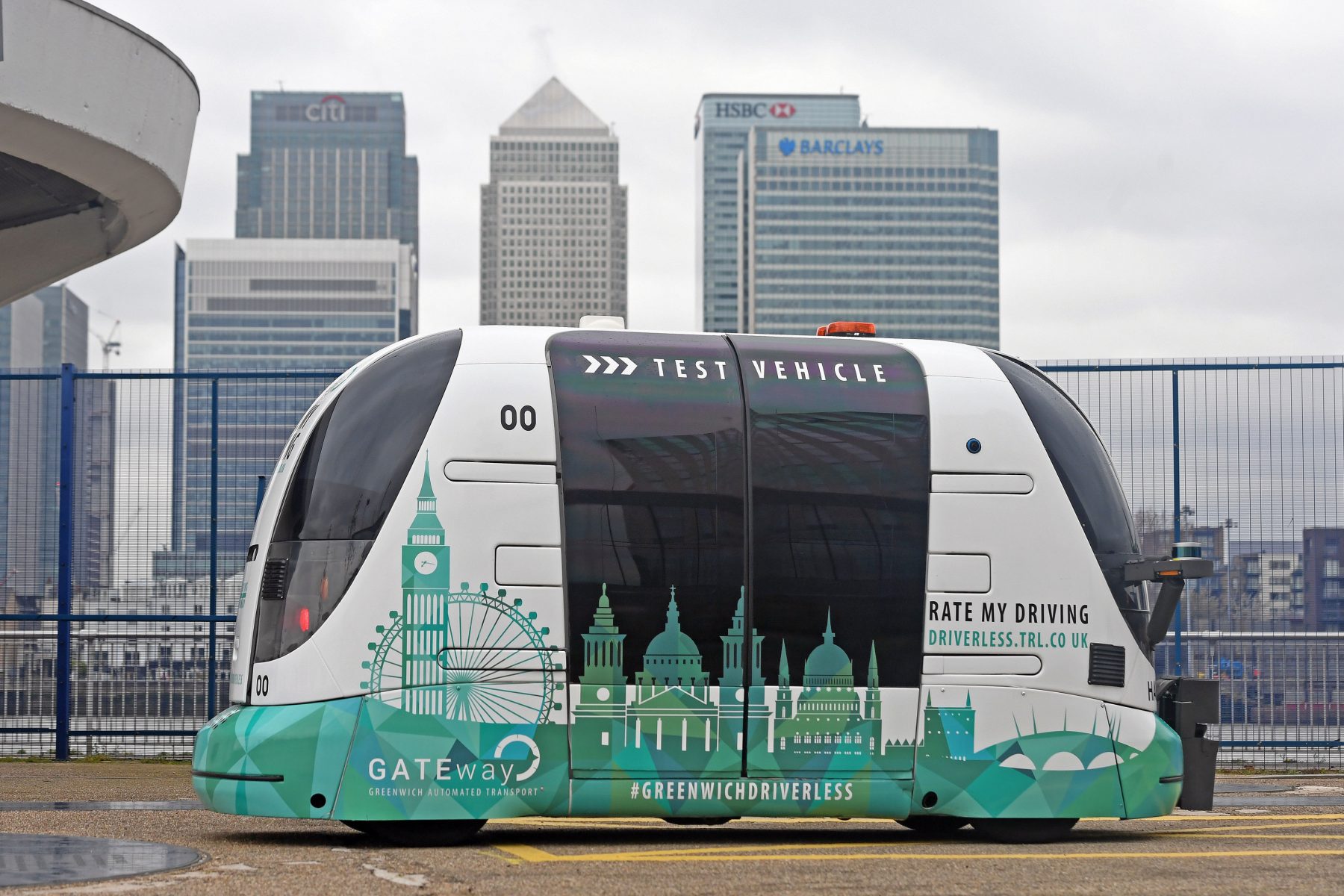What is it?
Seat has had a successful time of it recently. It was the fastest-growing car manufacturer in the UK last year, and has seen sales increase steadily too. This has been bolstered by the introduction of two SUV models — the Ateca and the smaller Arona — which have both gone down a treat with consumers. Now, the Spanish firm is hoping to extend its appeal with this – the Tarraco.
Sitting above the Ateca and Arona in terms of size, it’s aiming to capture the attention of those who want the sporty looks of a Seat, but with a touch more practicality – and seven seats, to boot.
What’s new?
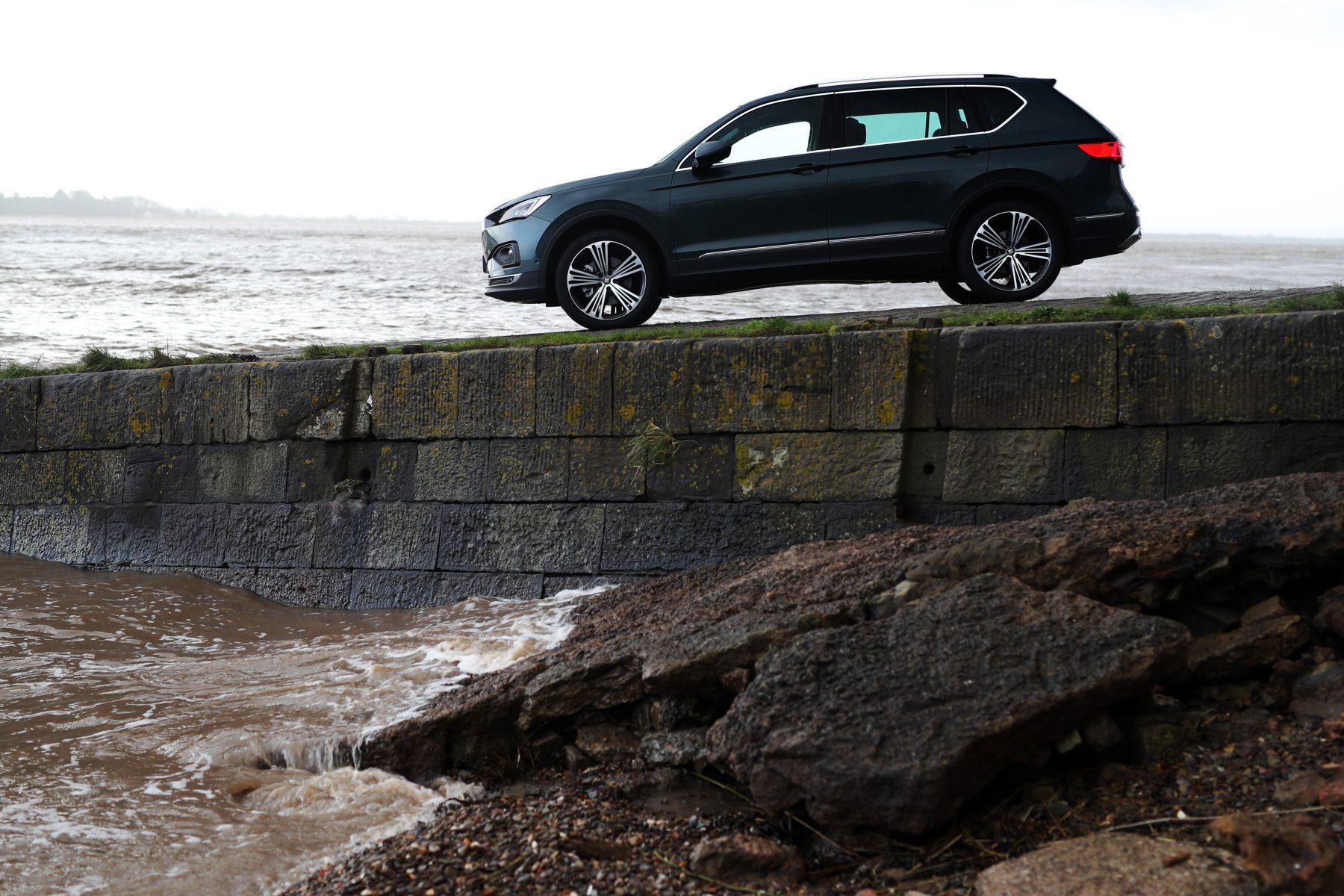
As mentioned, the Tarraco comes into the Seat line-up as the largest SUV the firm offers. It’s underpinned by Volkswagen Group’s MQB-A long wheelbase — the same as the one you’ll find underneath the Kodiaq from sister company Skoda. It means that though the smaller Ateca is restricted to just five seats, the Tarraco can deliver three genuine seating rows, matching the number in the manufacturer’s other seven-seater, the Alhambra people carrier.
But whereas the Alhambra is about out-and-out spaciousness, the Tarraco has been designed to not only be practical, but good to drive too. It’s why you’ll find sporty driving modes fitted, along with all-wheel-drive in certain models.
What’s under the bonnet?
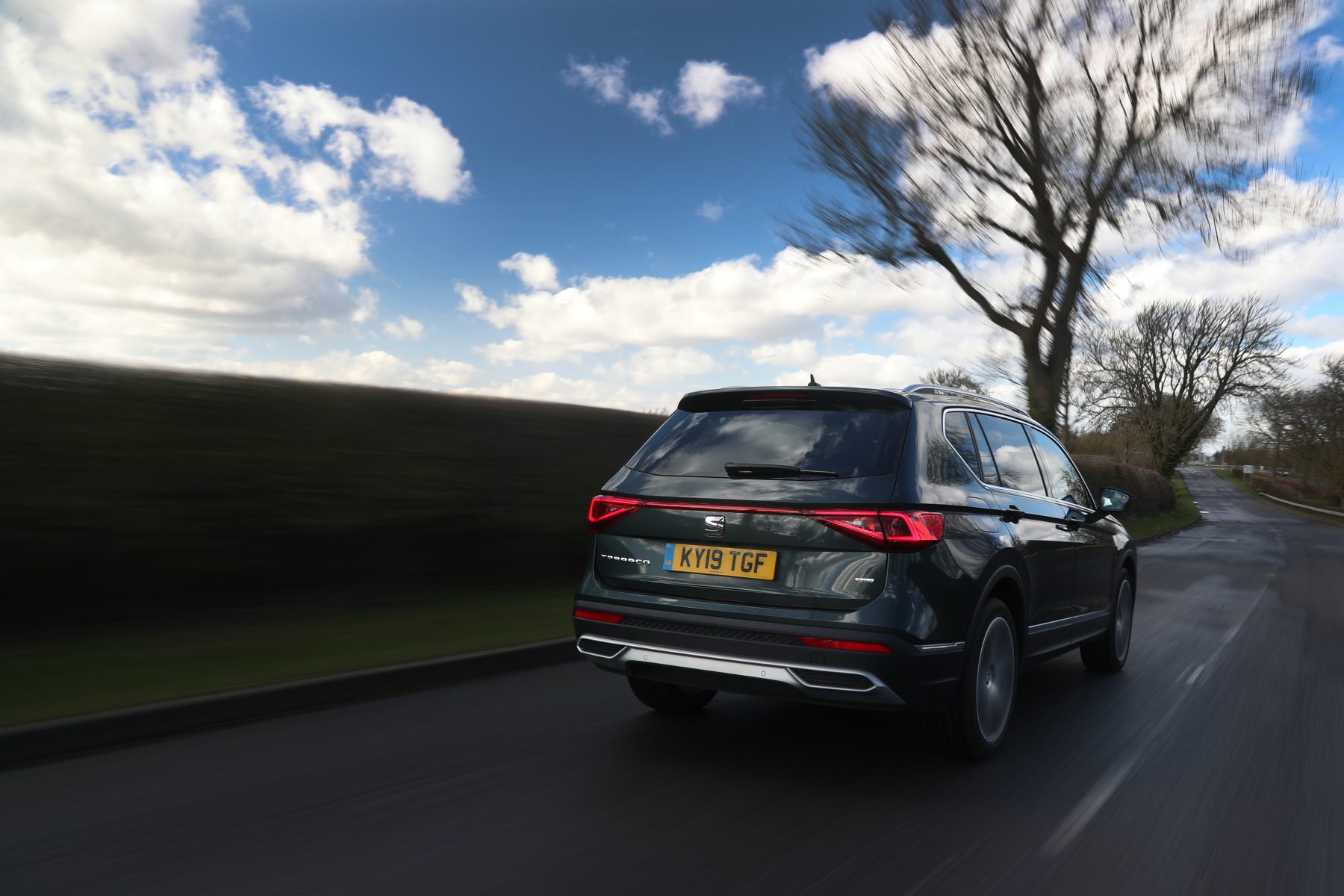
Our test car came fitted with the most powerful diesel on offer – a 2.0-litre turbocharged unit with 187bhp and 400Nm of torque. Here, it sends power to all four wheels via a seven-speed DSG automatic gearbox. Seat says the Tarraco, when powered by this engine, is good for a 130mph top speed and will do the 0-60mph sprint in a very respectable 7.8 seconds.
Economy-wise, it’s par for the course in this segment. The 2.0-litre engine puts out 147g/km CO2, and will return between 37.2 and 38.2mpg on the combined cycle.
There’s just one other diesel option, and that uses the same 2.0-litre lump, albeit with 148bhp. Then there’s a 1.5-litre turbocharged petrol (Seat expects this to be one of the most popular), and a more powerful 2.0-litre petrol too.
What’s it like to drive?
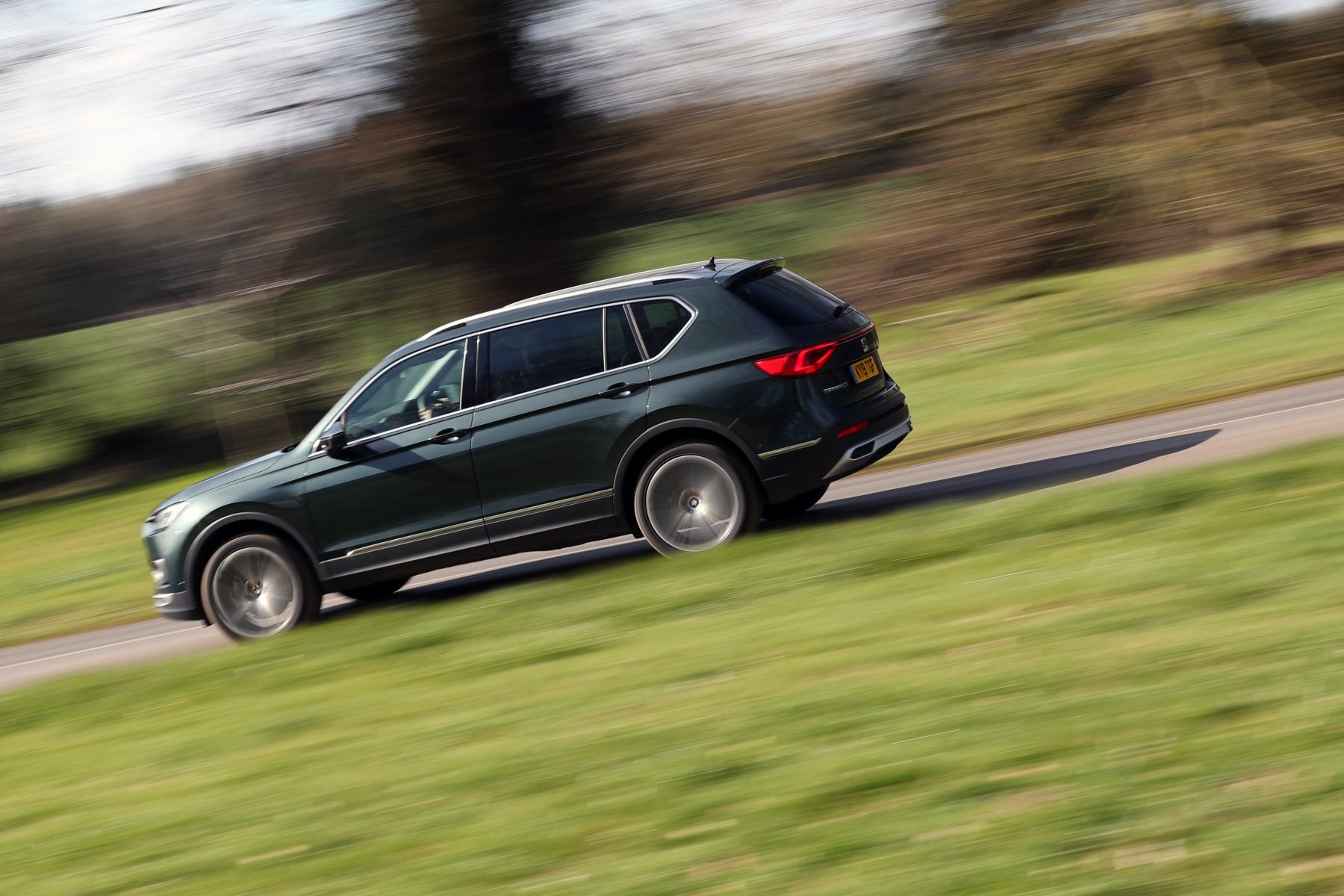
Seat has always pitched itself towards the more driver-orientated end of the market, and while that may make sense with hot hatchbacks, it doesn’t key in quite as well with the seven-seater, family-angled end of the segment. Fortunately, it has dialed back things with the Tarraco; the steering is relatively light around town (which makes it easy to pilot at slow speeds), while the DSG gearbox in our test car shifted smoothly when up and running – though power delivery can be a touch sluggish when going from a dead stop.
Our only issue came with the ride; the 20-inch alloys fitted to our test car may look excellent, but add a level of harshness that you don’t expect from a car of this type. We tested another vehicle on smaller 18-inch units and this helped ease the problem, though it still wasn’t eradicated completely.
How does it look?
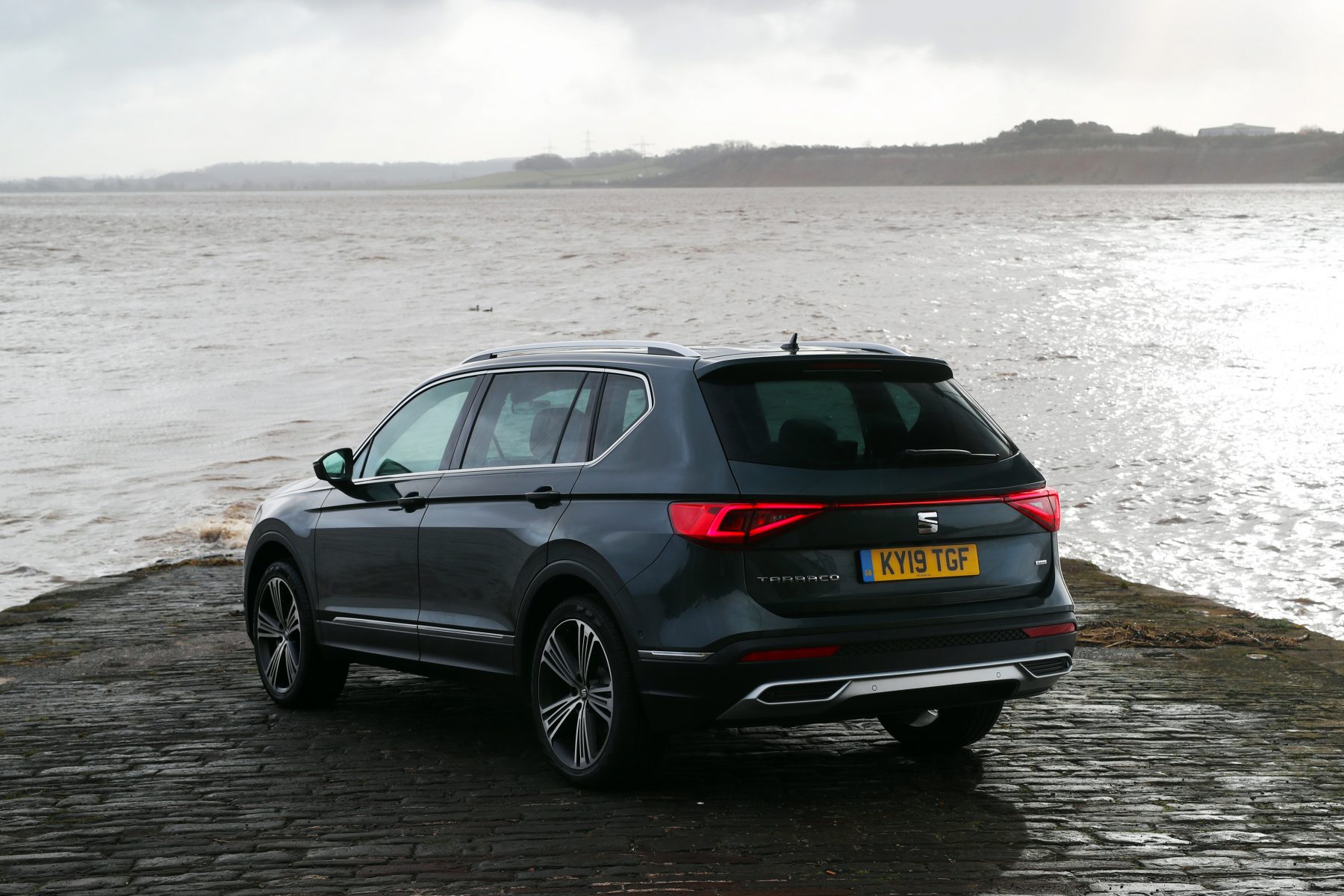
Seat has applied some new features to the Tarraco to help differentiate it from the rest of the range, while still maintaining some degree of lineage from the rest of its line-up. It’s why the headlamps are in a similar sleek design to the Ateca, but set further back up the bonnet. And while the sharp crease line running along its flank may appear similar to that seen on the Arona, it’s longer and bolder, giving the seven-seater a more dynamic appeal.
Overall, it’s a well-executed design. The full-width brake light at the rear is certainly eye-catching, and the variety of chrome elements dotted along the car’s exterior make for a premium-looking vehicle.
What’s it like inside?
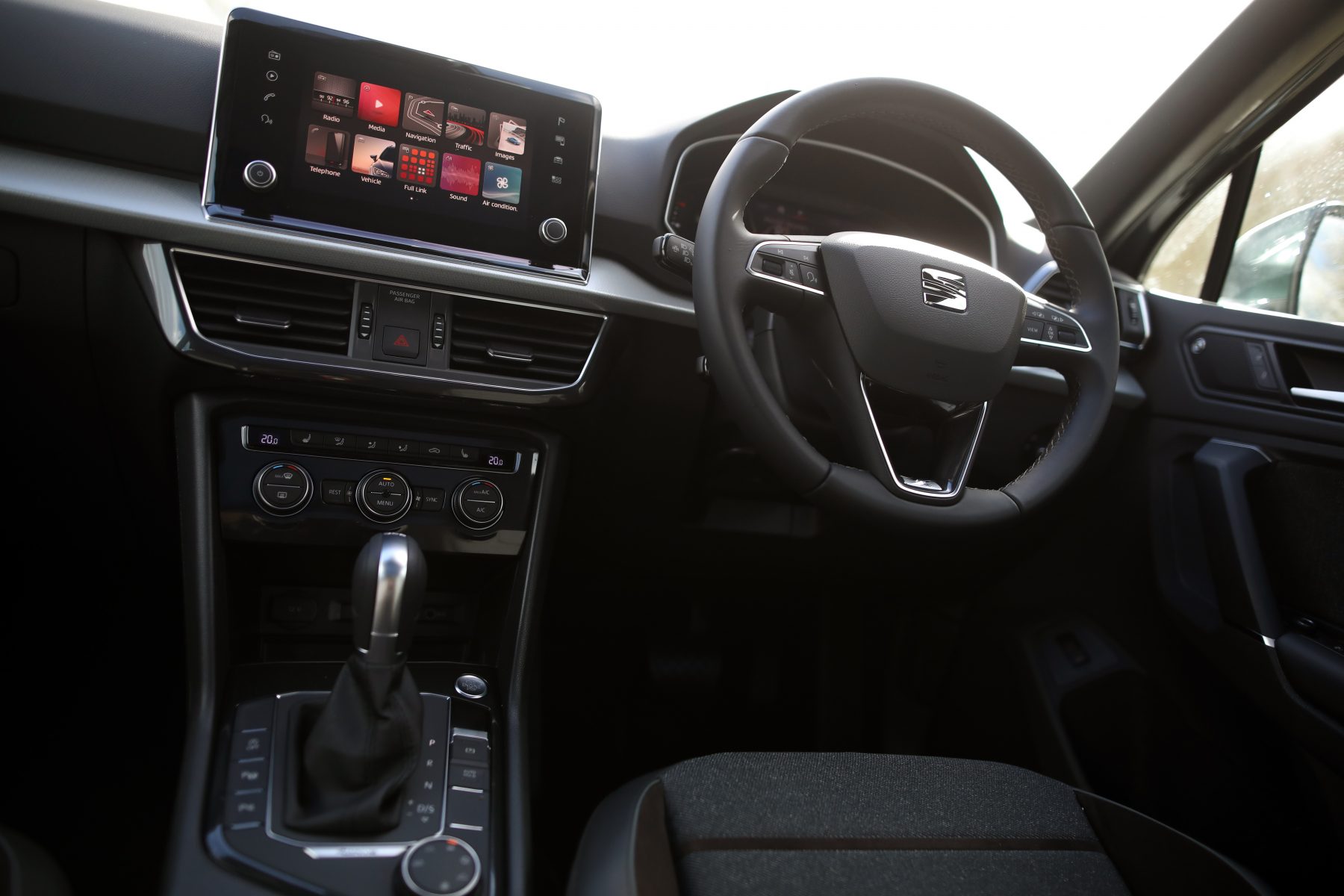
Because of its Volkswagen Group connections, the interior of the Tarraco is likely to feel familiar to anyone who has been in a current-generation Tiguan, Karoq or Golf. That’s no bad thing whatsoever; it’s very well put together, with decent materials used throughout. Chrome accents at the front of the cabin help brighten it up, while the widescreen infotainment screen gives it a high-tech feel.
But though tech is all well and good, how does the Tarraco do in an area where’s it important in this segment – spaciousness? For the most part, very well. The first and second rows are roomy, with big windows helping to give an airiness to the cabin. And while the third row of seats may not be a favourite place to be for adults, they’ll be more than enough room back there for children.
In terms of boot space, there’s 230 litres to play with when that third row is in place, rising to 700 litres with it folded down. With both third and second rows flat, there’s a huge 1,775 litres on offer.
What’s the spec like?
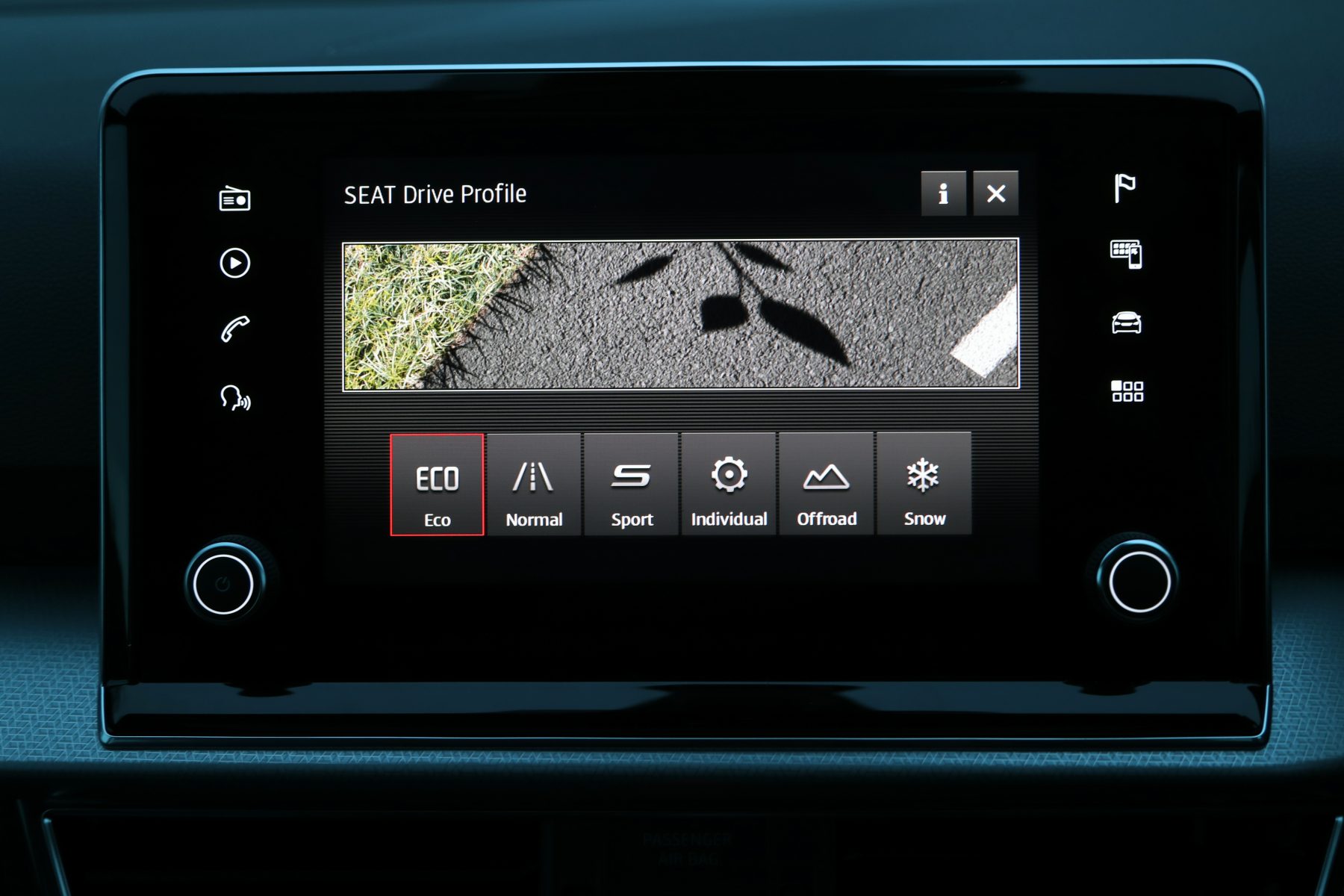
Seat has simplified its trim levels, and essentially eliminated any optional extras. In fact, you’re only able to add a space saver spare wheel, a tow bar or panoramic sunroom — and that’s it. Otherwise, you have to pick from one of four trim lines; SE, SE Technology, Xcellence and Xcellence Lux. Our test car was finished in the final and most luxurious trim level, which brings with it a multitude of features – though it’s worth noting that even base-spec cars get an eight-inch central touchscreen and 10.2-inch digital cockpit fitted as standard.
Xcellence Lux cars get 20-inch alloy wheels, front sports seats and a top view camera, as well as heated front and outer rear seats. In truth, the standard specification is so comprehensive that we’d struggle to see many drivers wanting for more features.
Verdict
The Tarraco may be yet another entry into the SUV segment, but it’s one well worth considering. It’s laden with standard equipment, is spacious and practical too. The ride may be harsh, but stick to smaller-wheeled versions and it’s unlikely to be troublesome to most. The diesel engine fitted to our test car fitted the character of the vehicle, and will suit long-distance drivers. However, the variety of other powertrains means there’s undoubtedly going to be one for all buyers.
Facts at a glance
Model as tested: Seat Tarraco
Price as tested: £40,090
Engine: 2.0-litre turbocharged diesel
Power (bhp): 187
Torque (Nm): 400
Max speed (mph): 130
0-60mph: 7.8
MPG: 37.2-38.2
Emissions (g/km): 147

